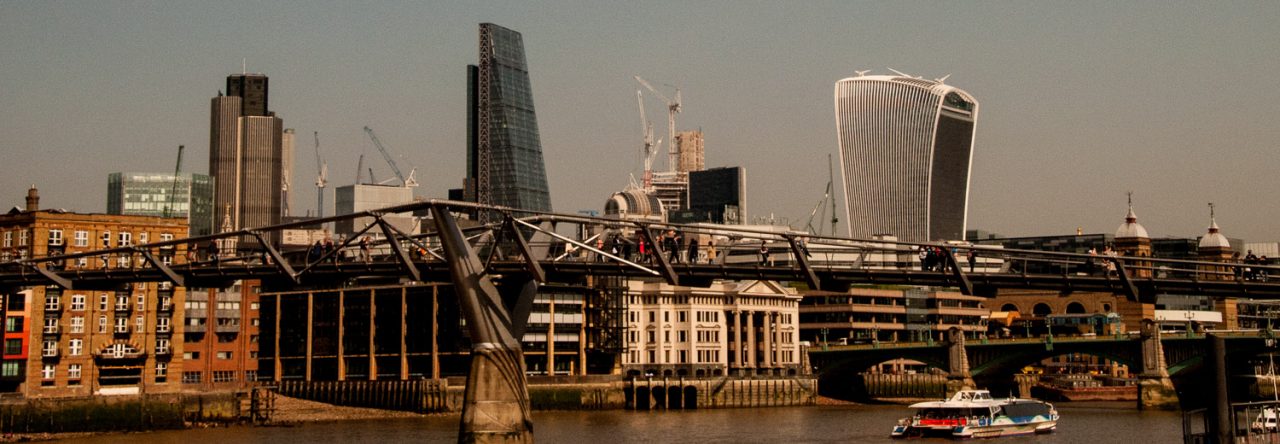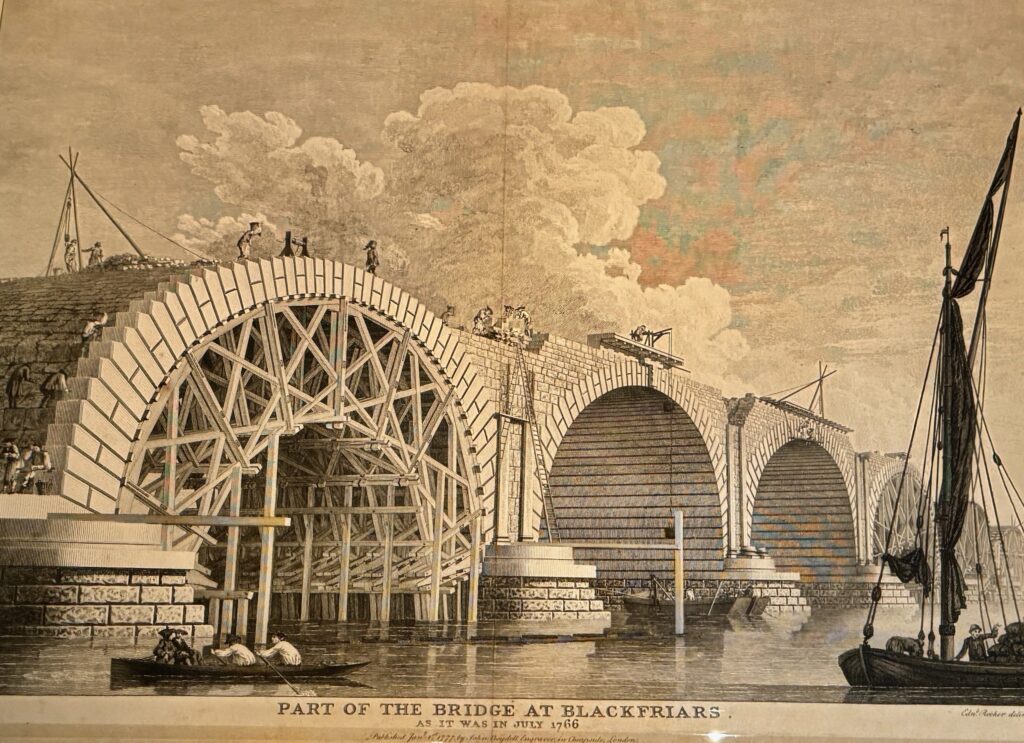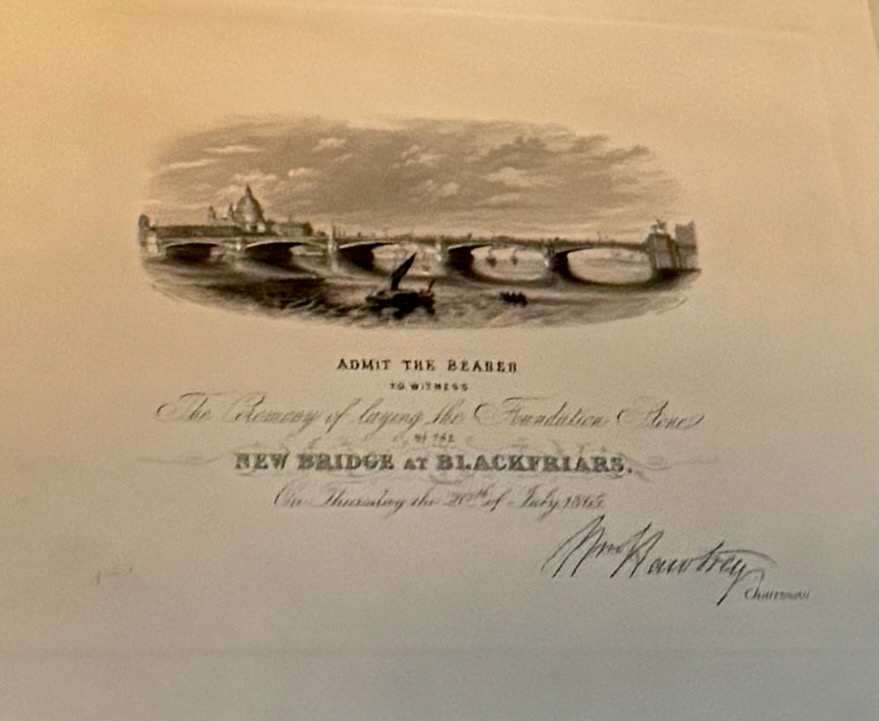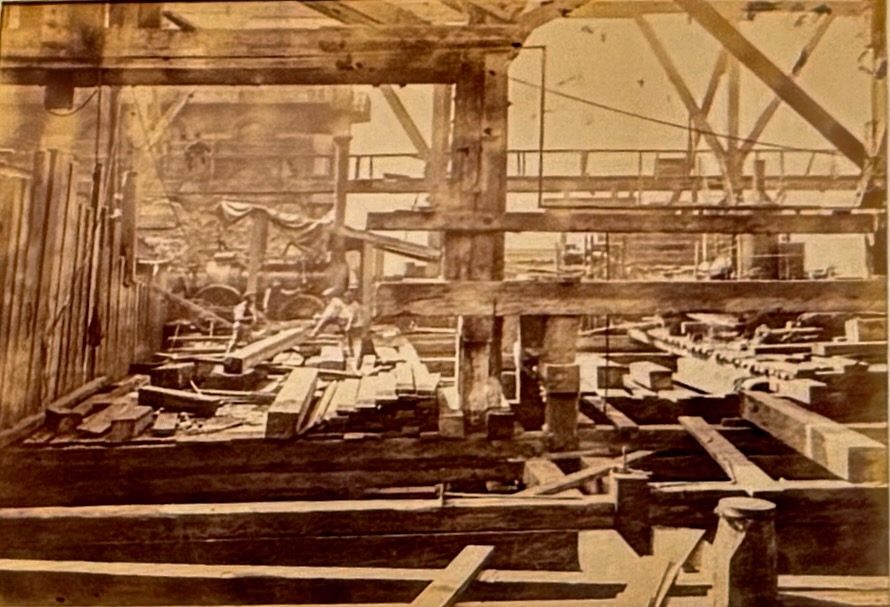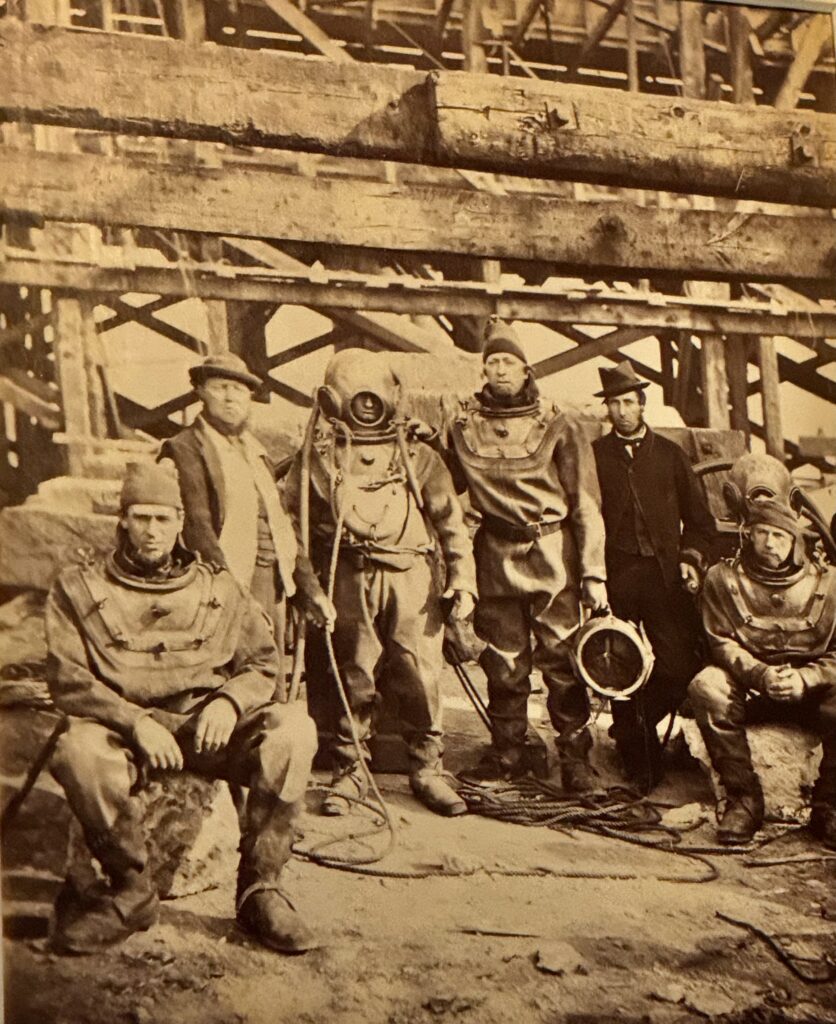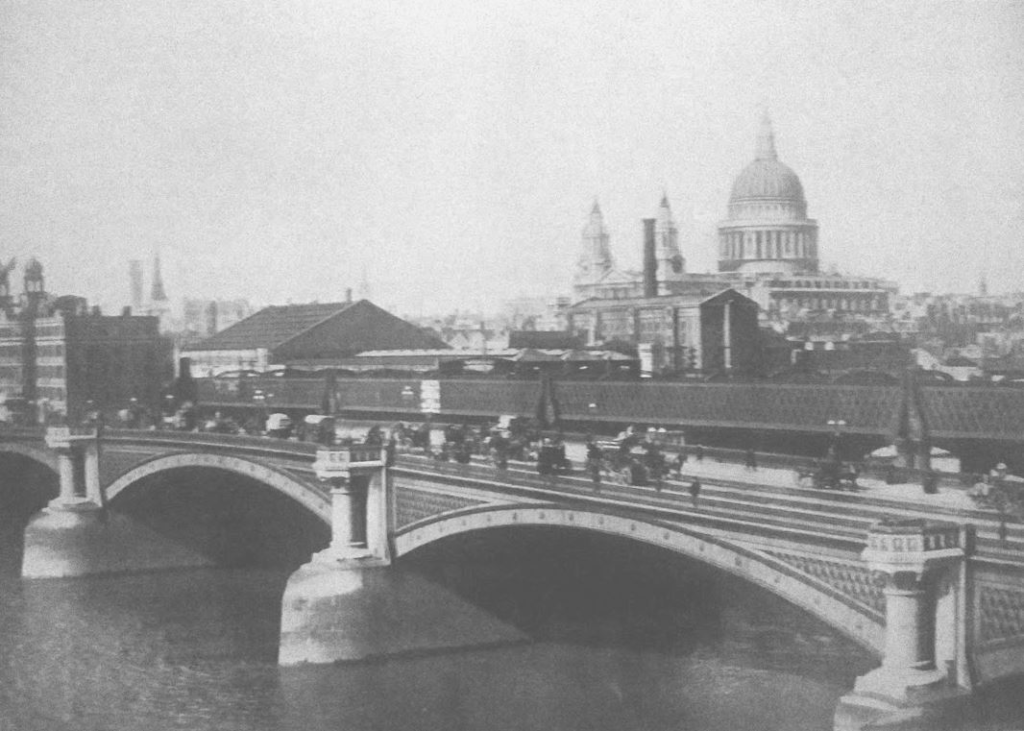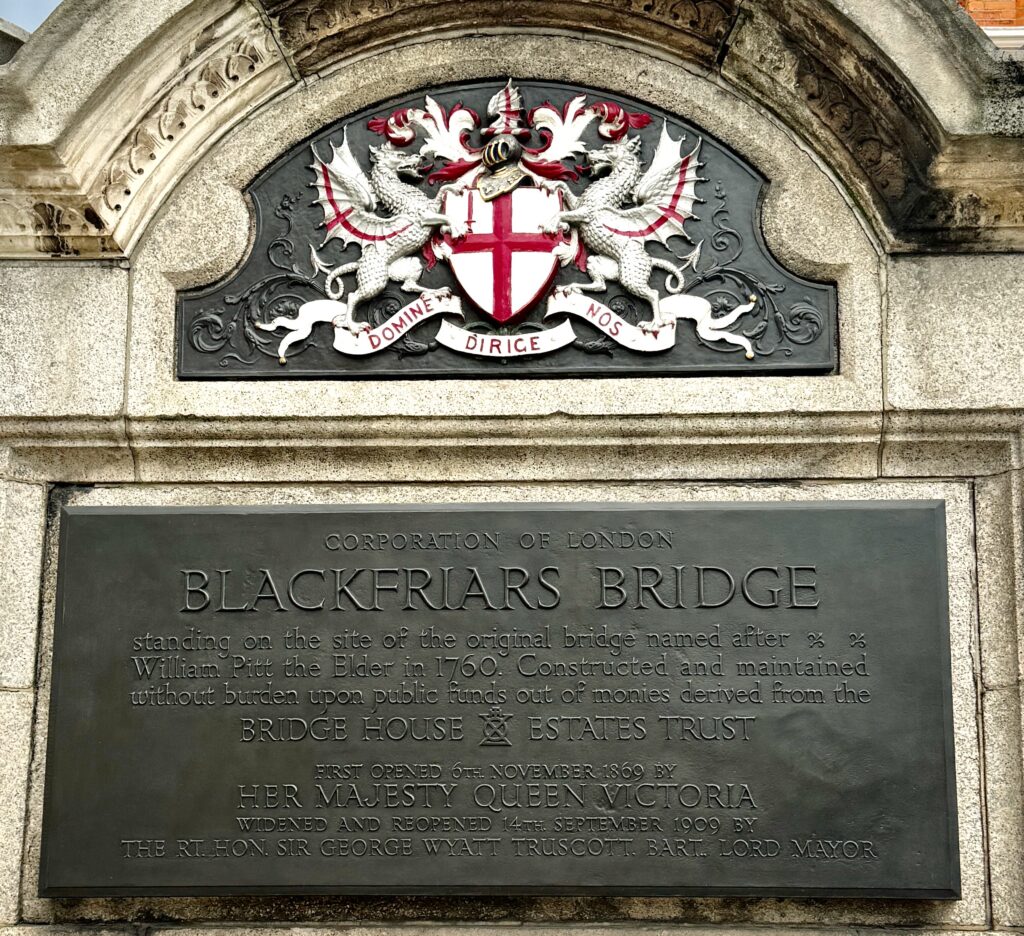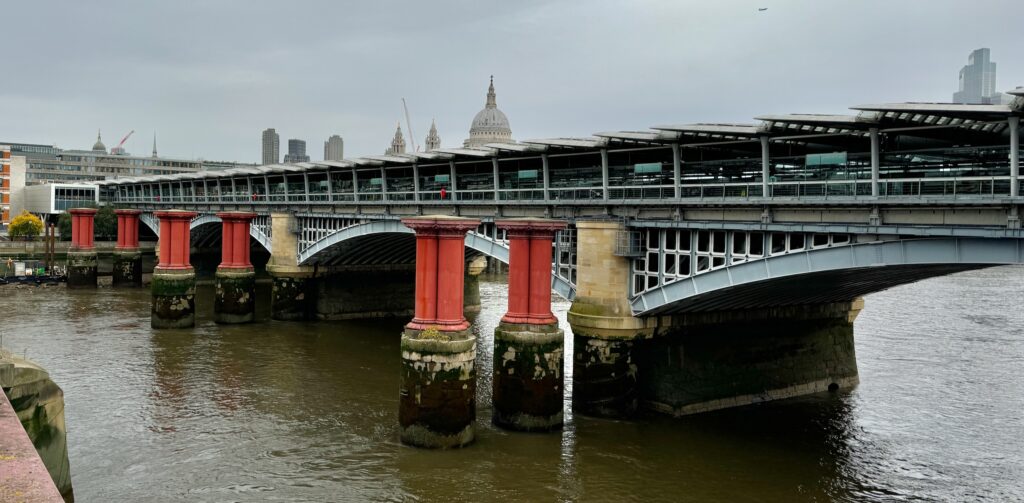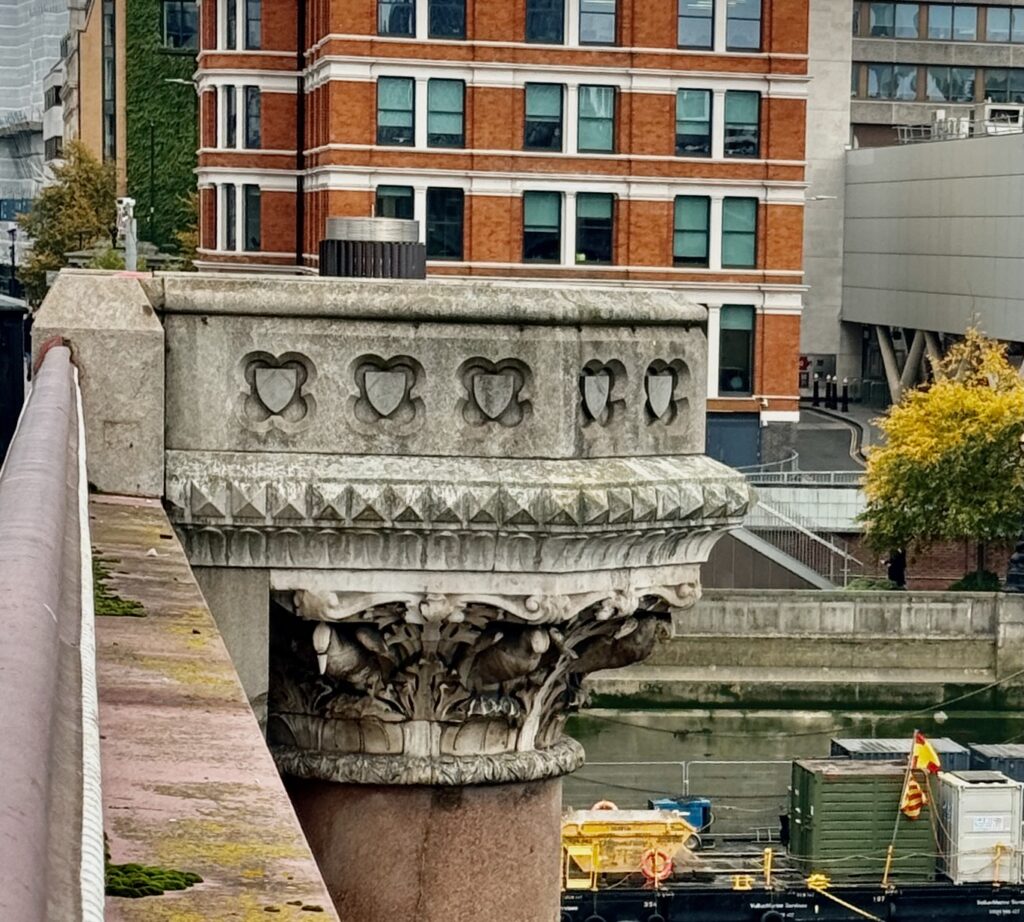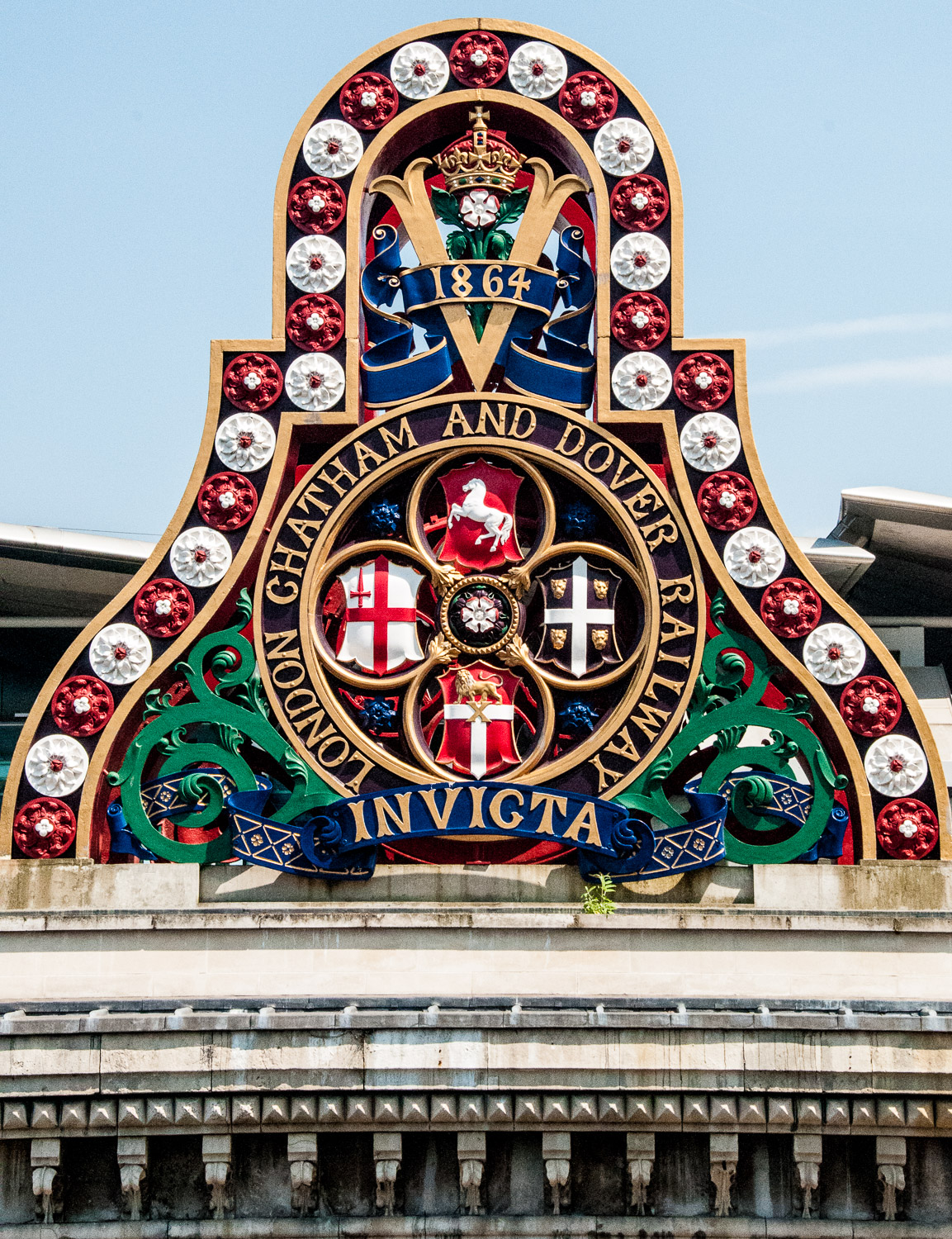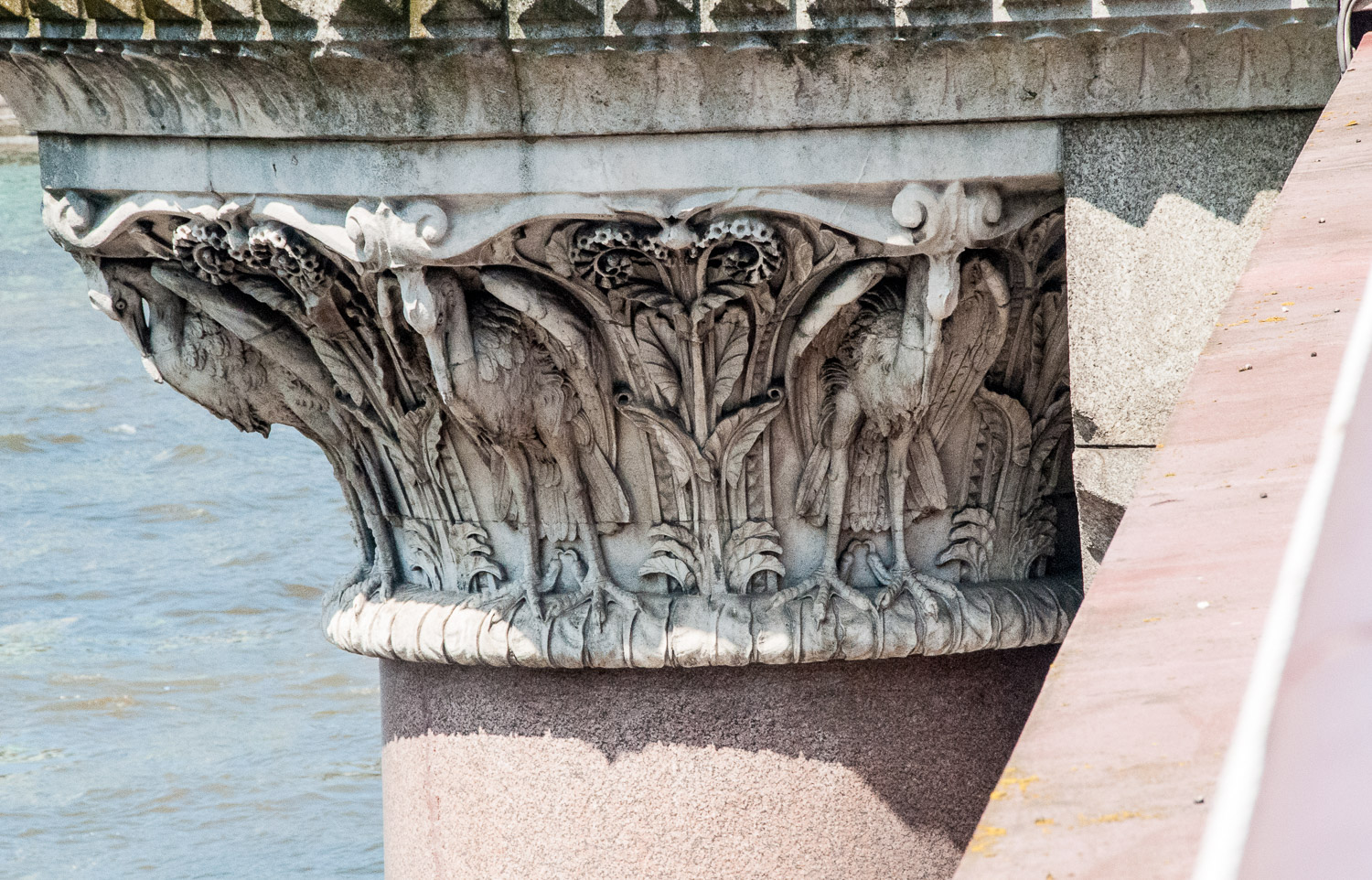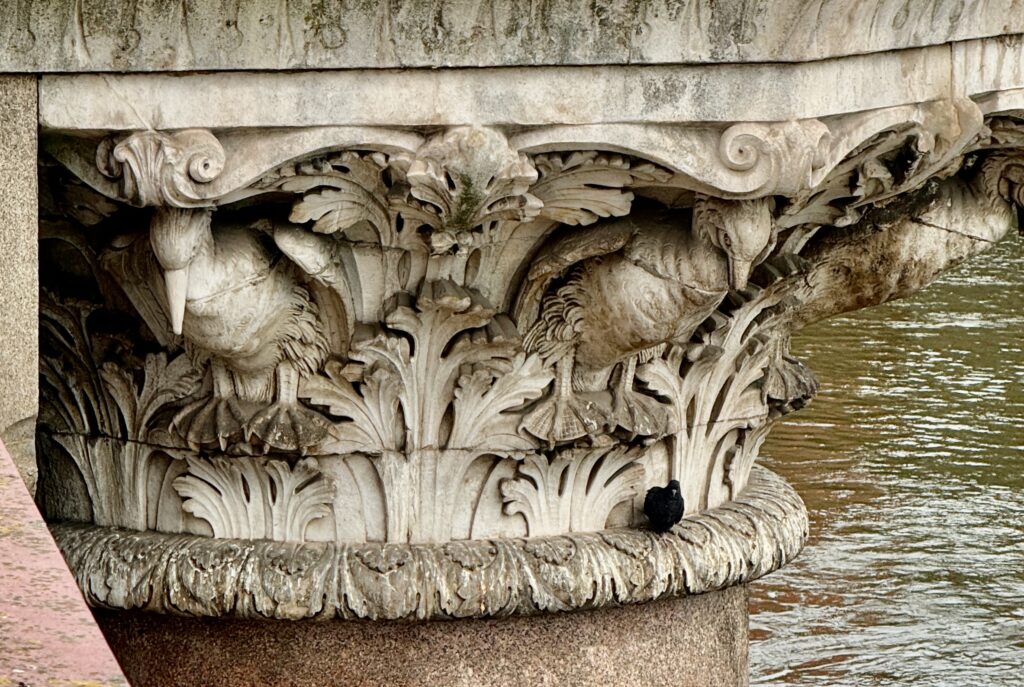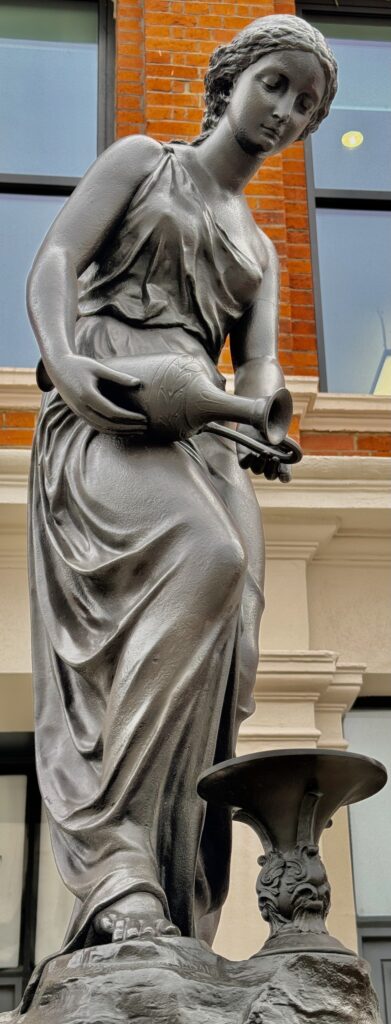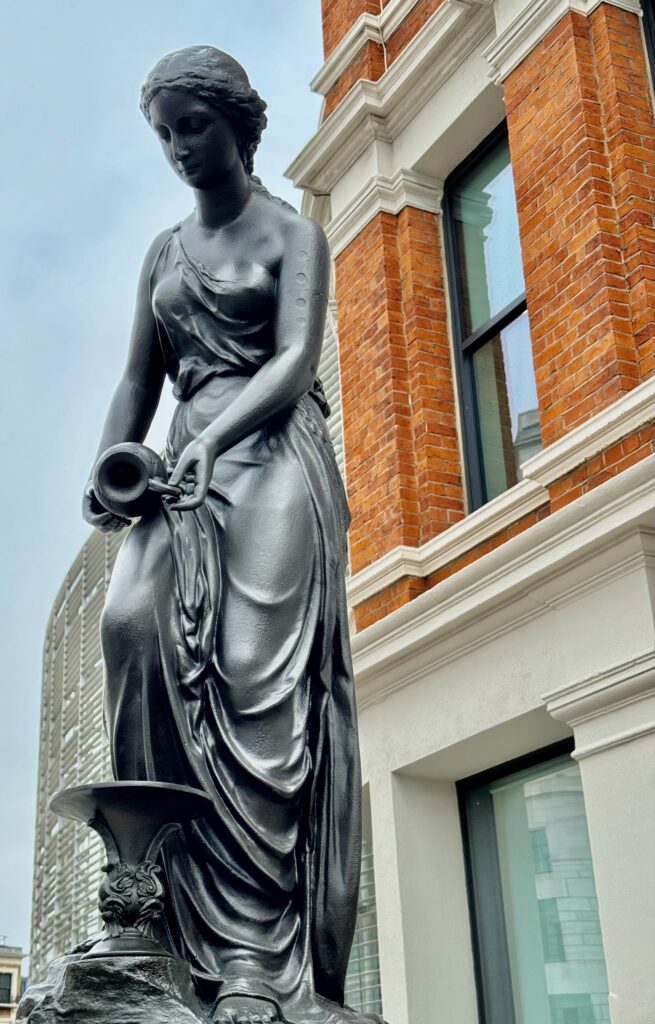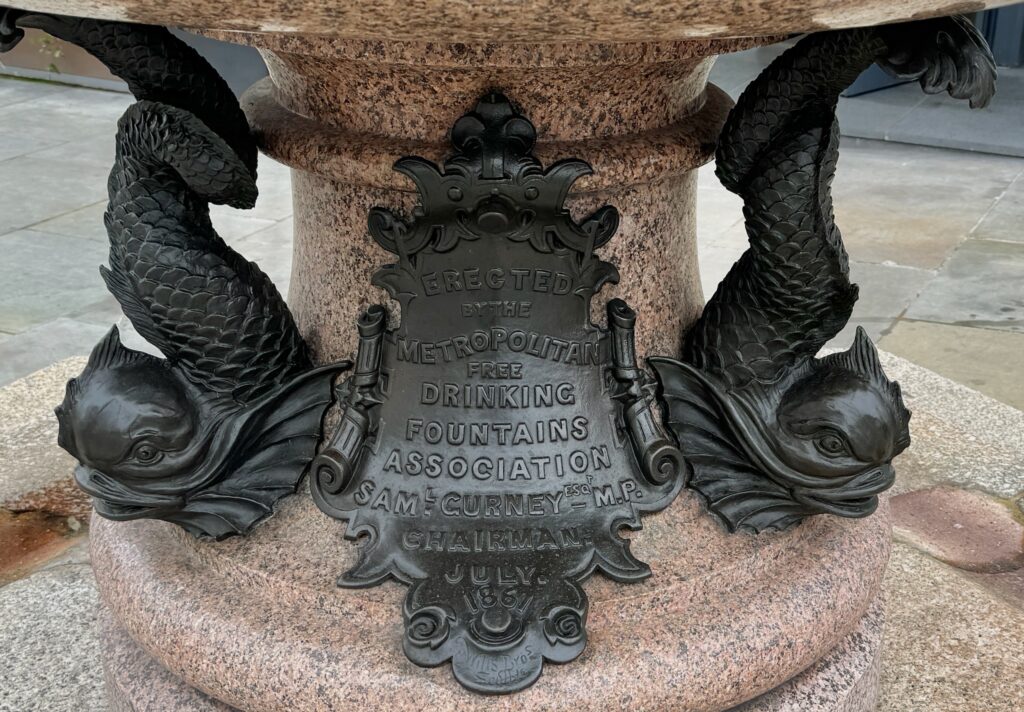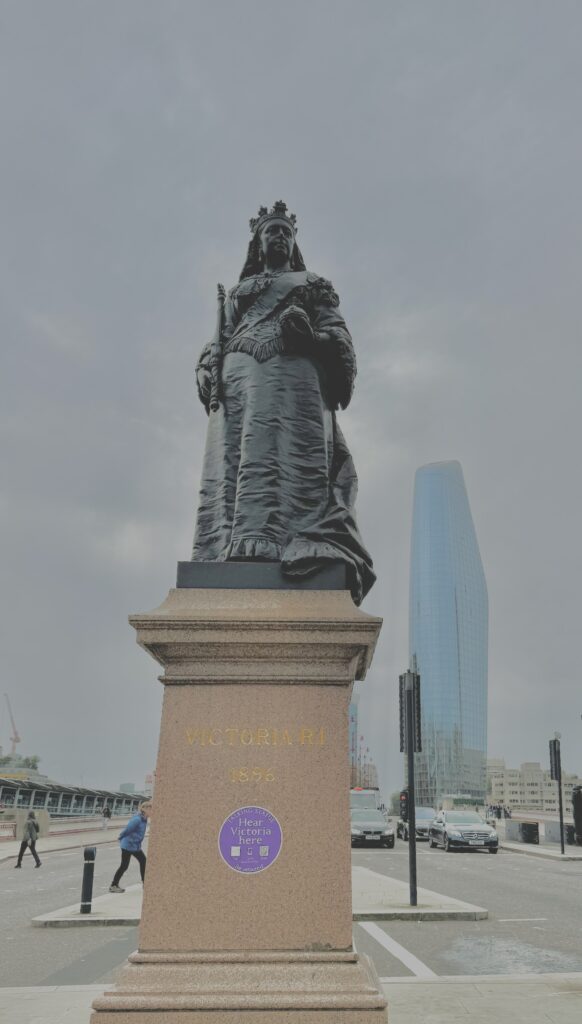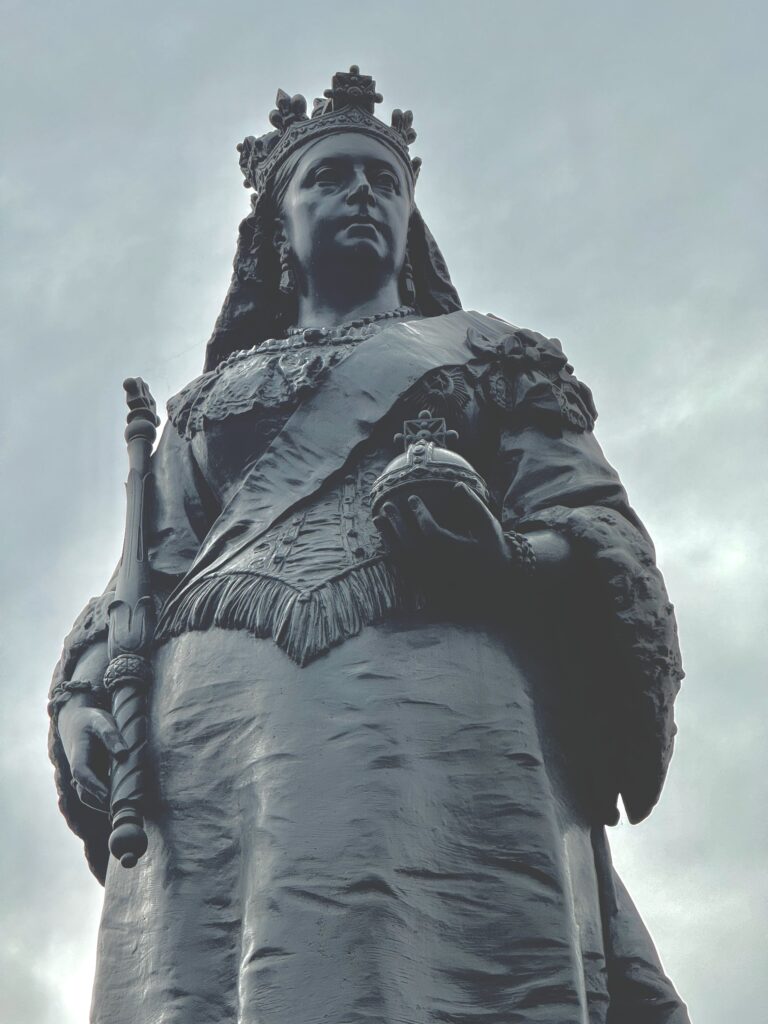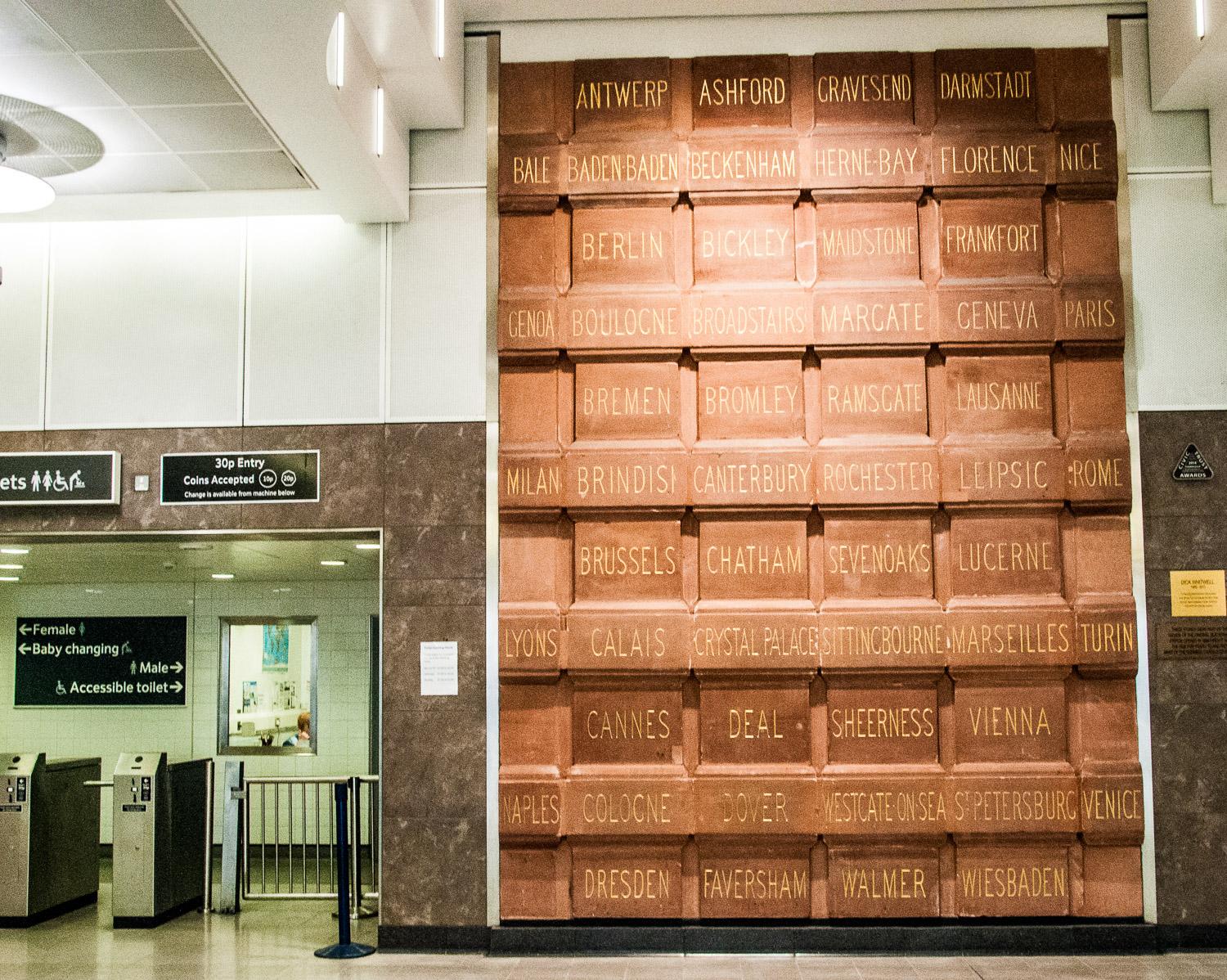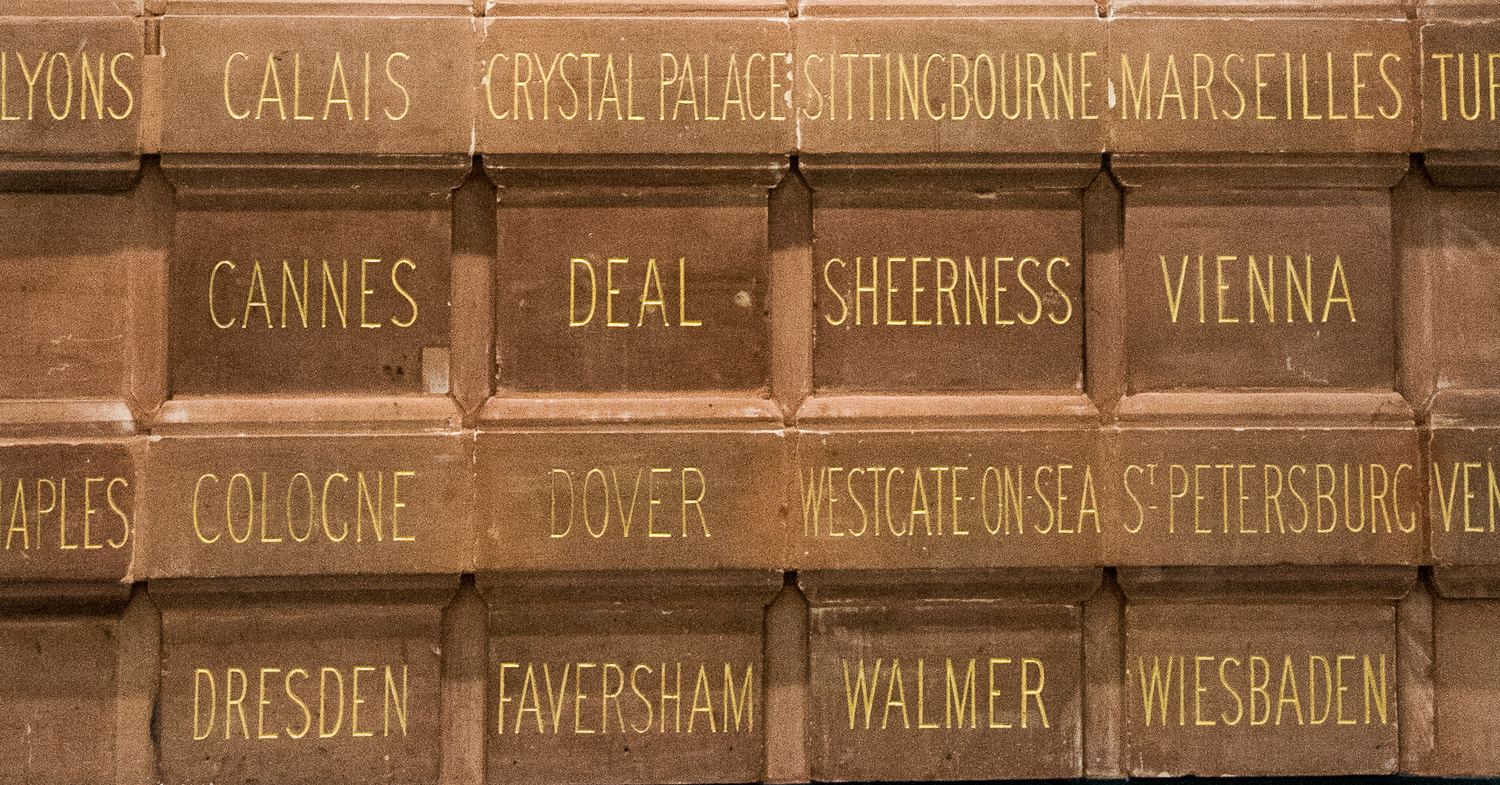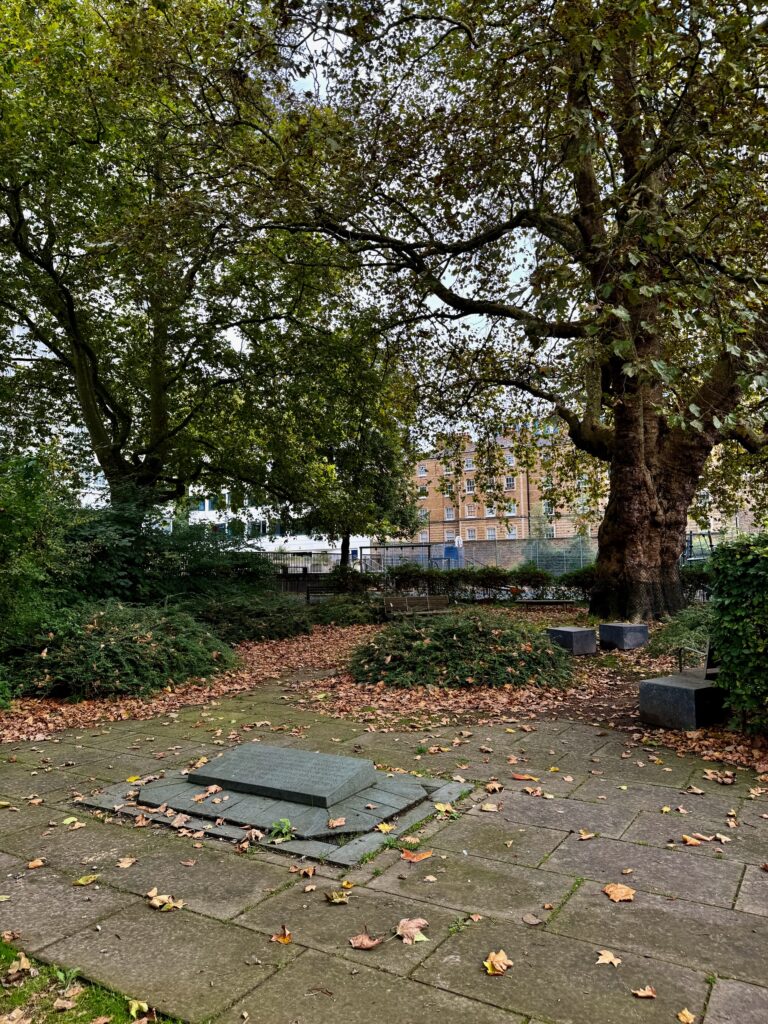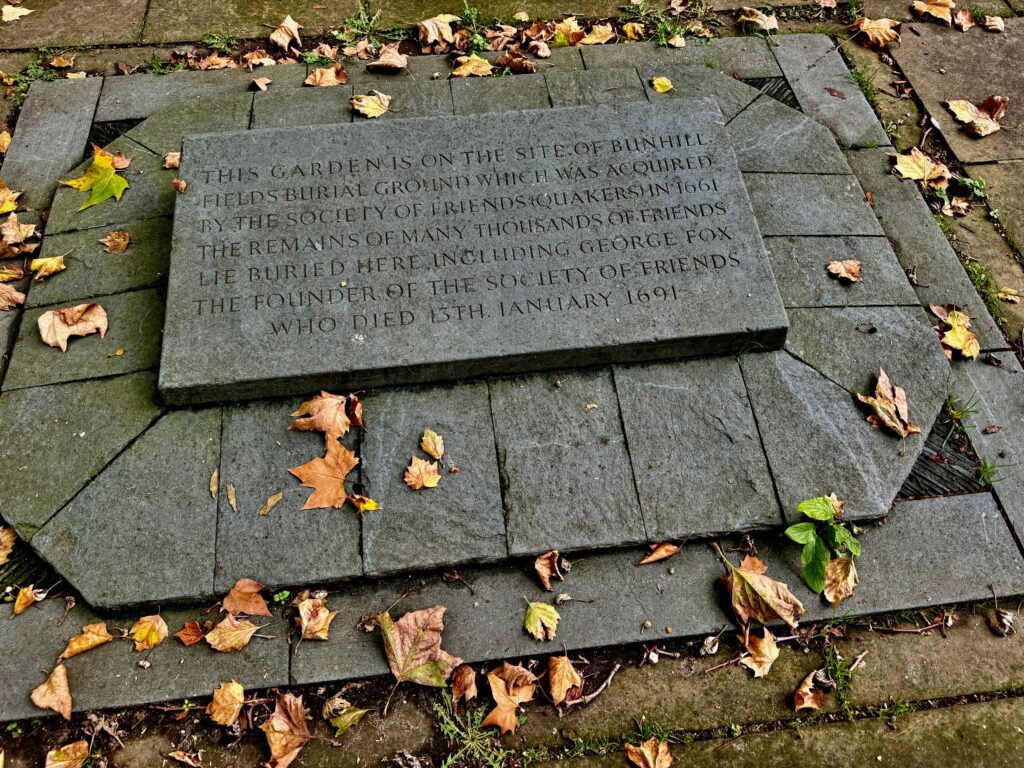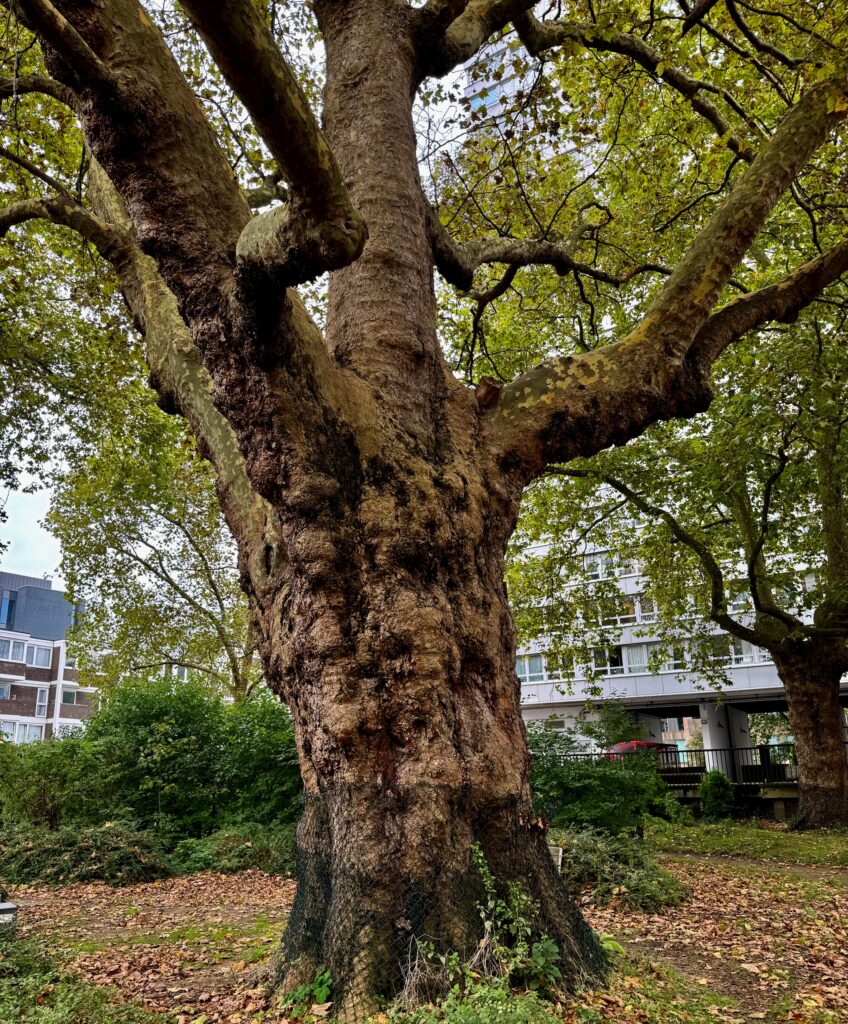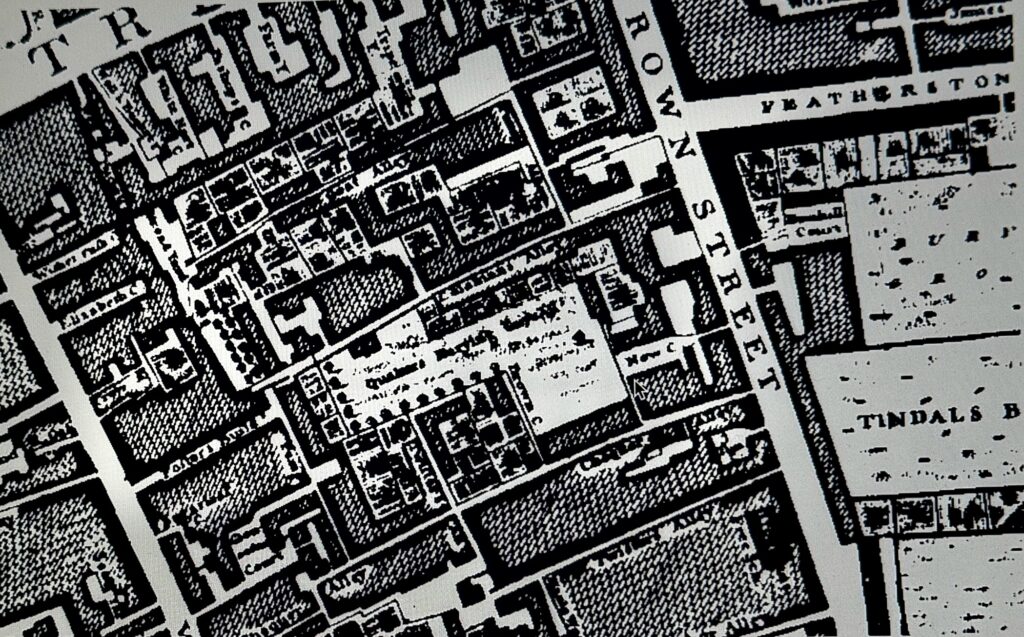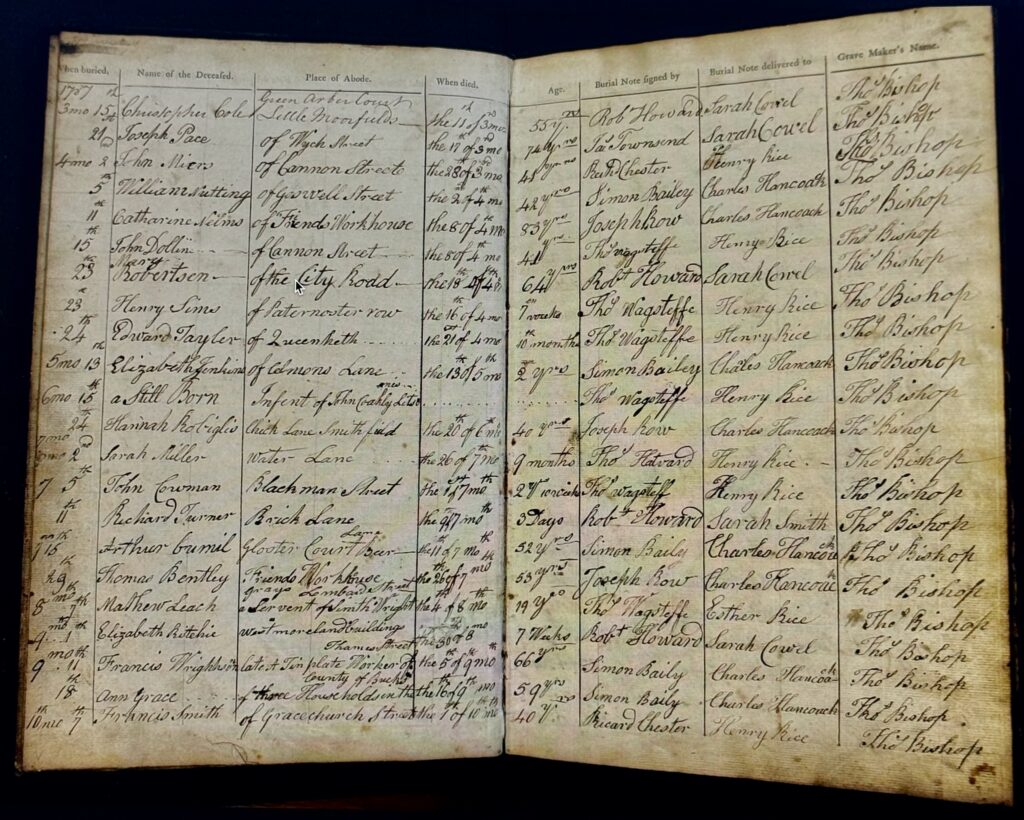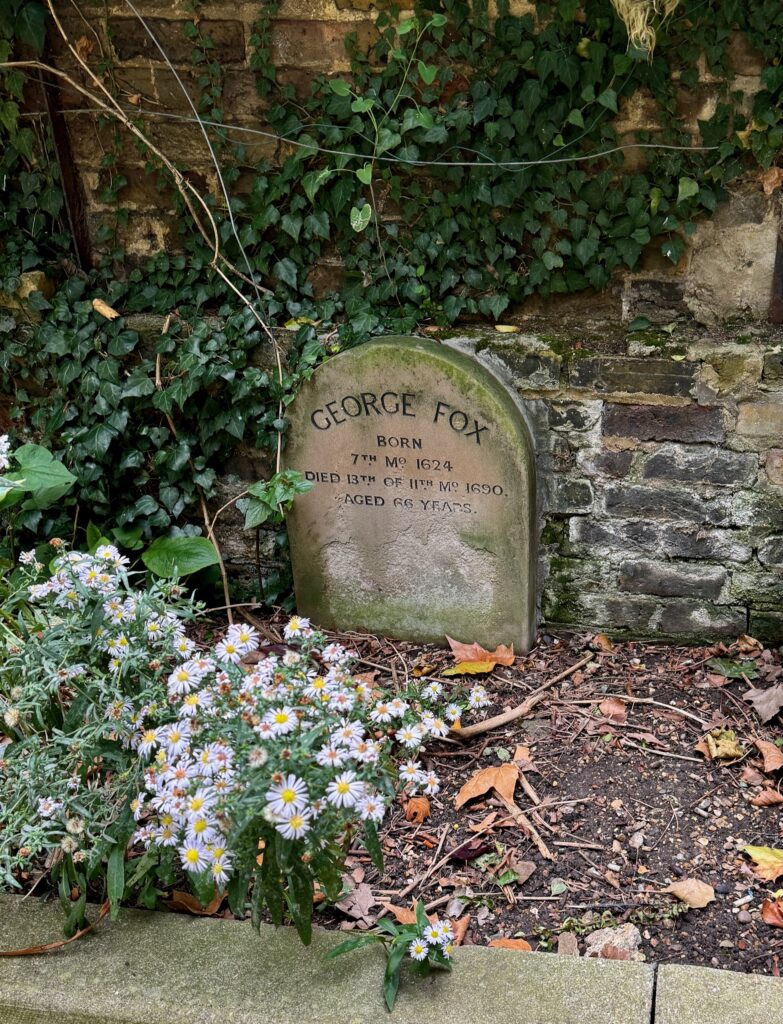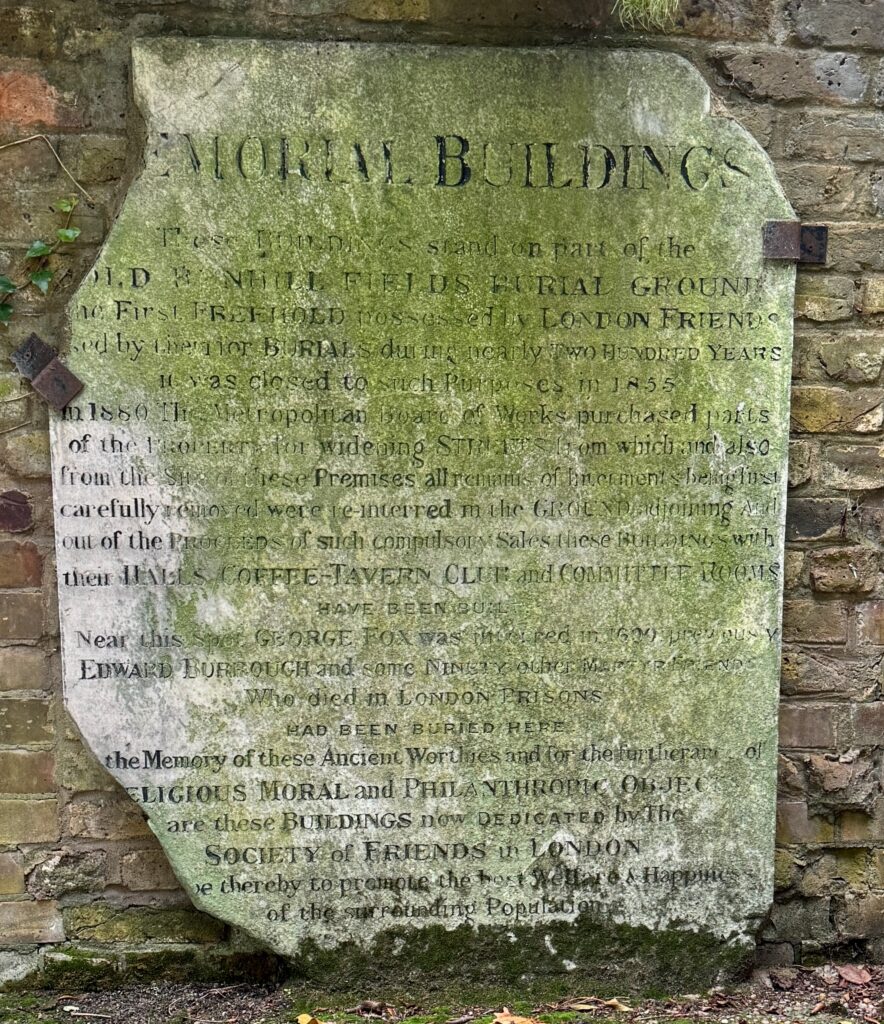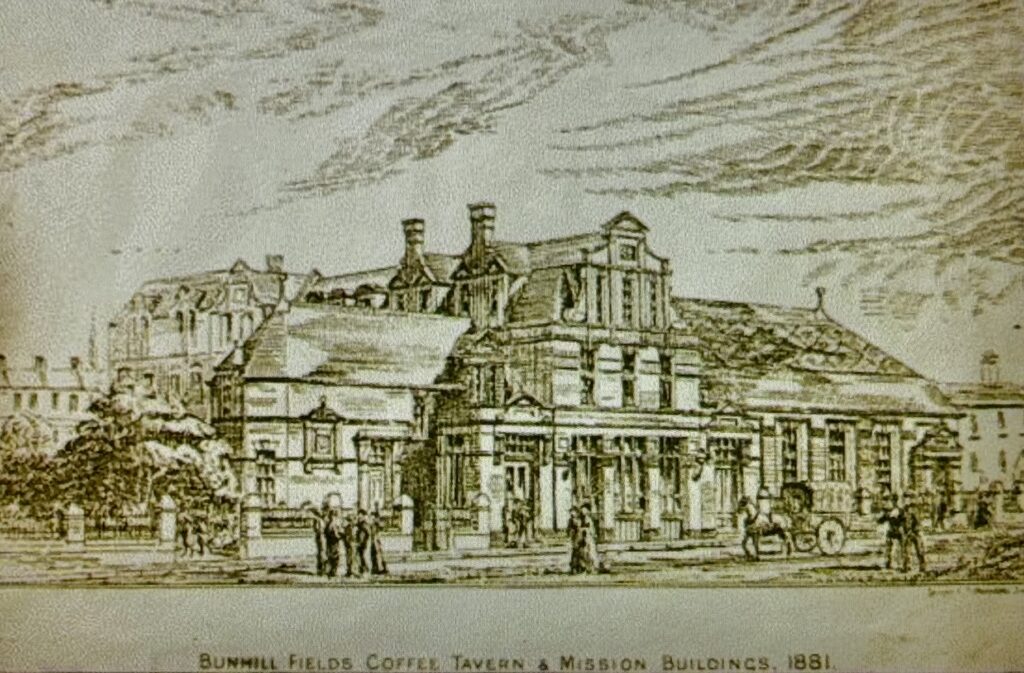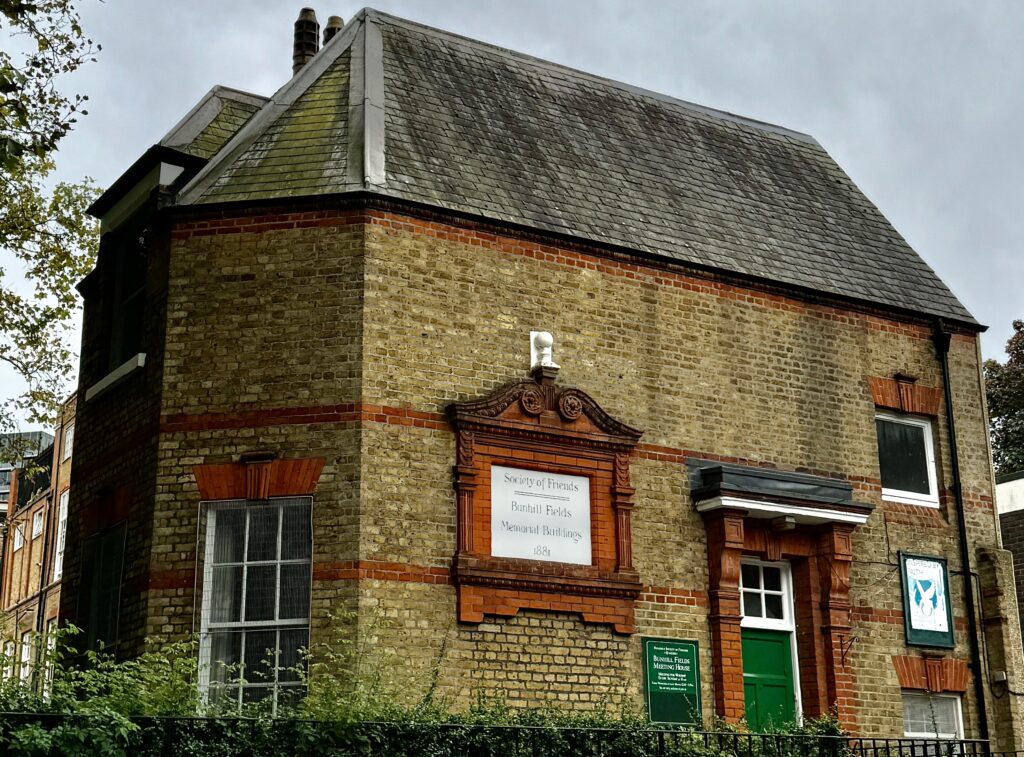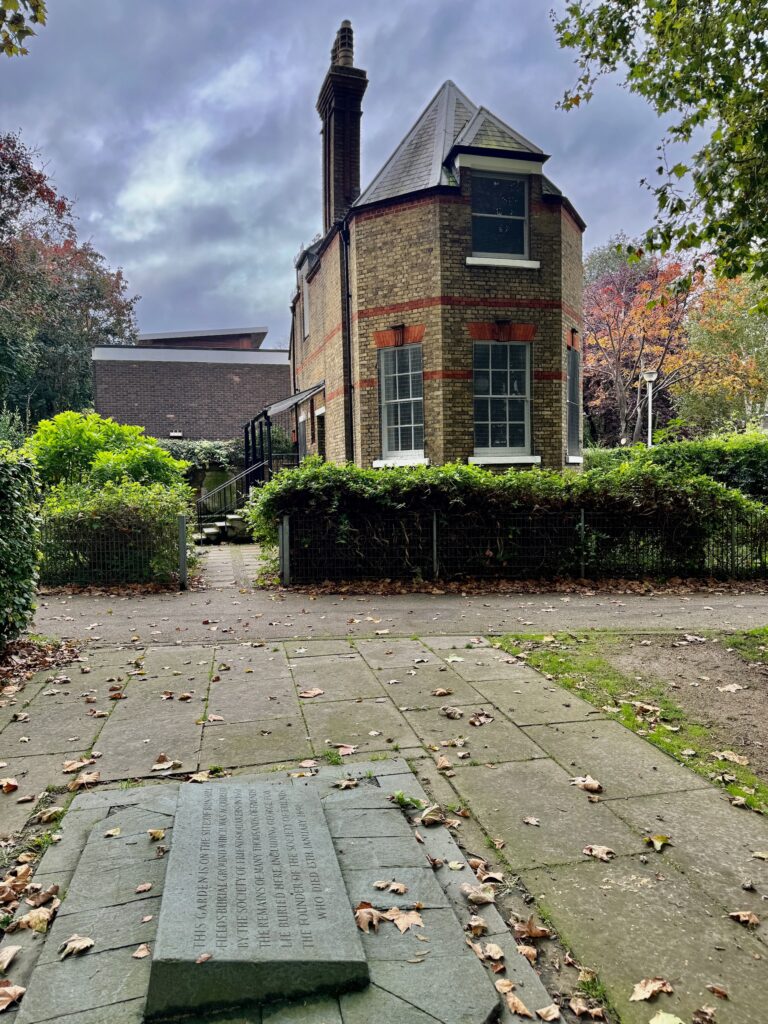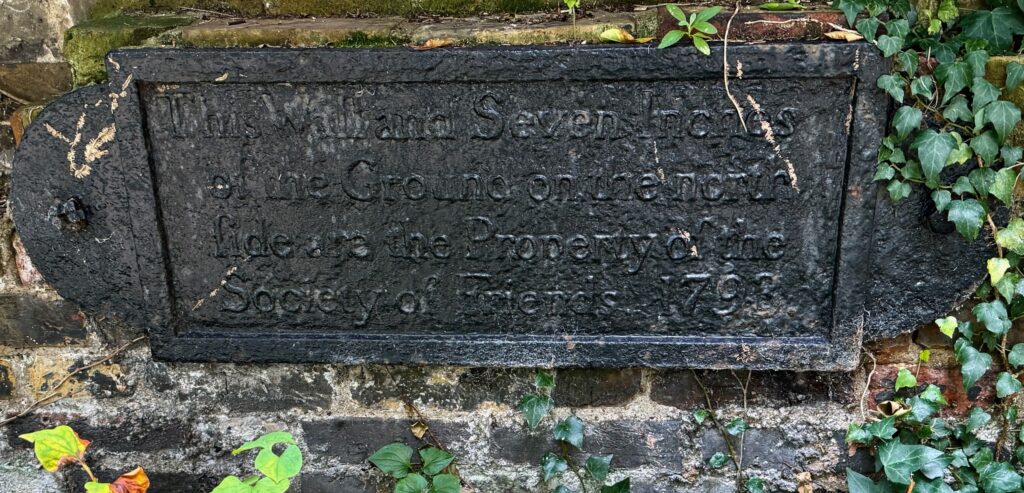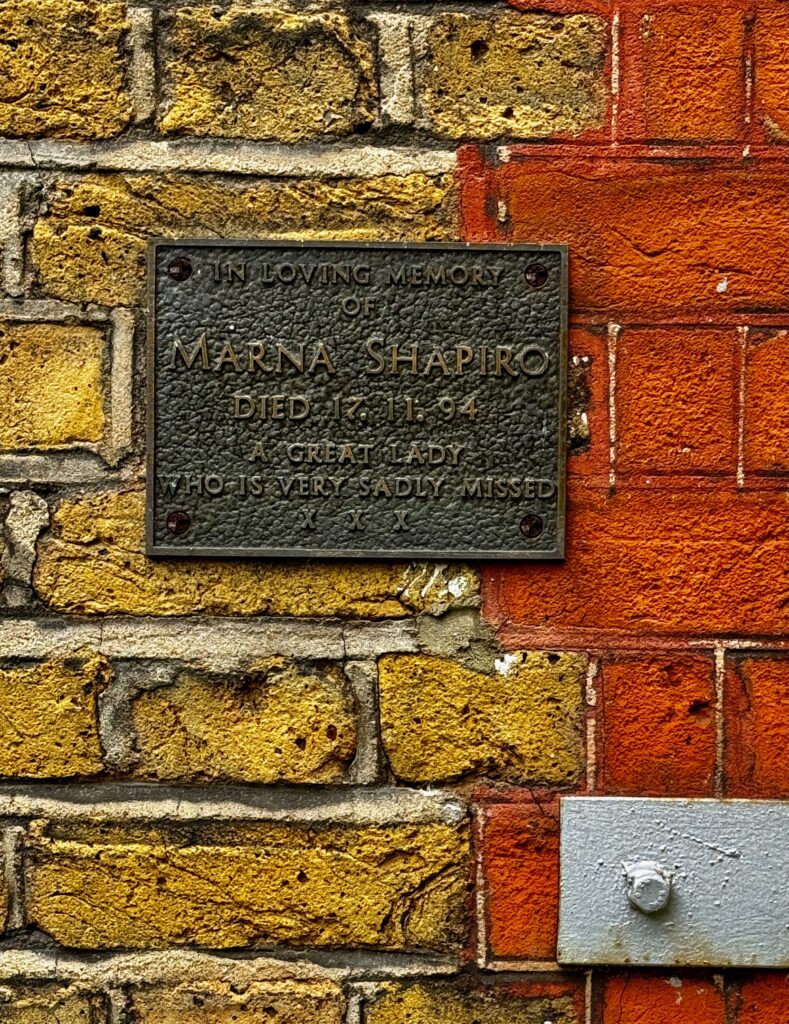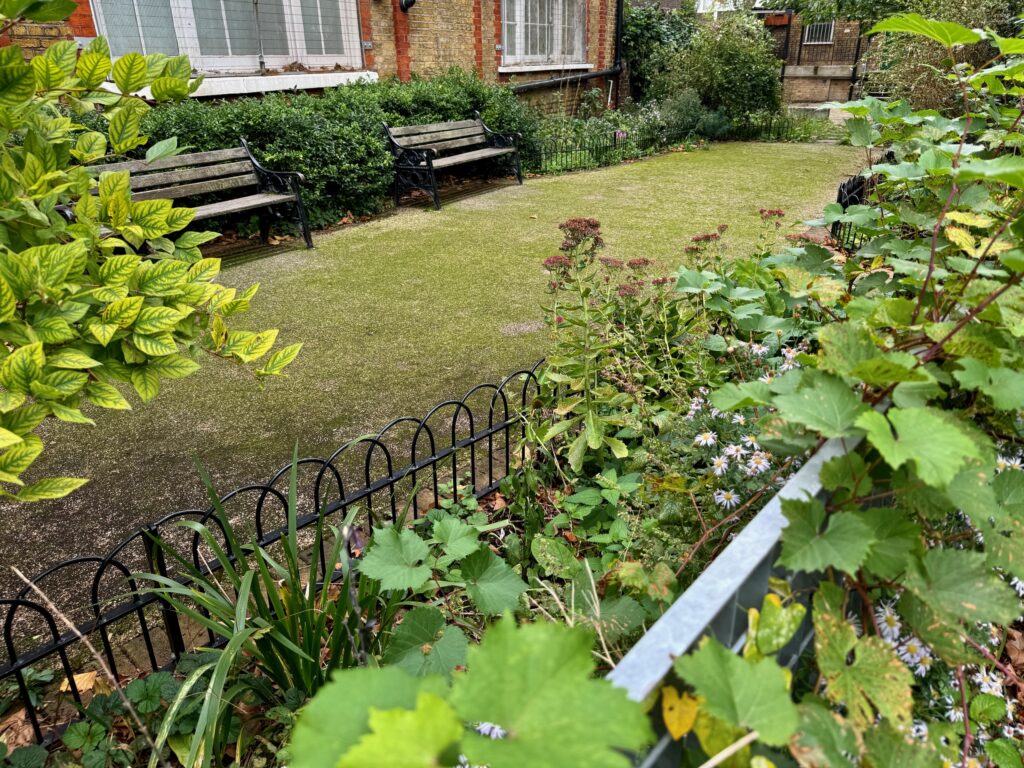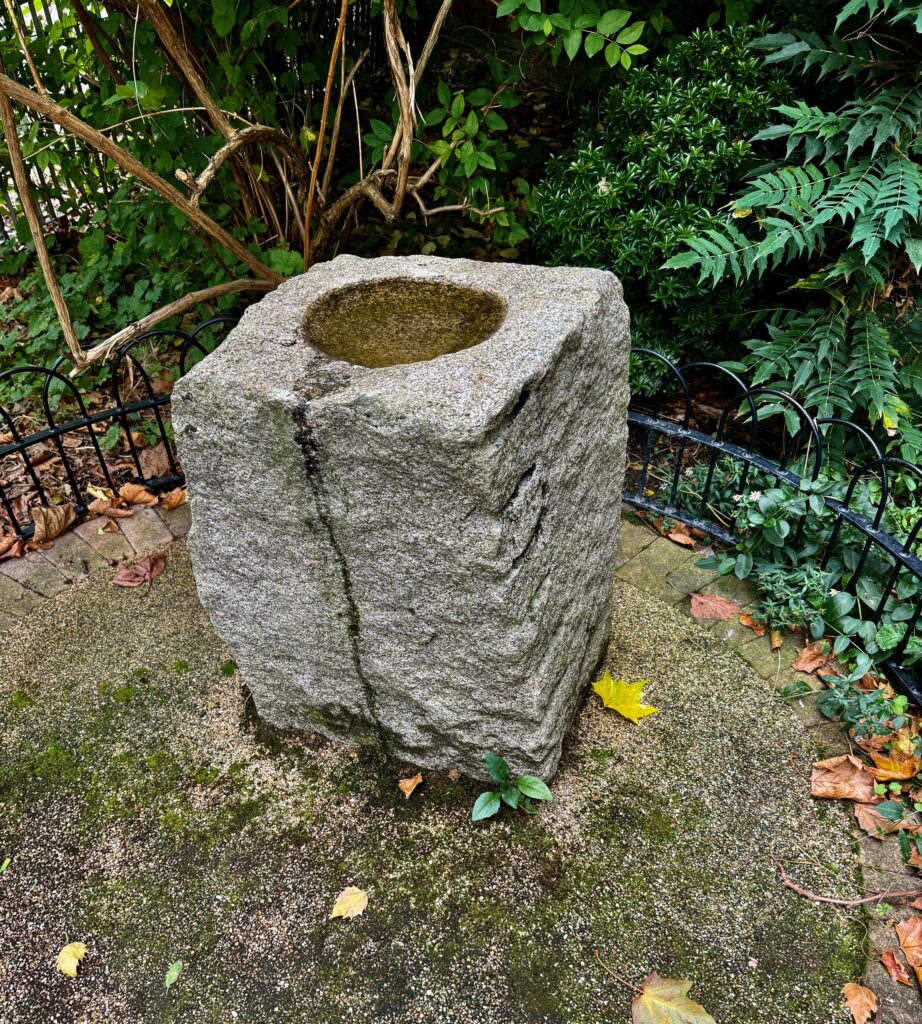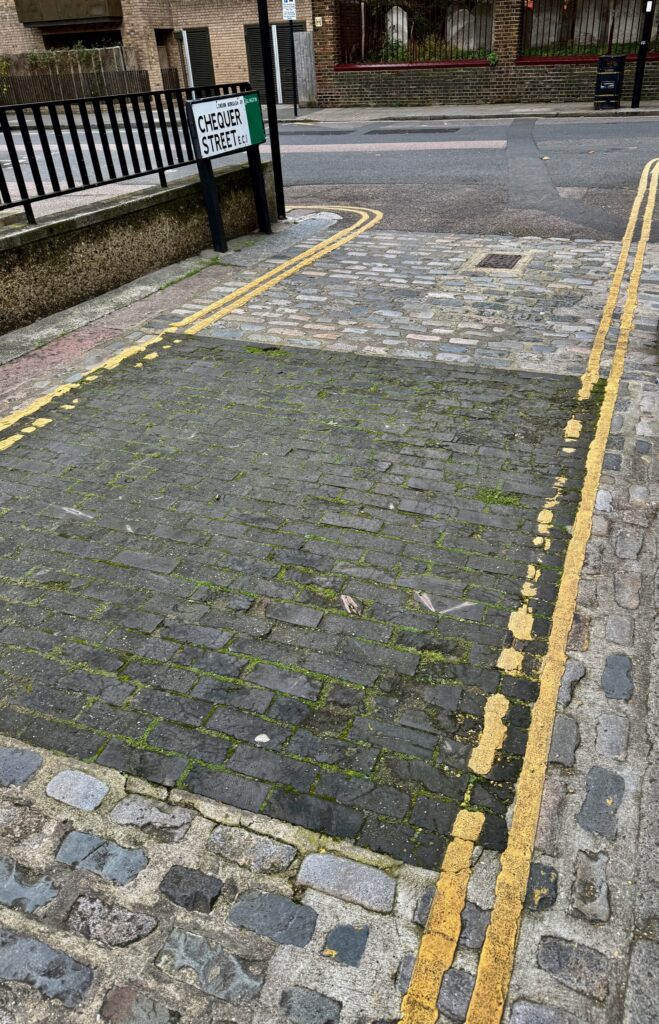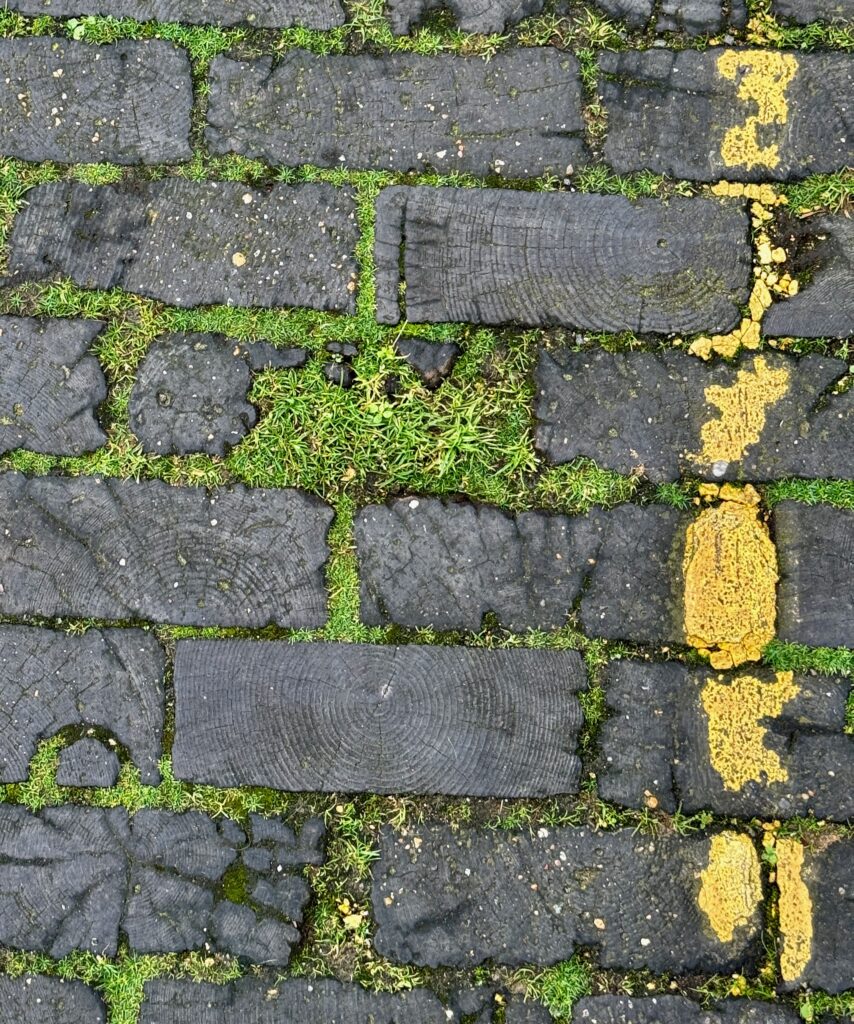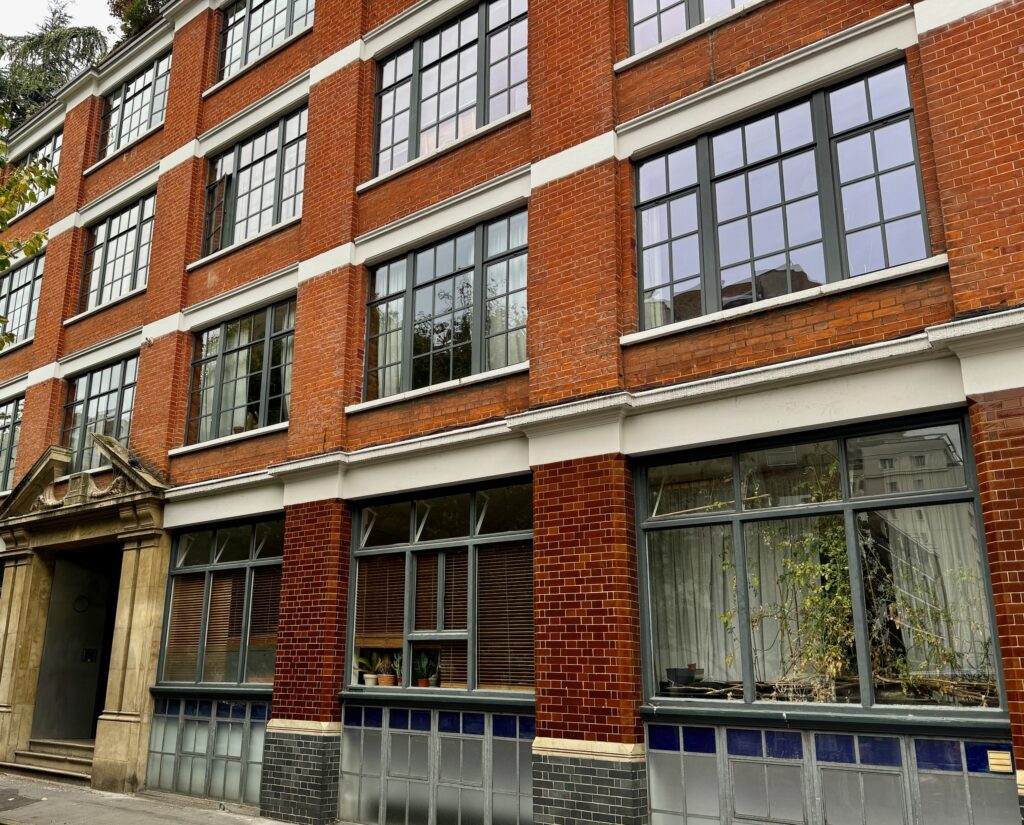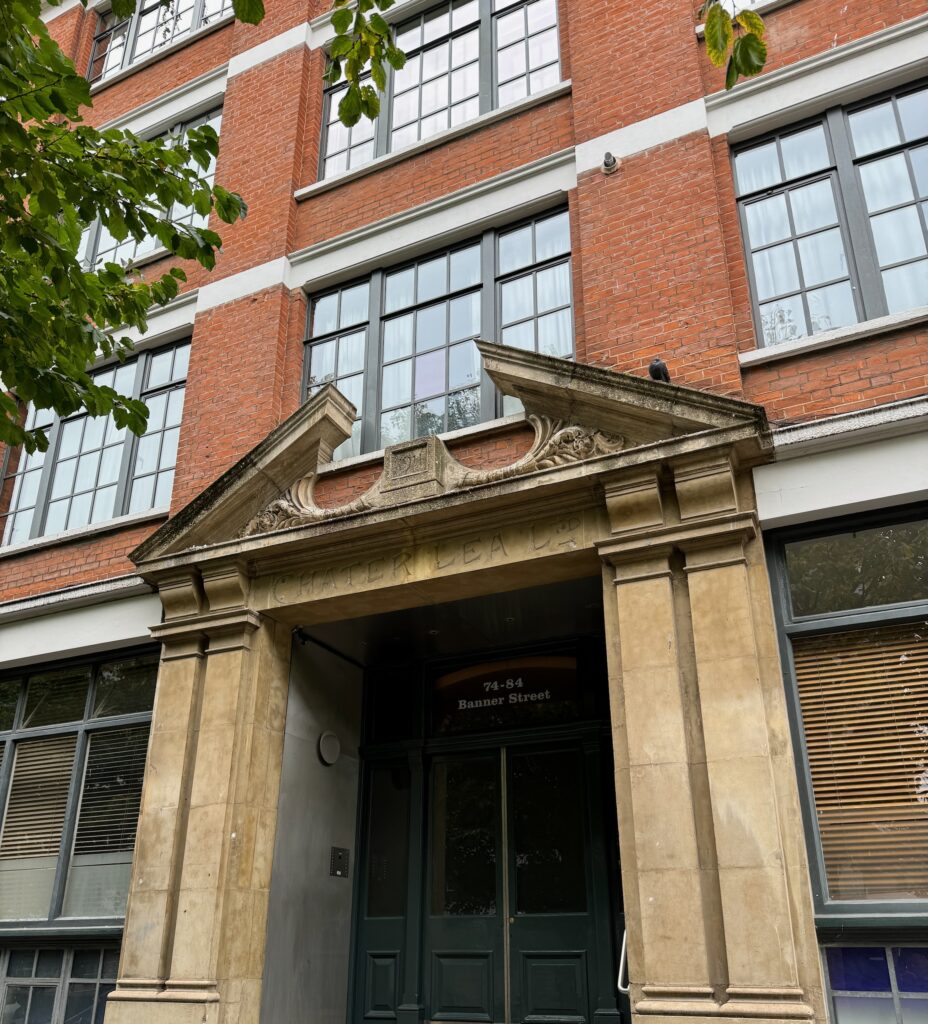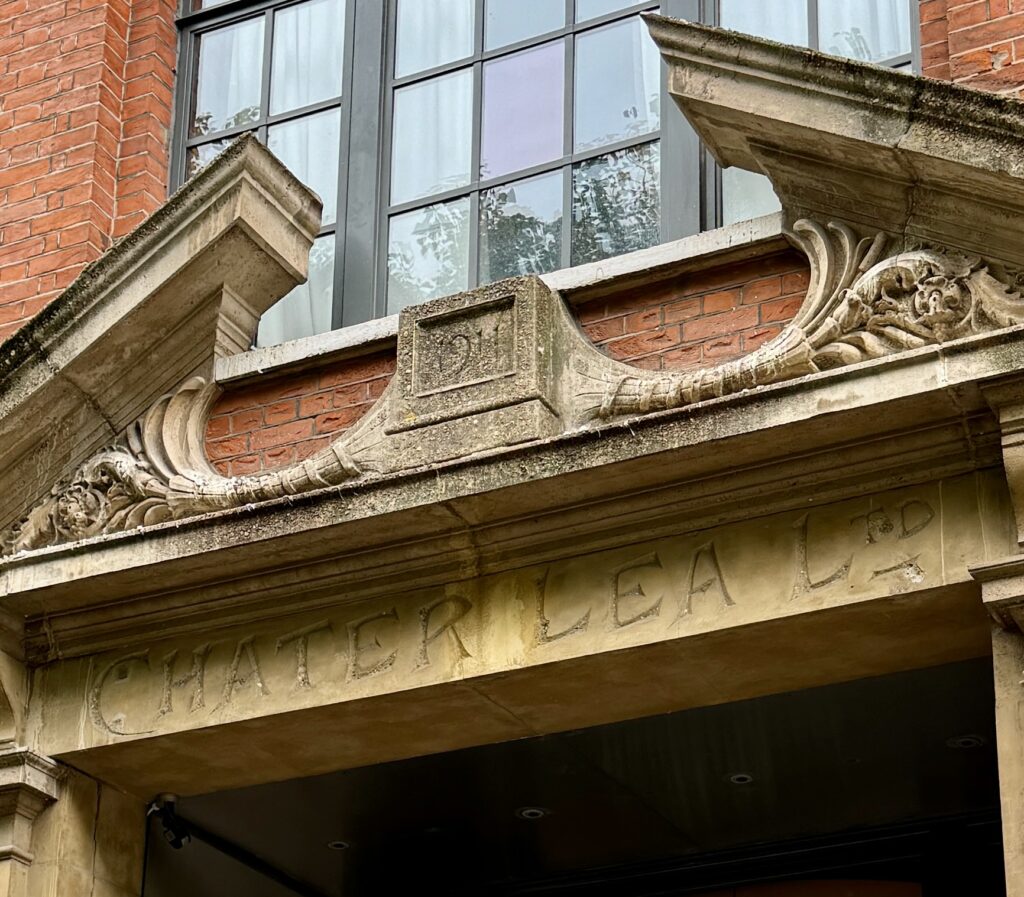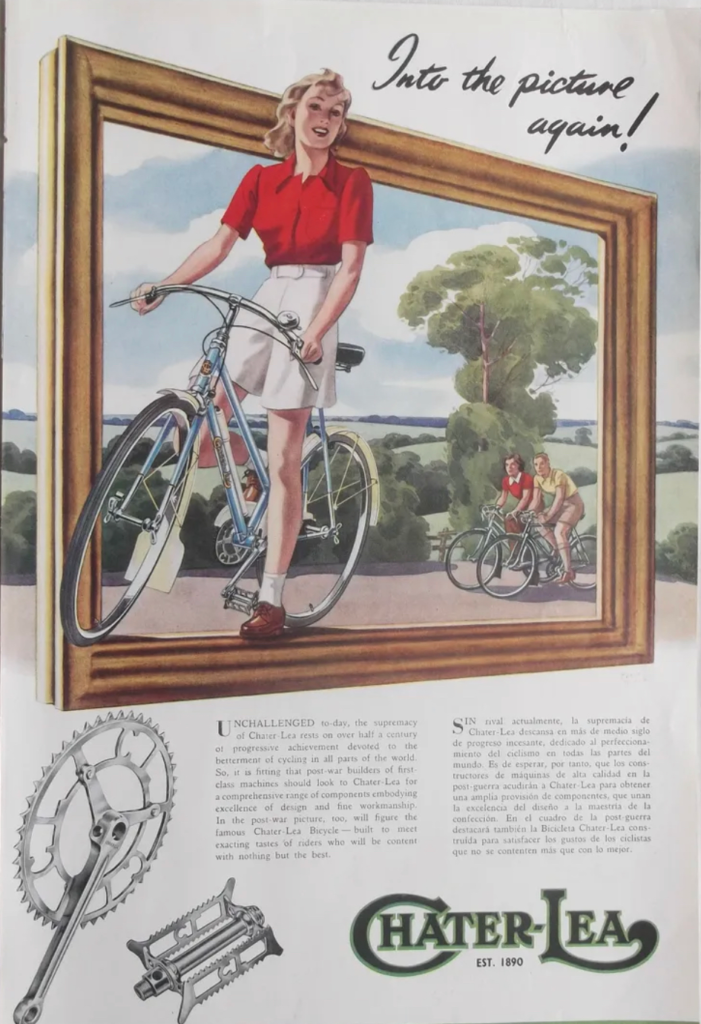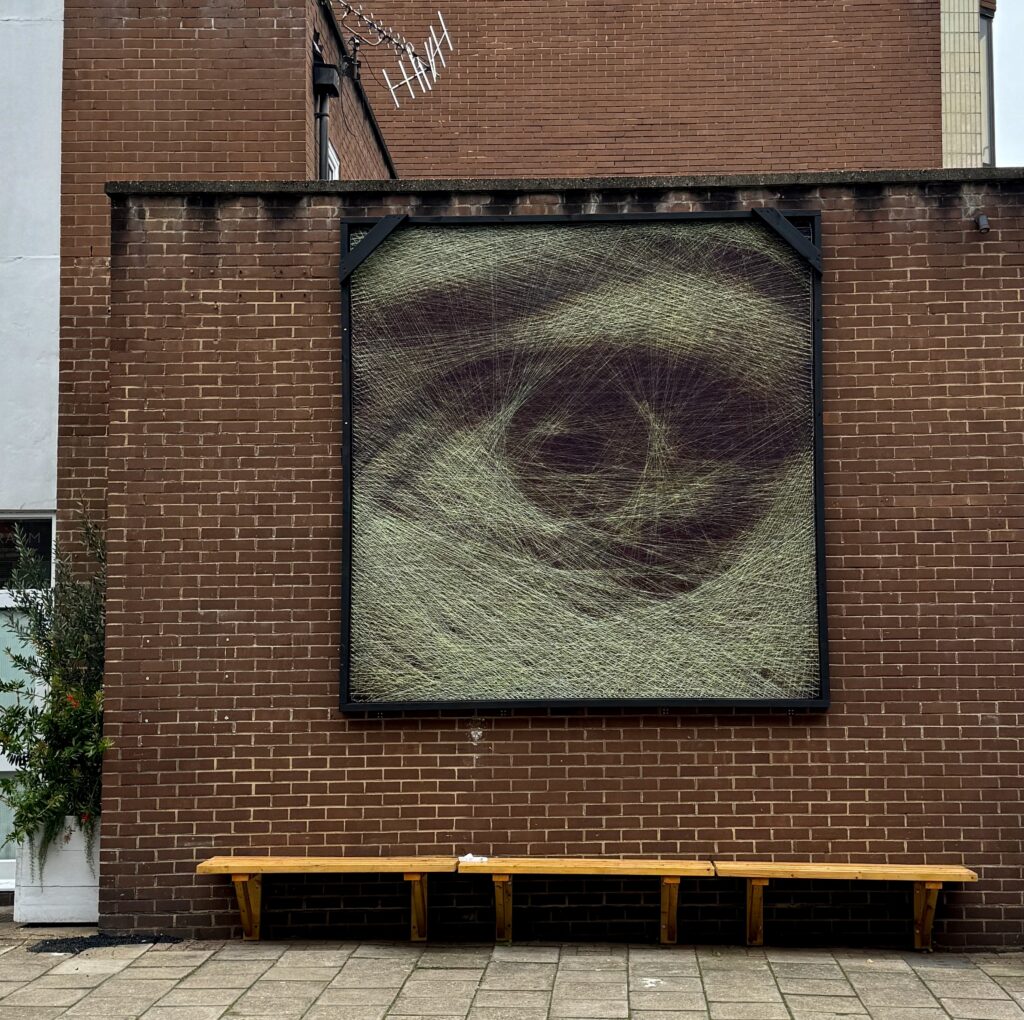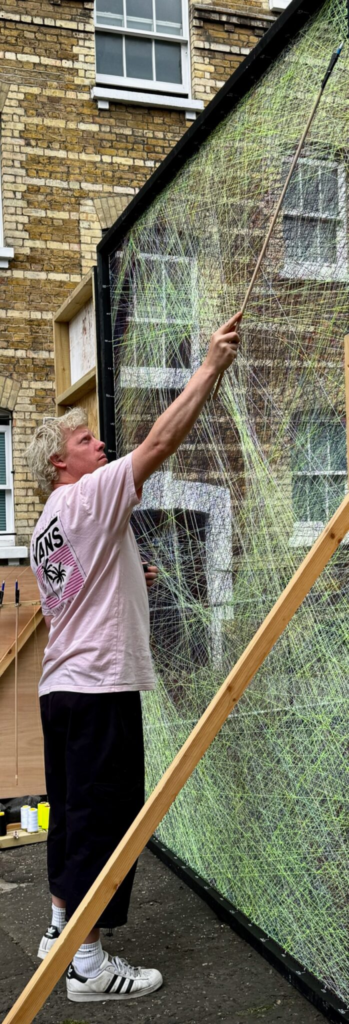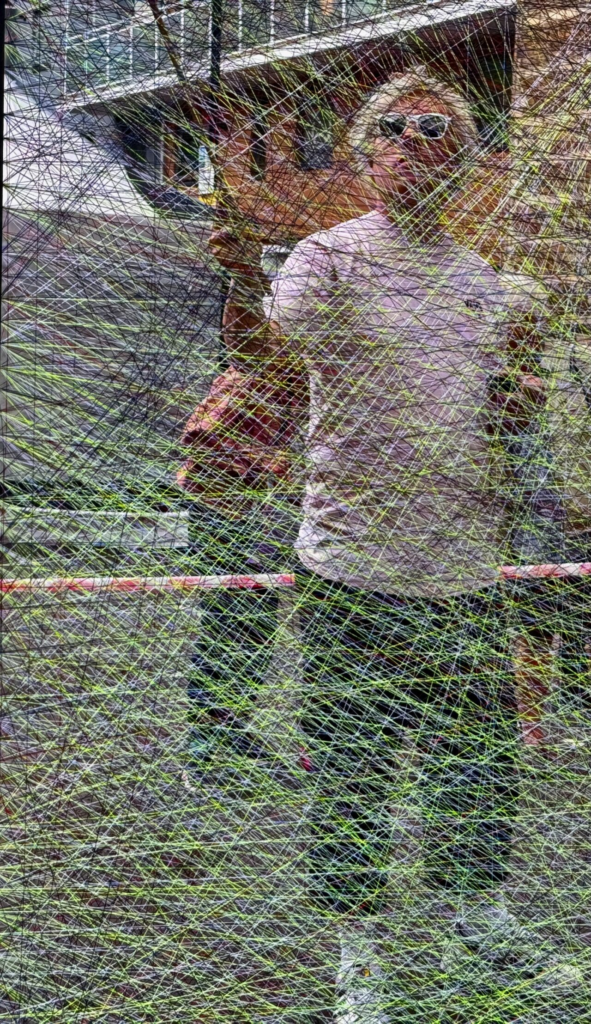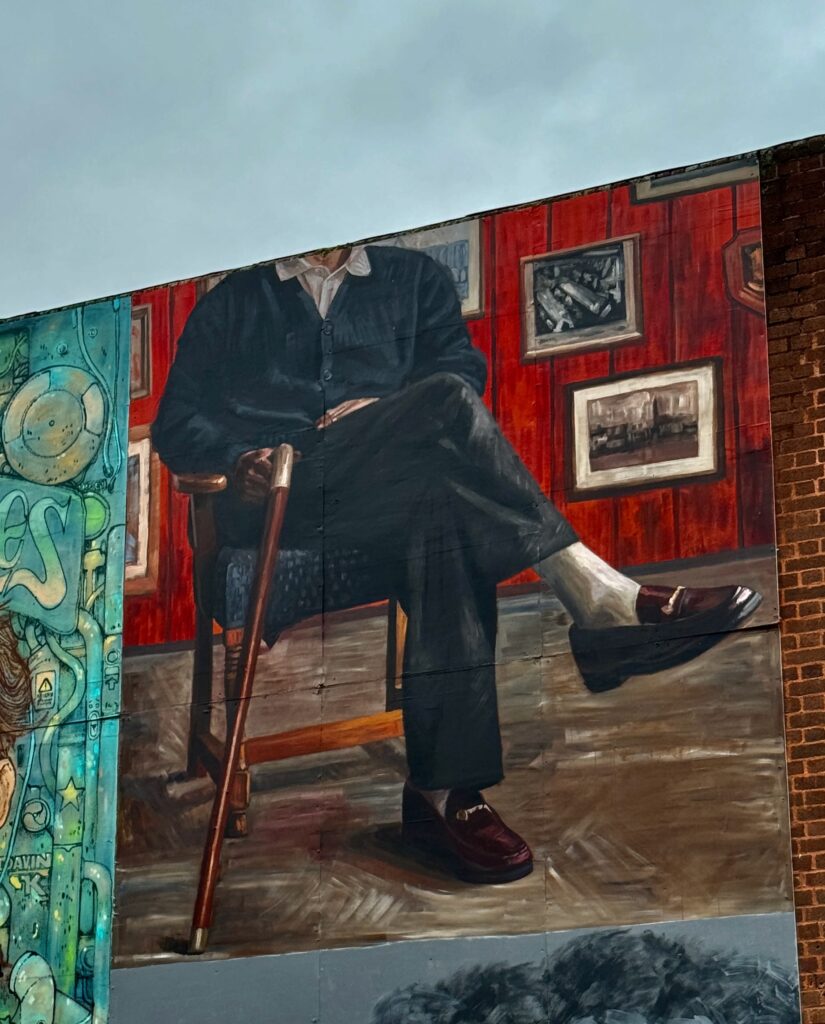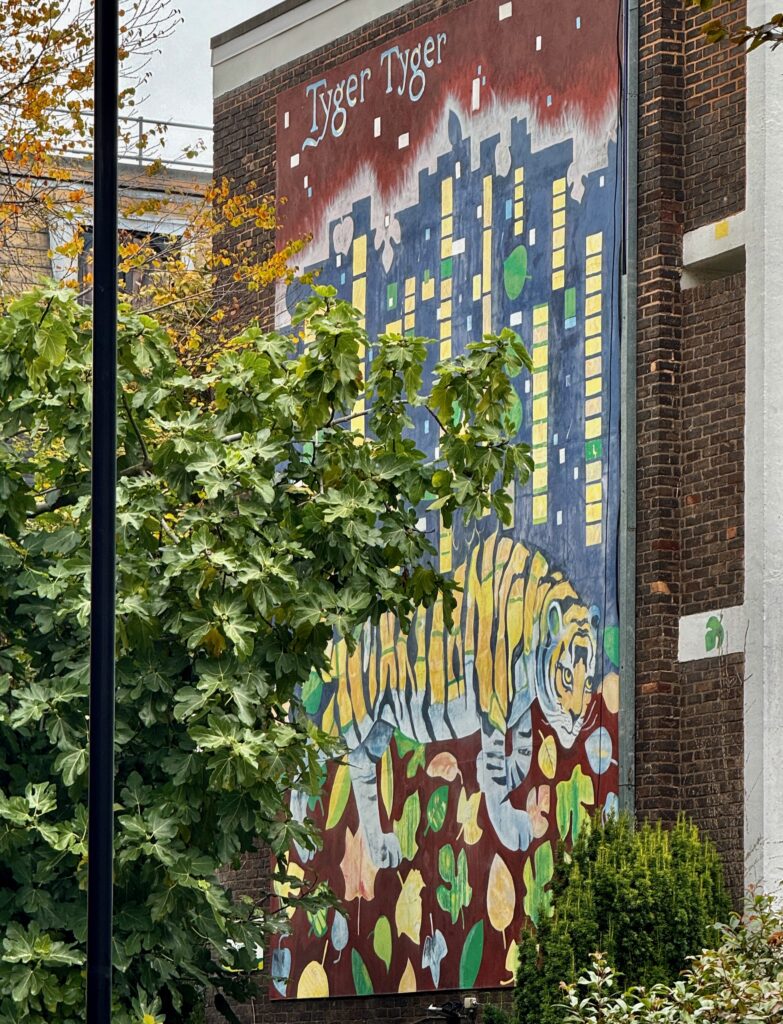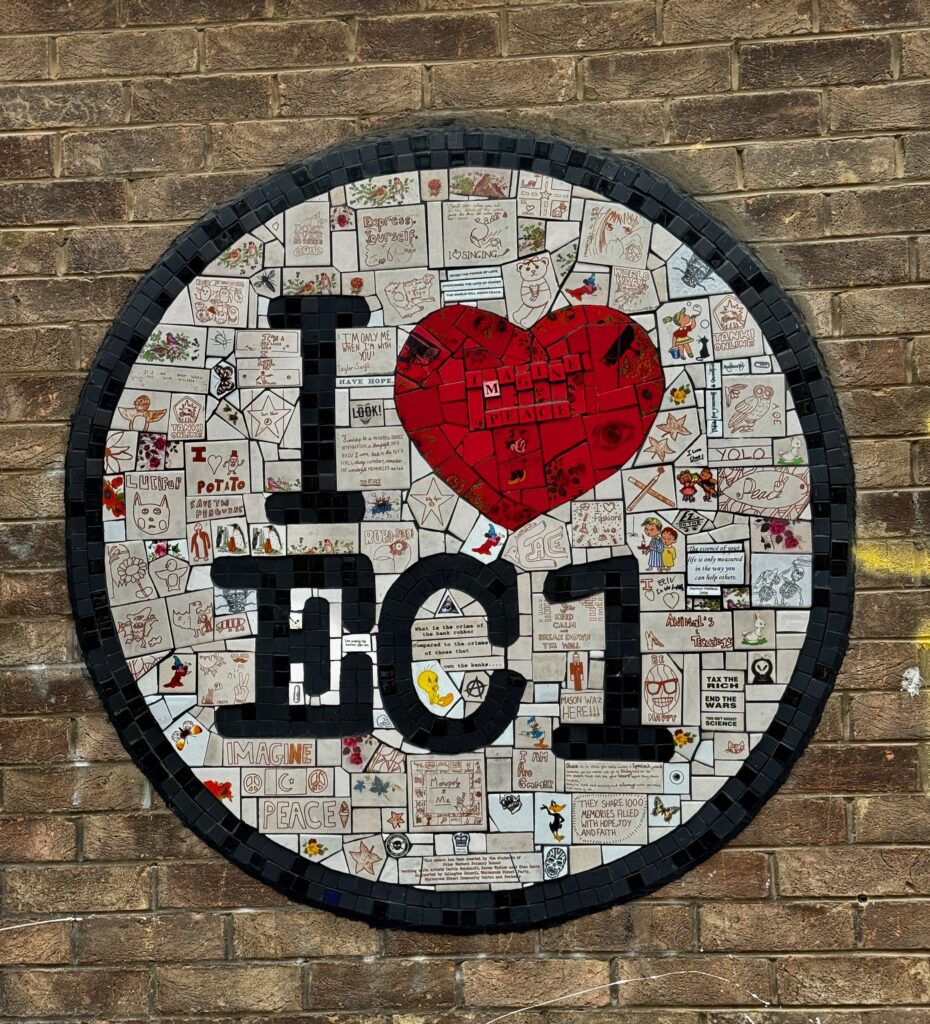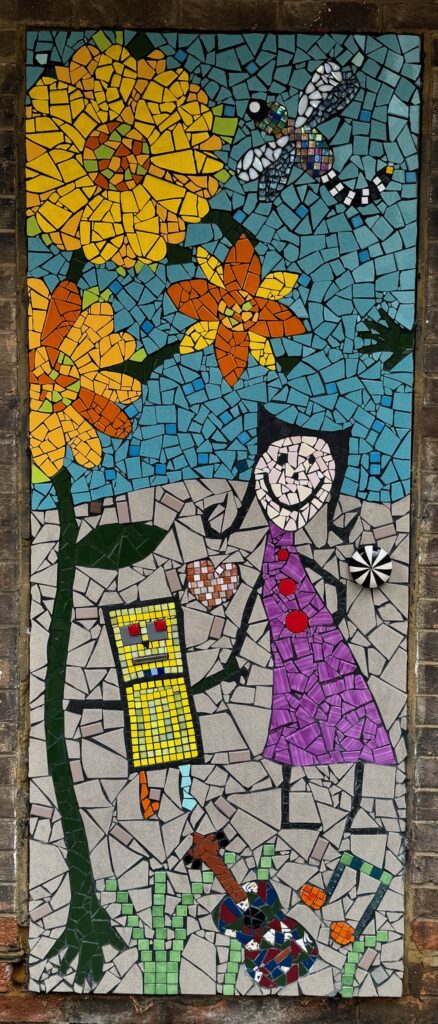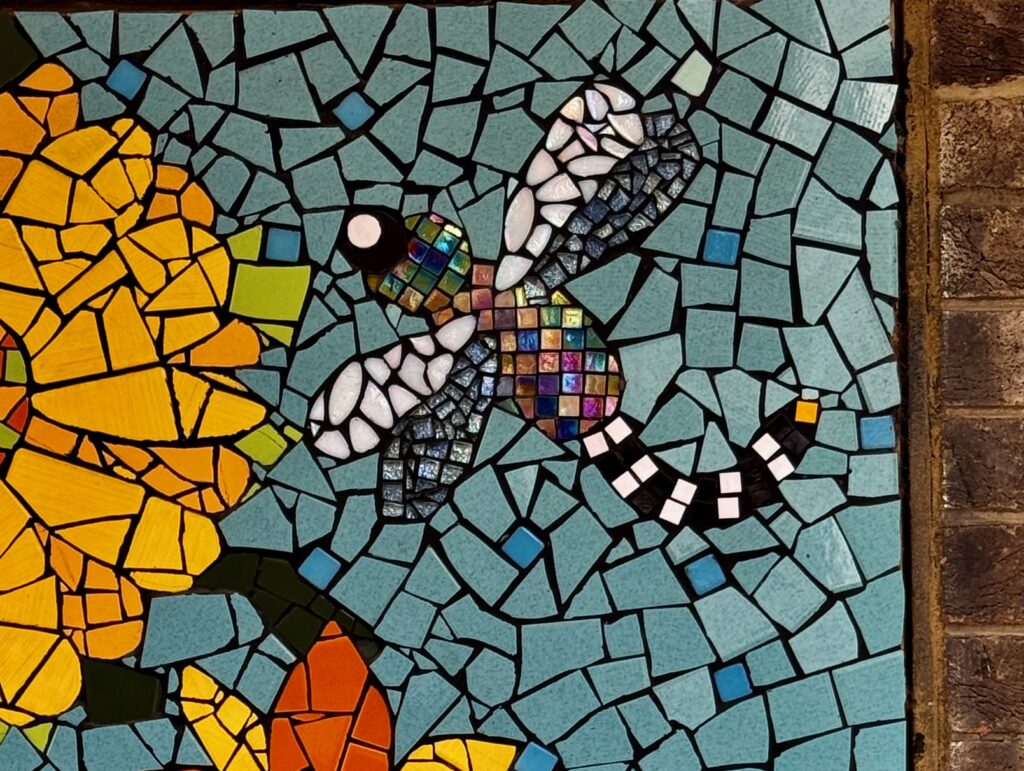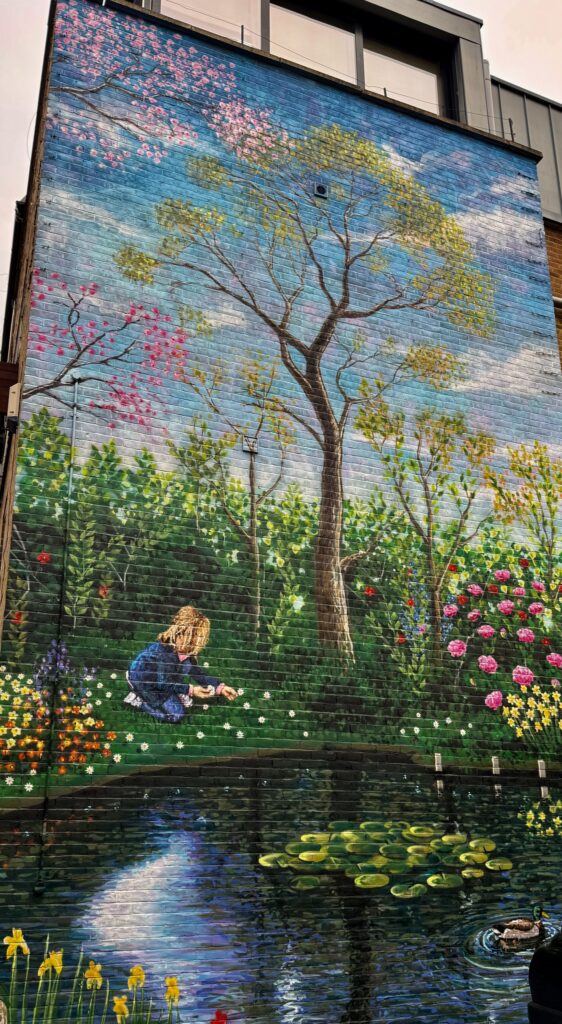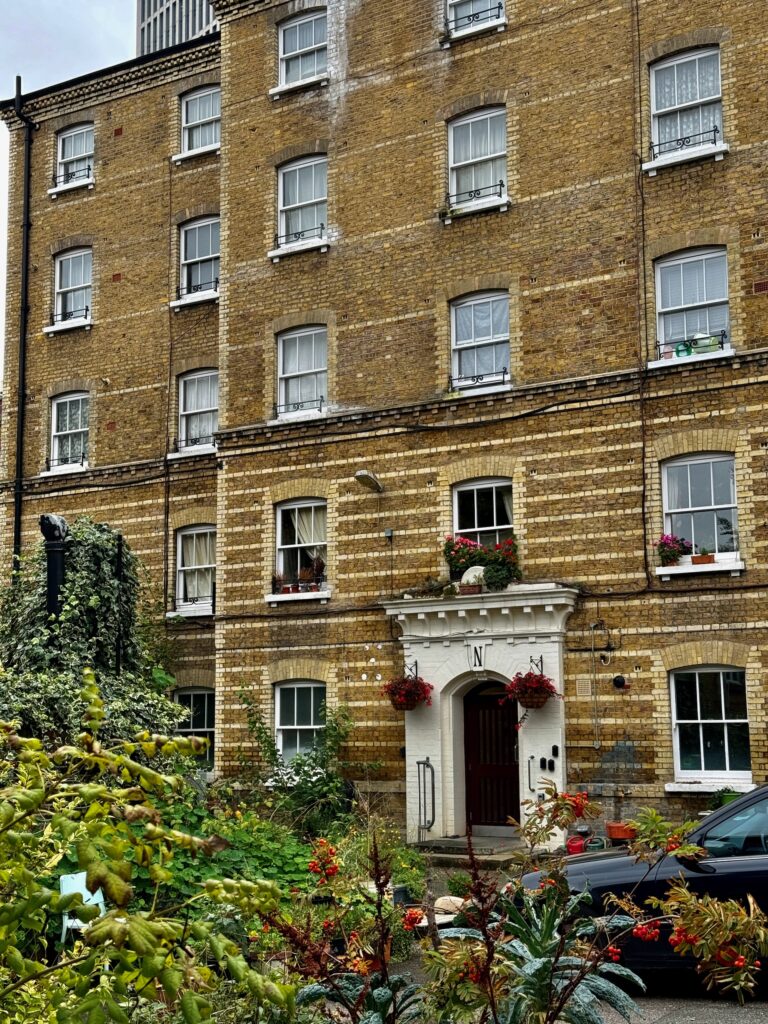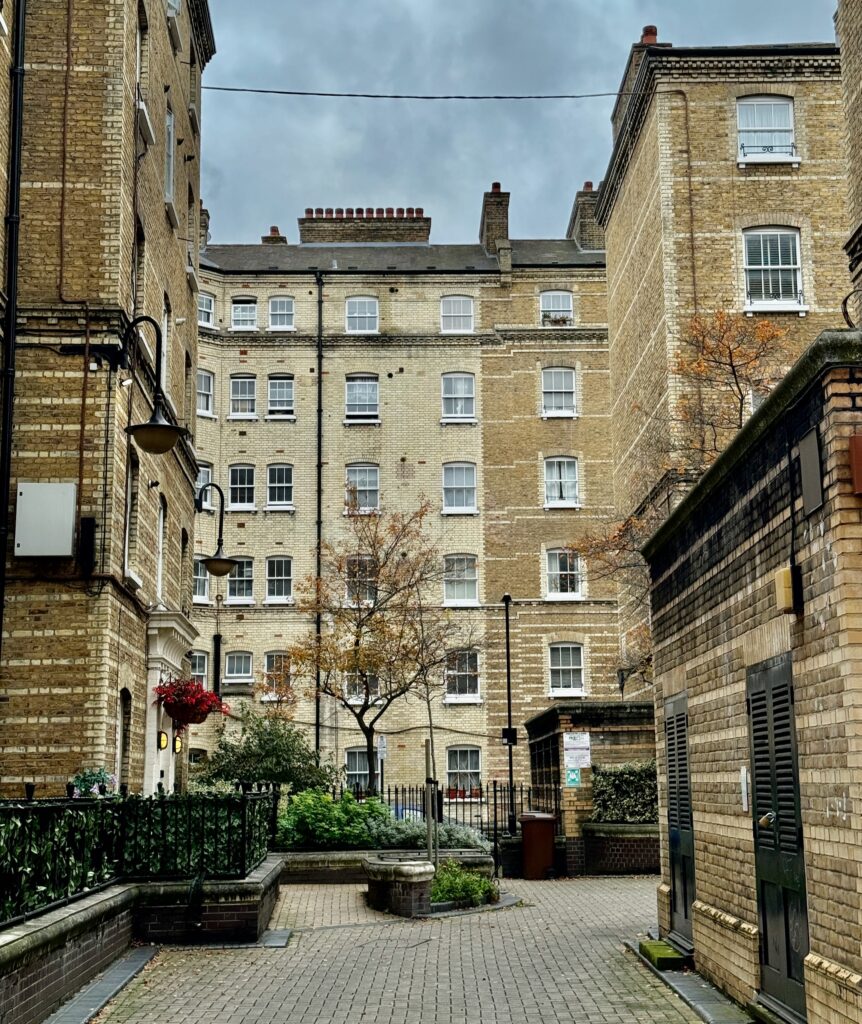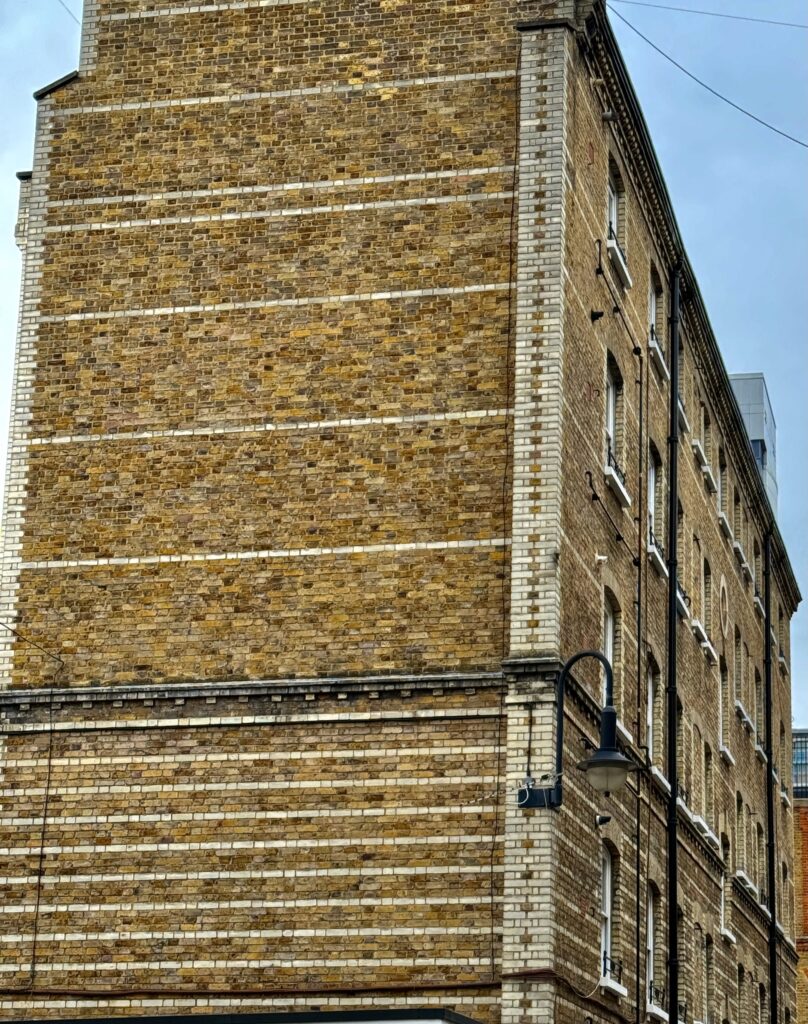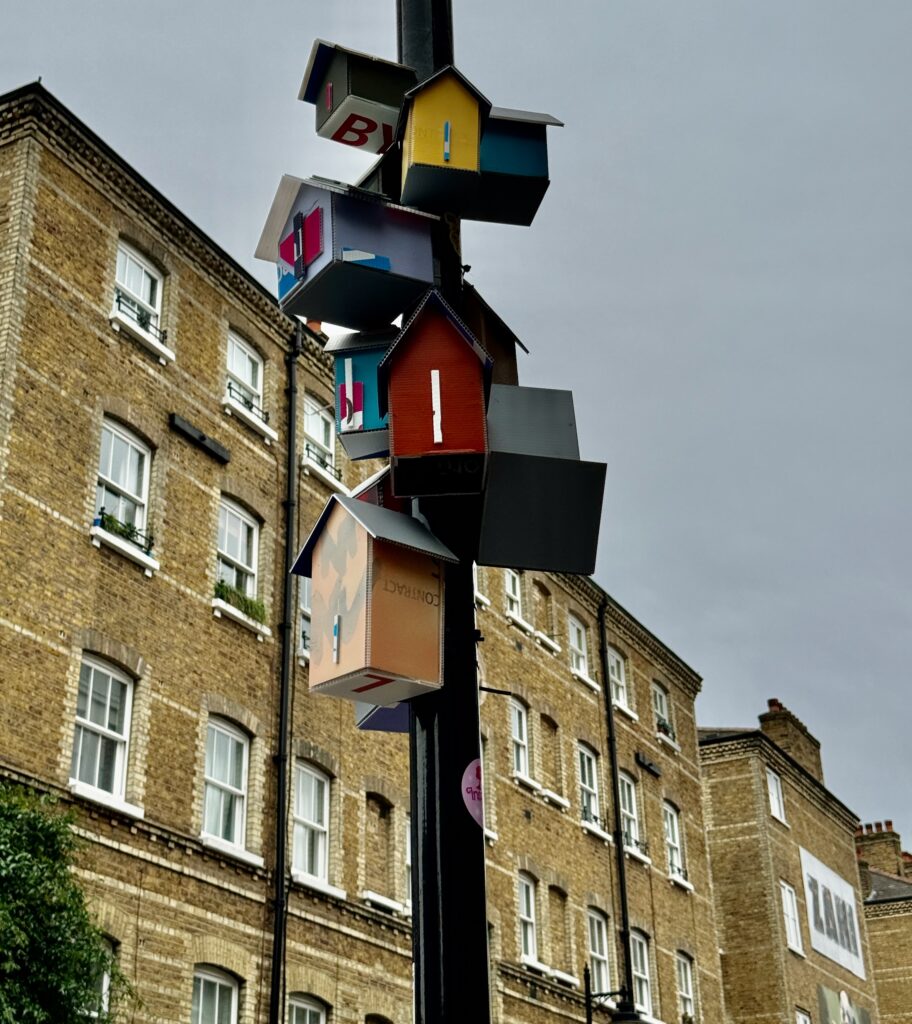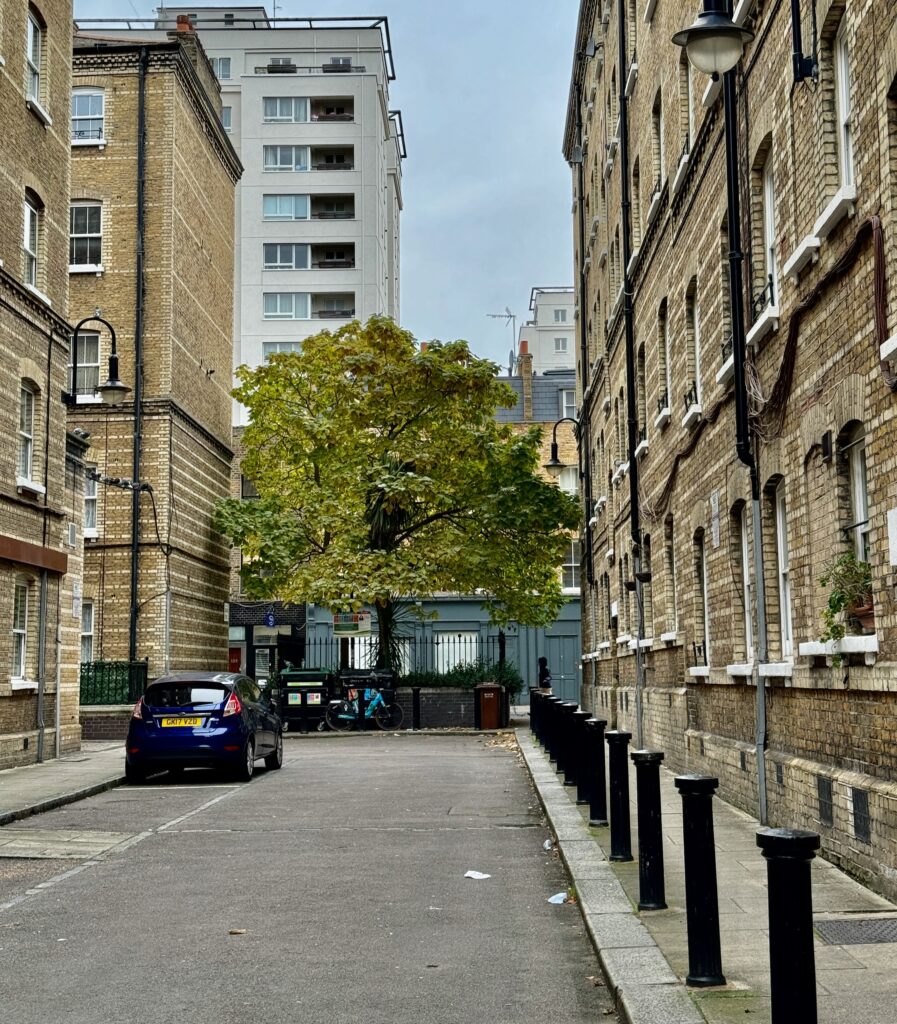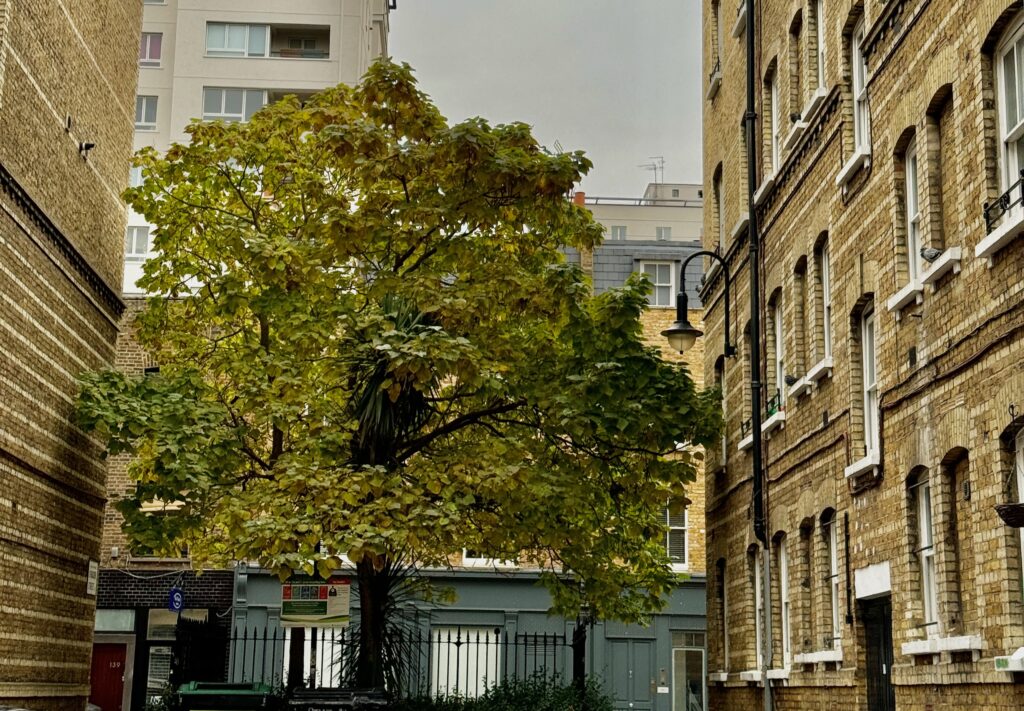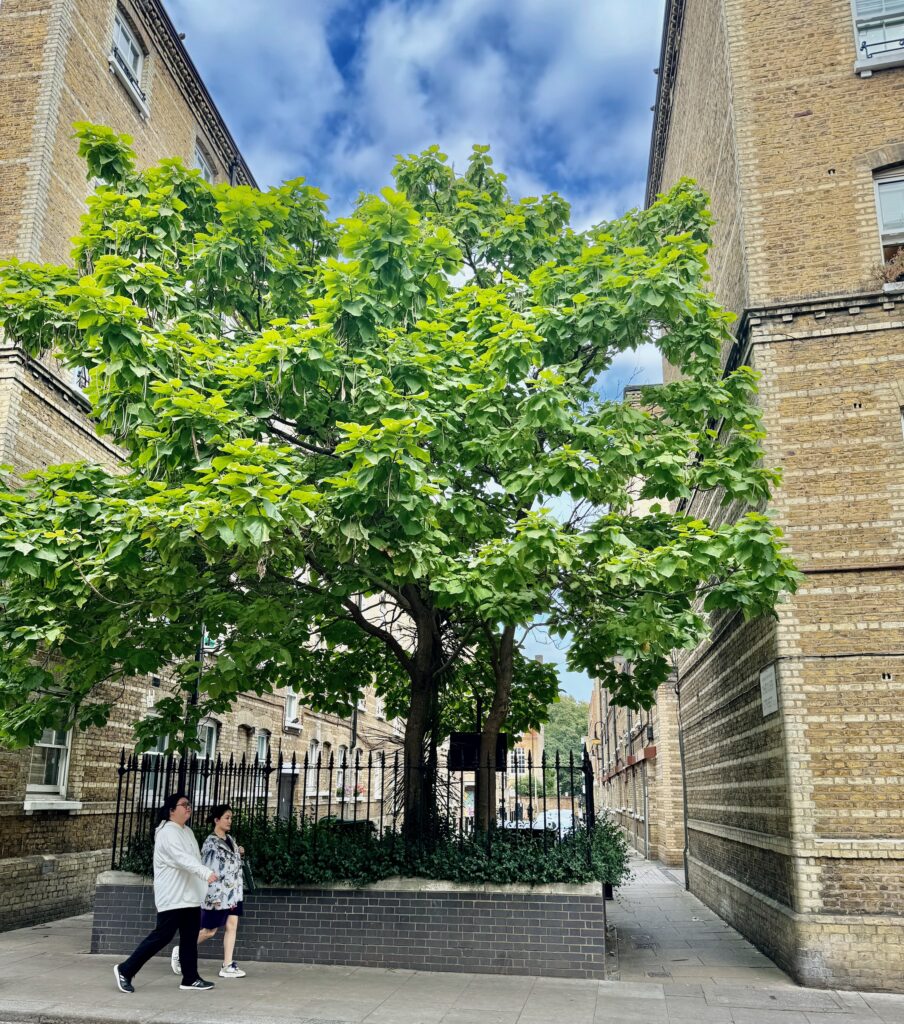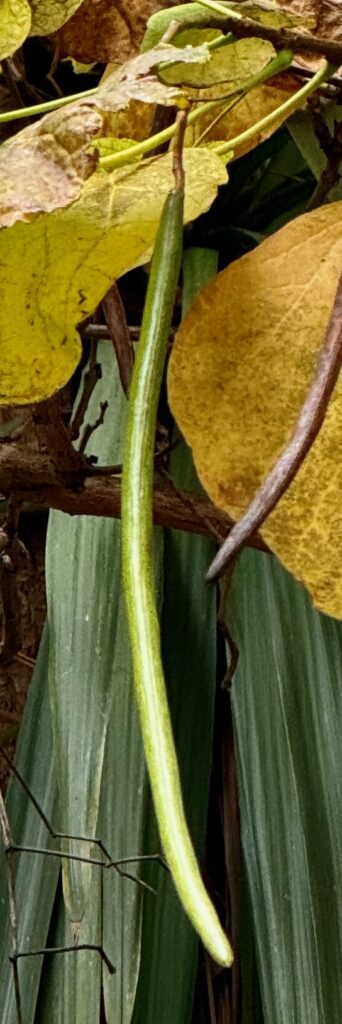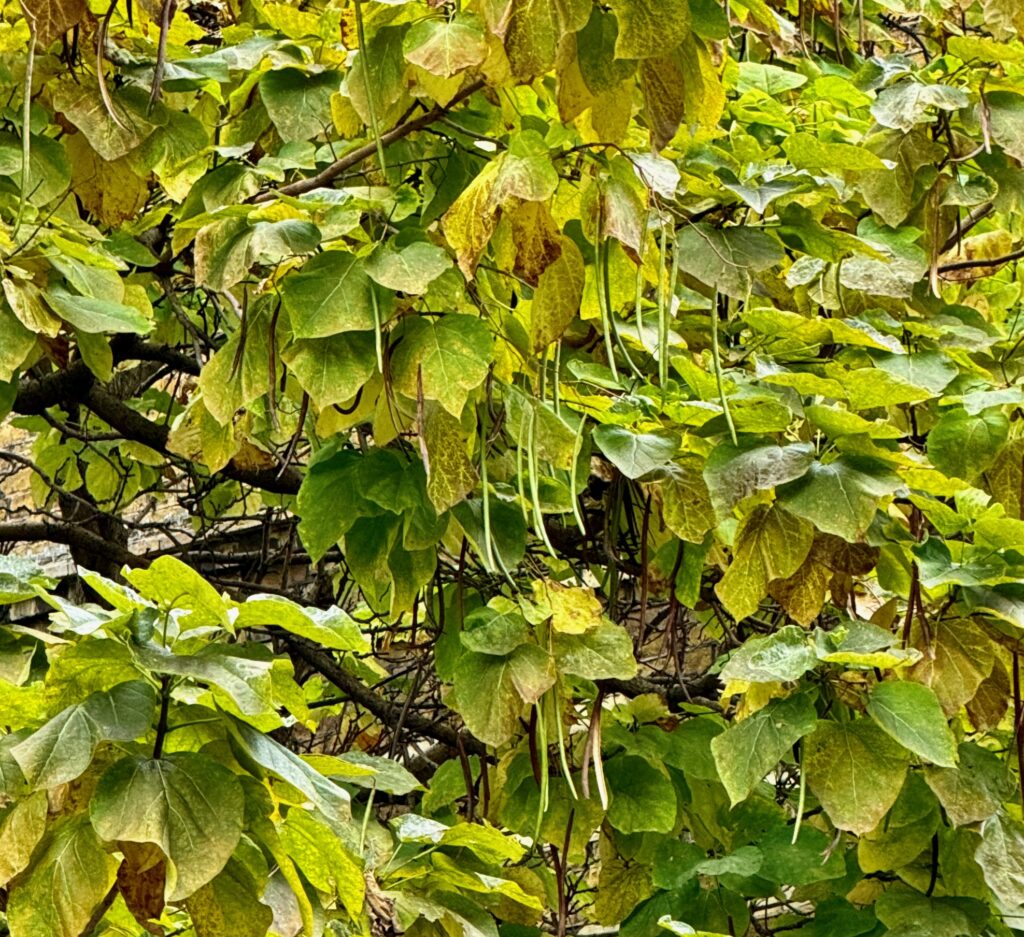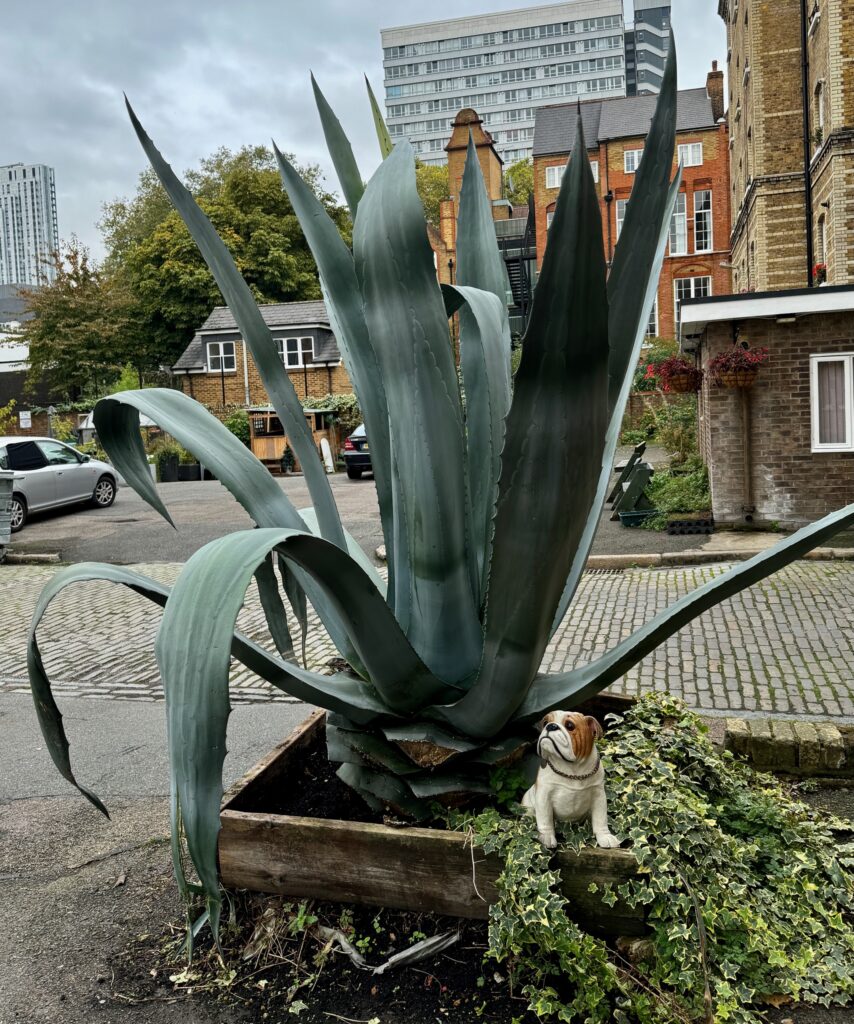I often build up a bank of images that don’t fit any particular theme but that I rather like. I feel it’s a shame not to share them so that’s the purpose of today’s blog. Apologies if you have seen some of these already on Instagram.
My friend recently had a surgical procedure at University College Hospital and was given a room to herself in order to recover. That room was on the 14th floor and this was the view …
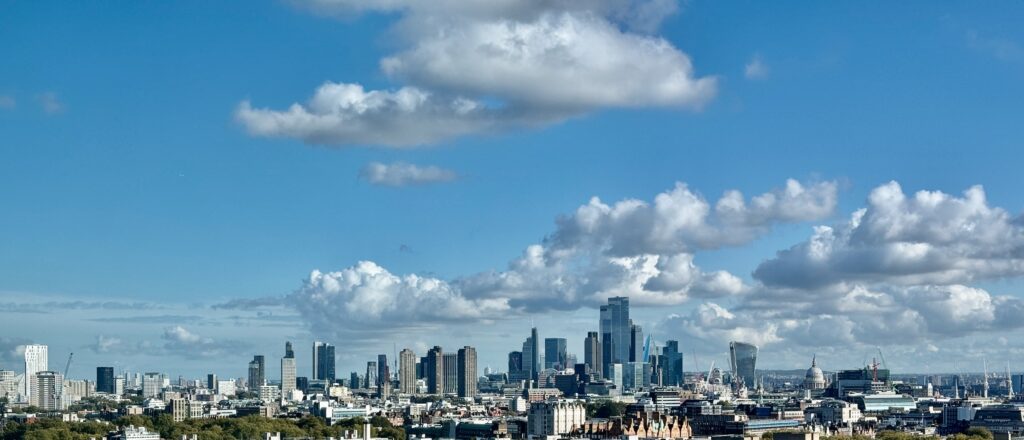
One of the best London panoramas I have ever seen.
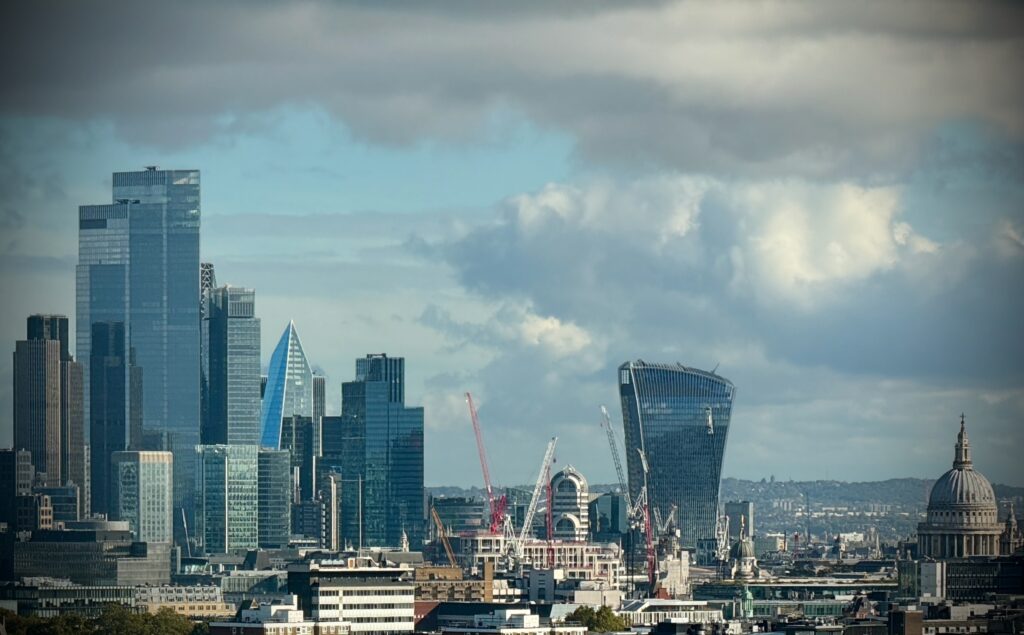
The nursing care was great too.
Funnily enough I had a great view when I was resident in St Thomas’ Hospital for few days last year …
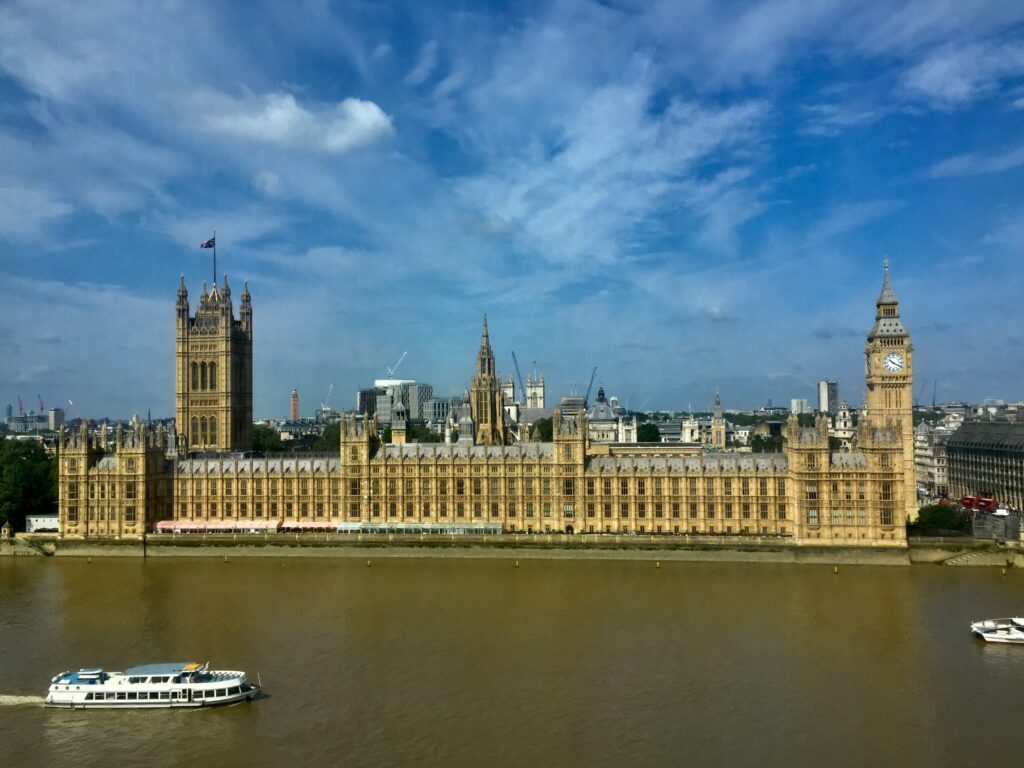
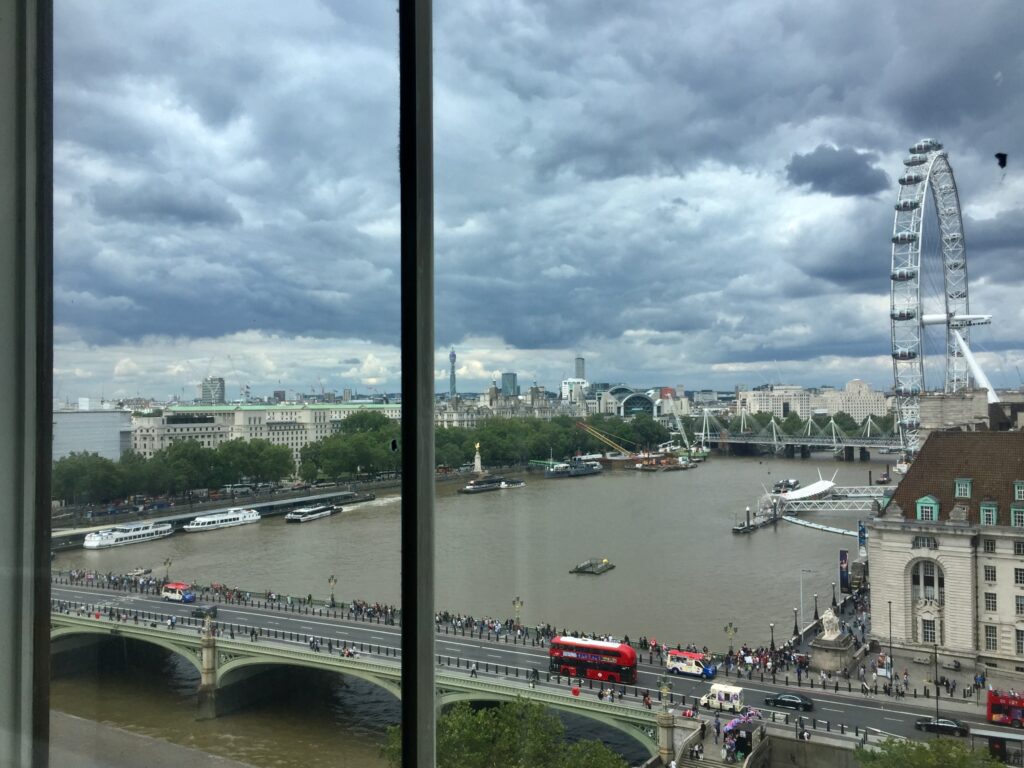
I should have charged tourists an admission fee.
I can occasionally get what I think are good pictures without wandering too far.
An interesting sunset …
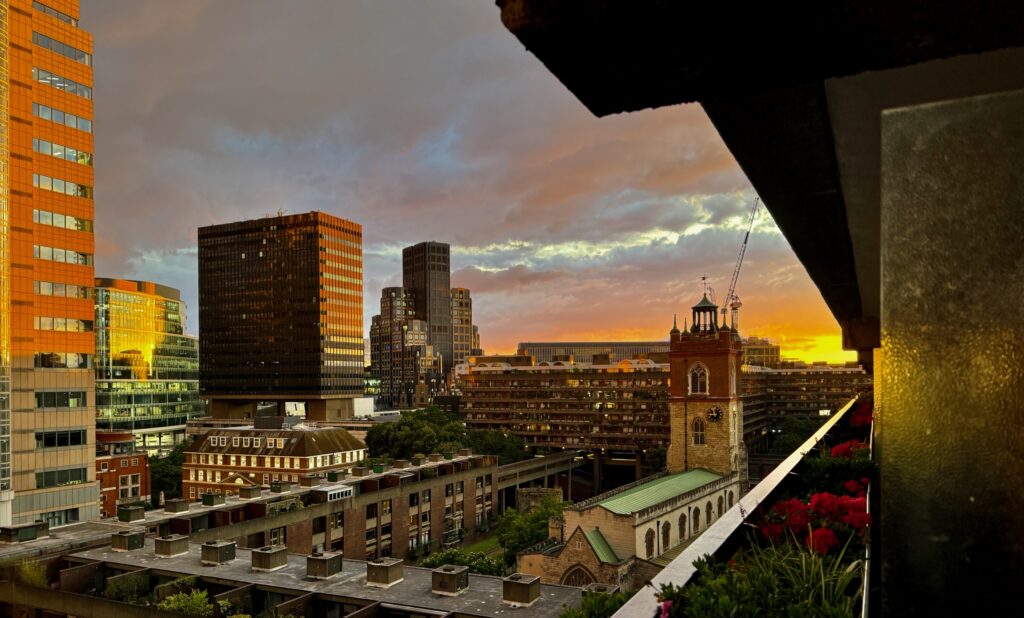
The moon moving slowly past the Shard …
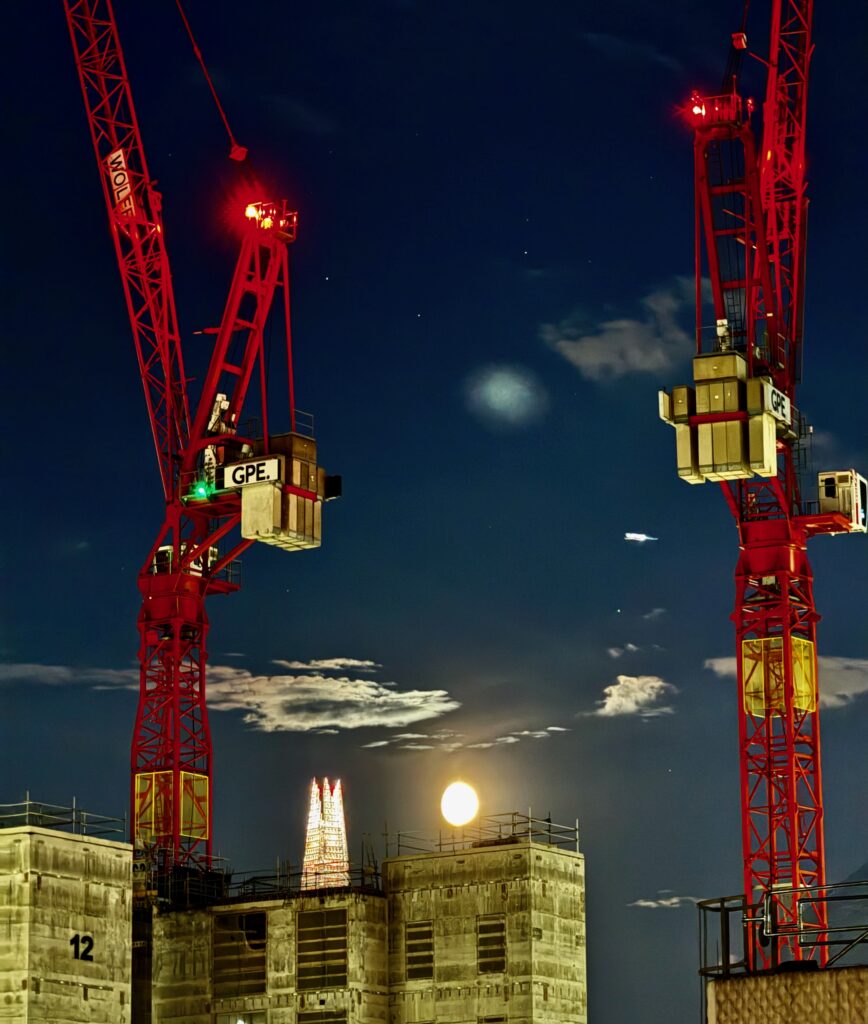
Tower 52 framed by newer buildings turned pink by the sunset light …
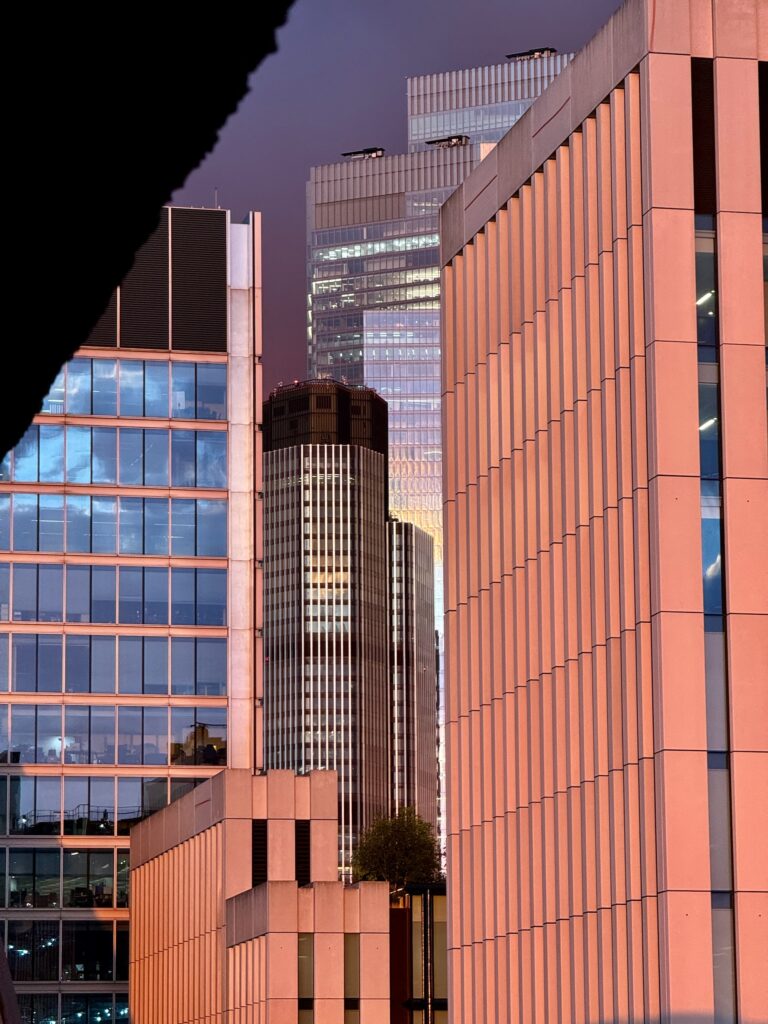
The continual colour changes fascinate me …
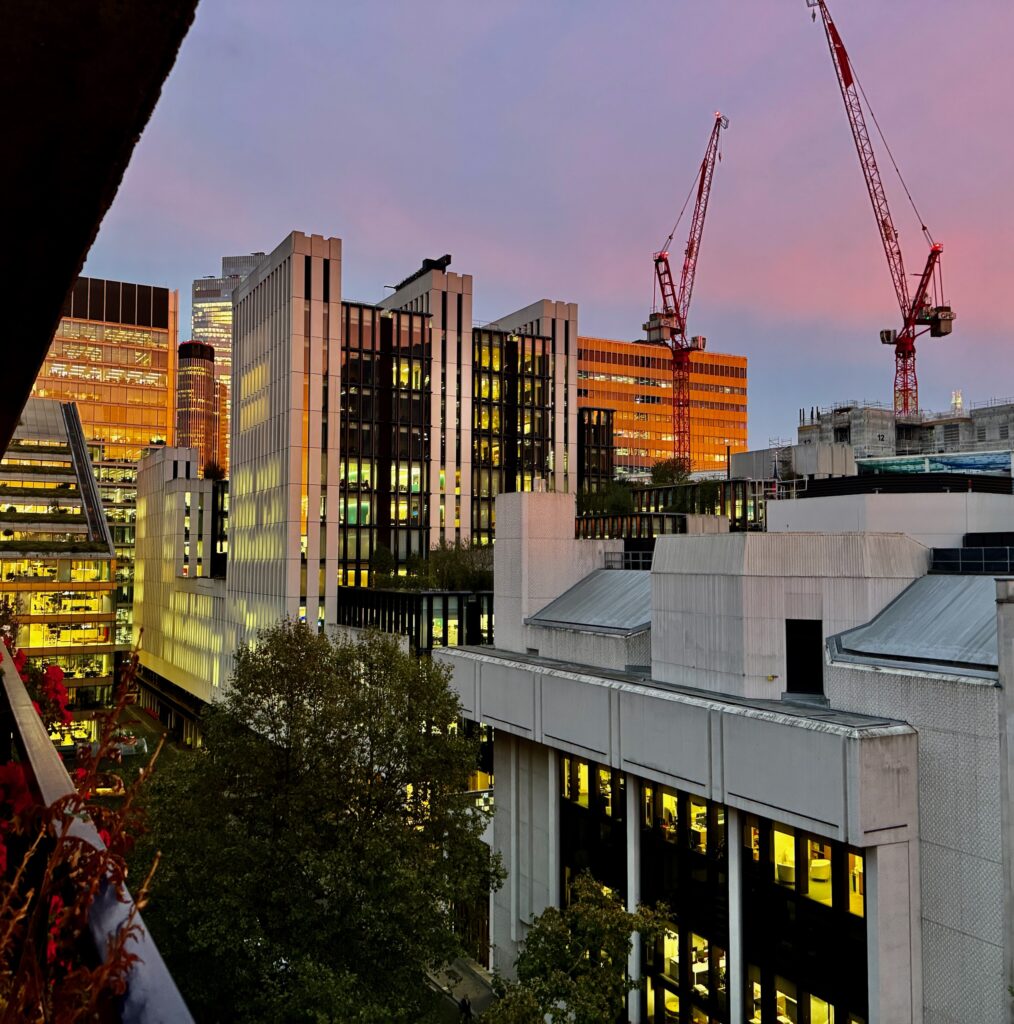
The eerie glow of the Barbican Conservatory in the early evening …
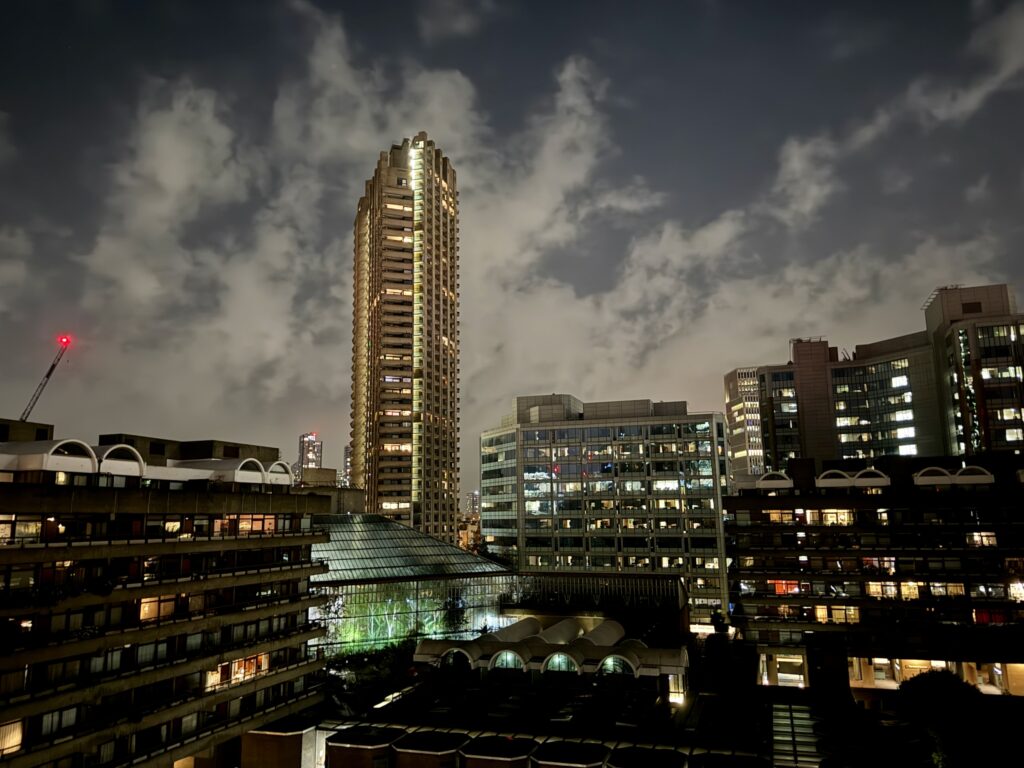
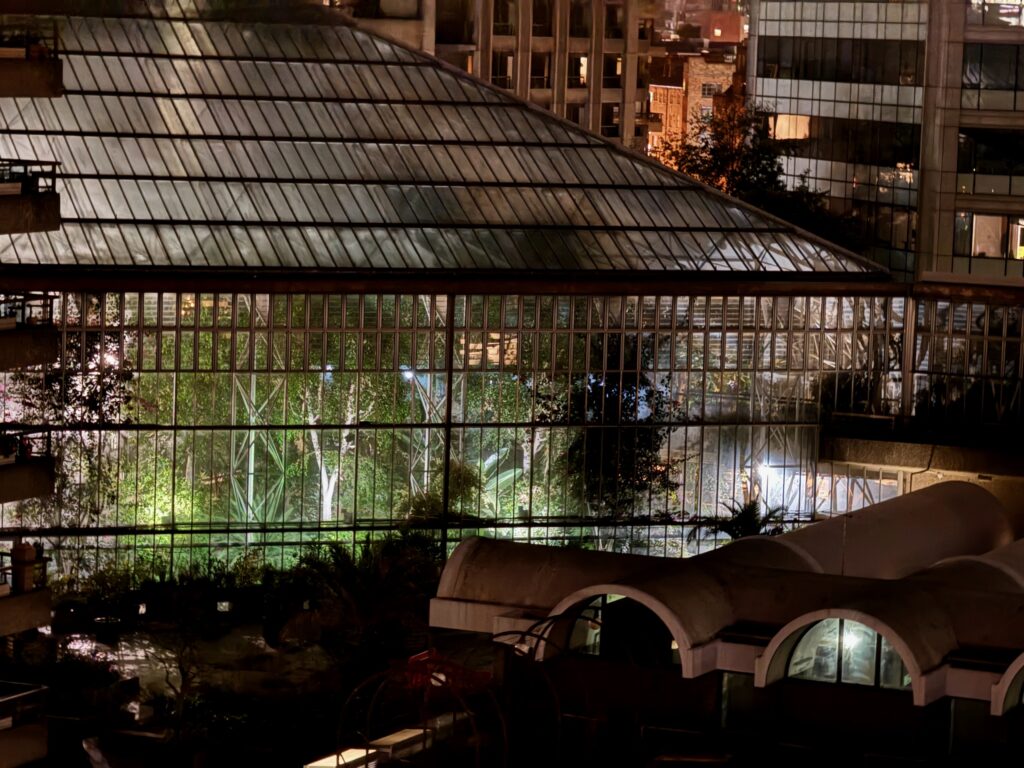
Incidentally, here we also get a good view of flypasts heading for Buckingham Palace. This one was for the King’s Birthday on 15th June …
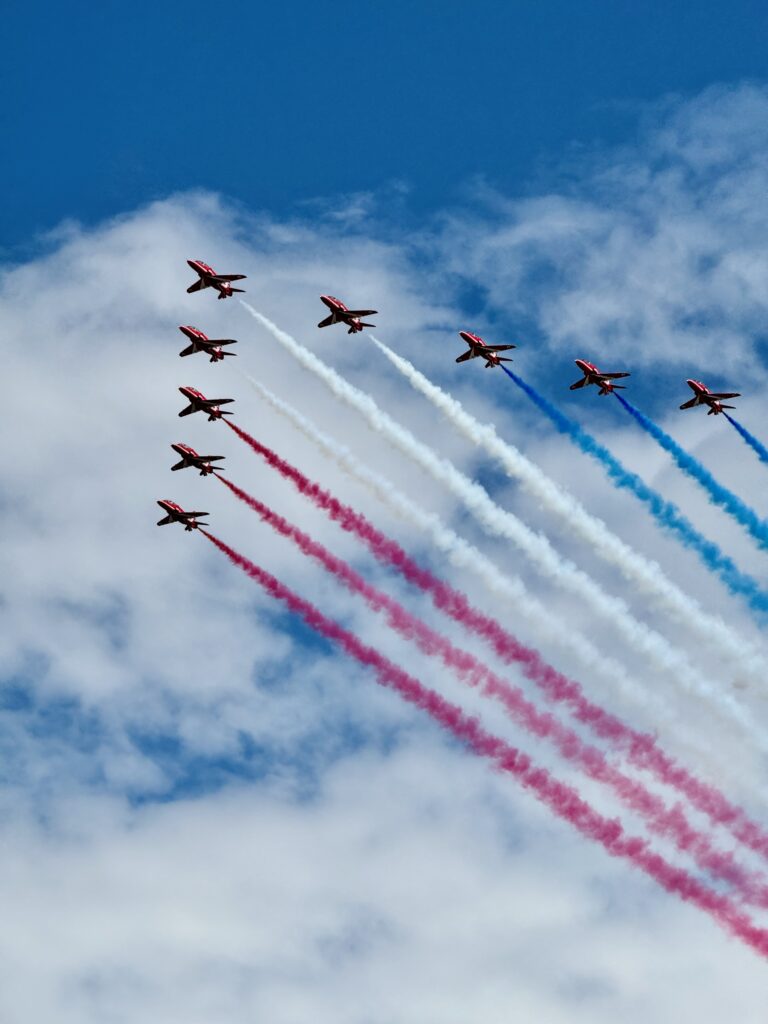
Just around the corner, a red glow slices through an office block on Fore Street …
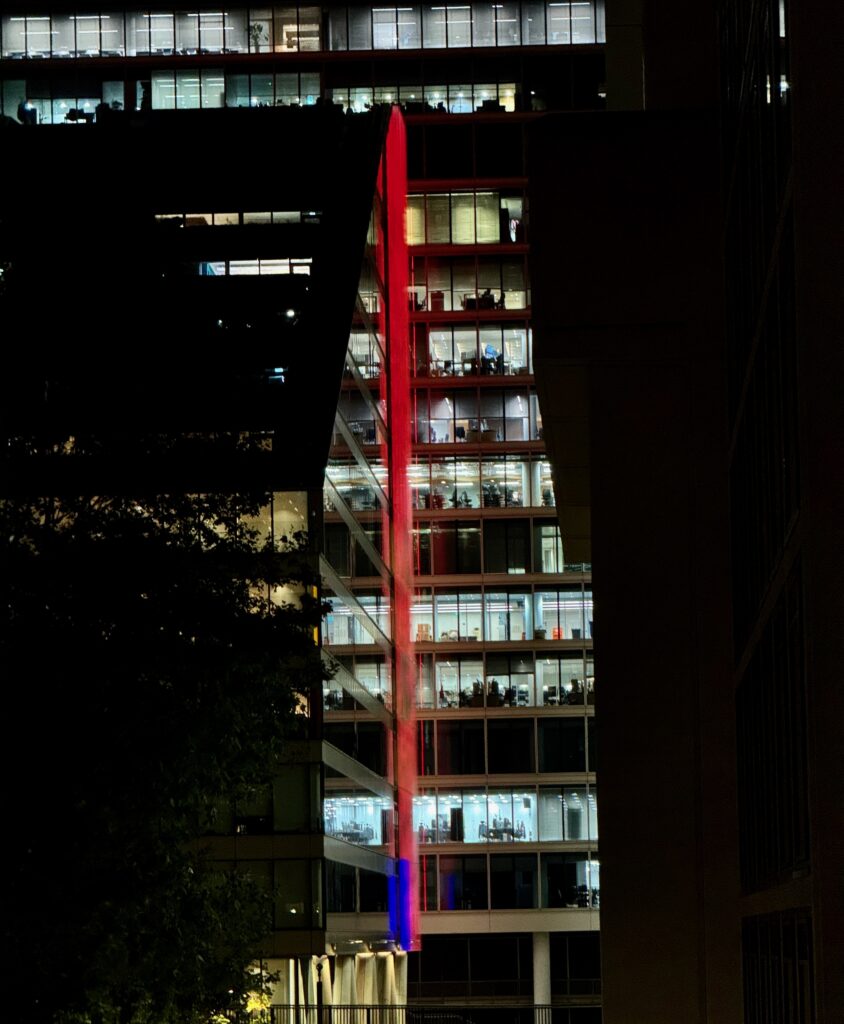
Whilst on the theme of sunsets and moons, please excuse a couple of holiday snaps from Dubrovnik …
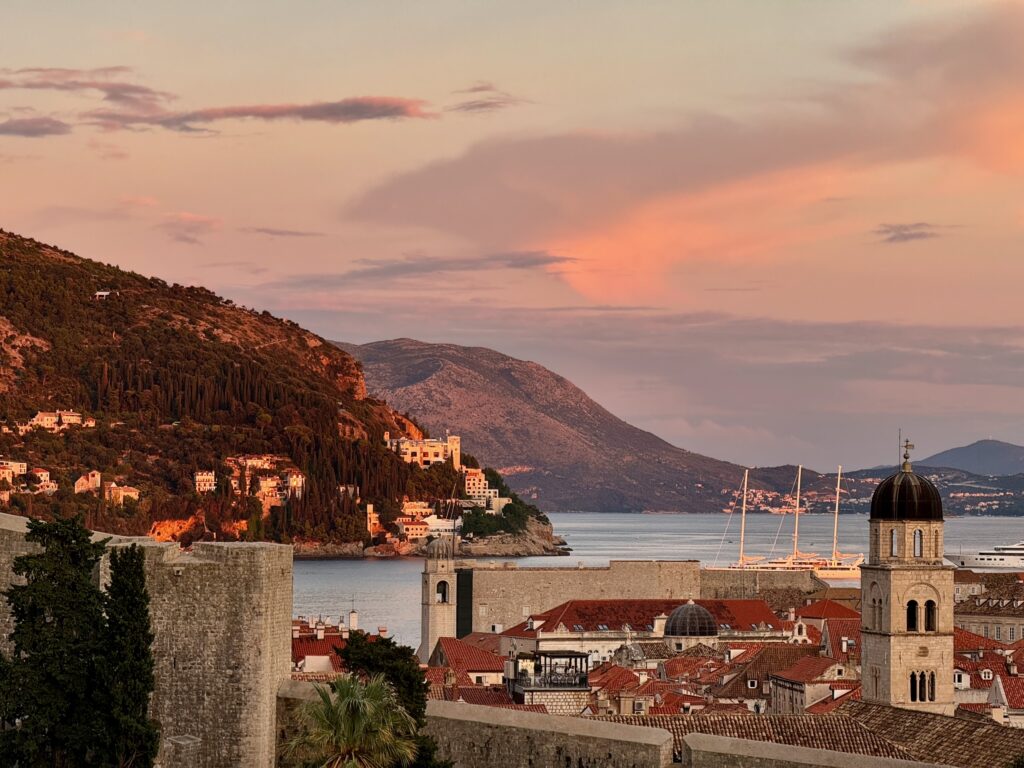
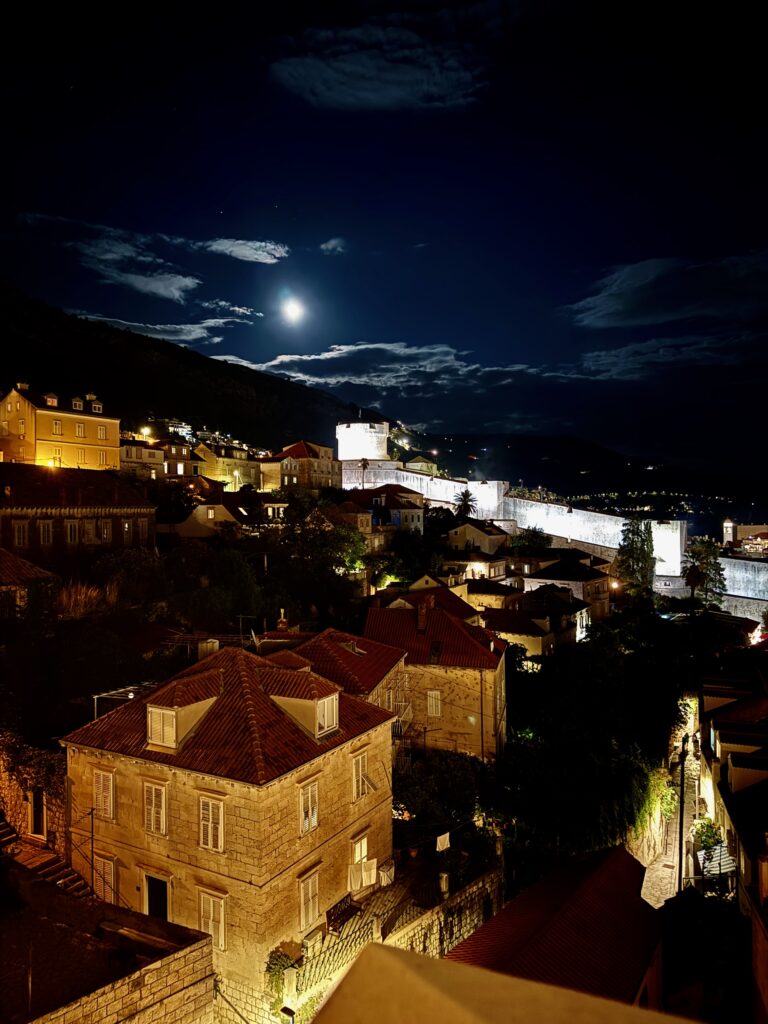
Lovely place, highly recommended.
Some images from a recent visit to the Houses of Parliament starting with Westminster Hall and its 14th century hammerbeam roof ..
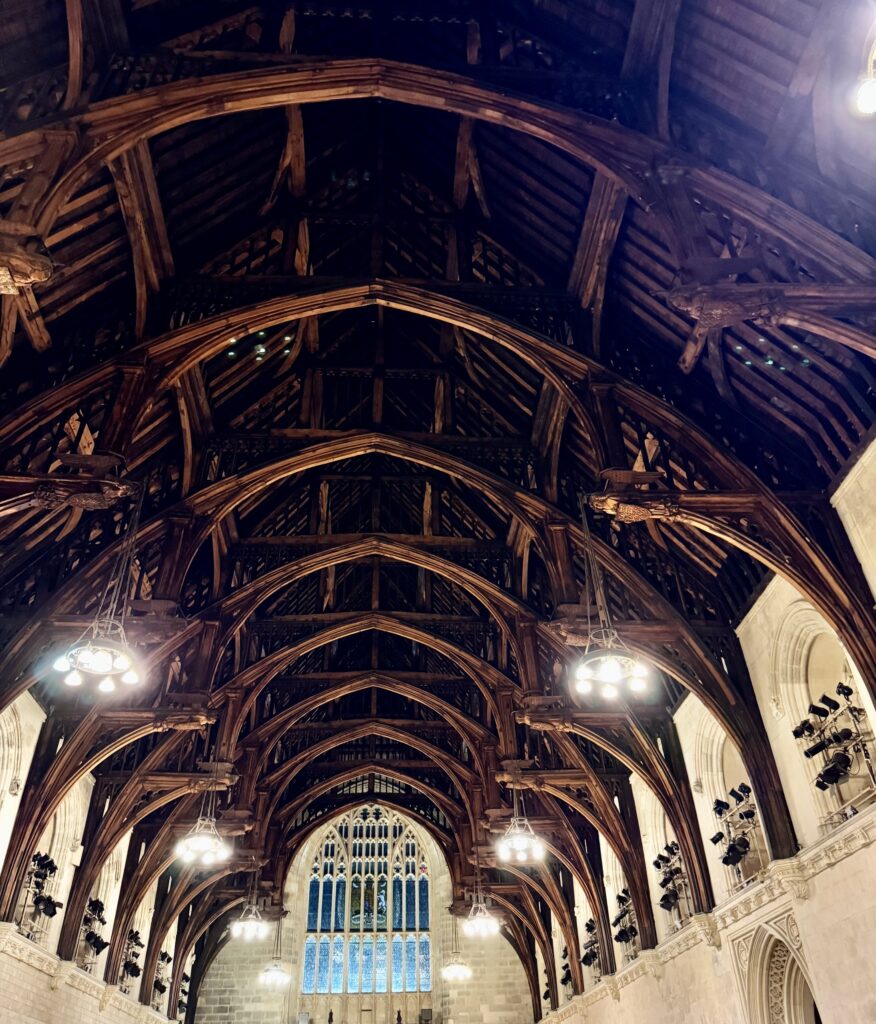
Various plaques indicate where the bodies of eminent people lay in State before their funeral …
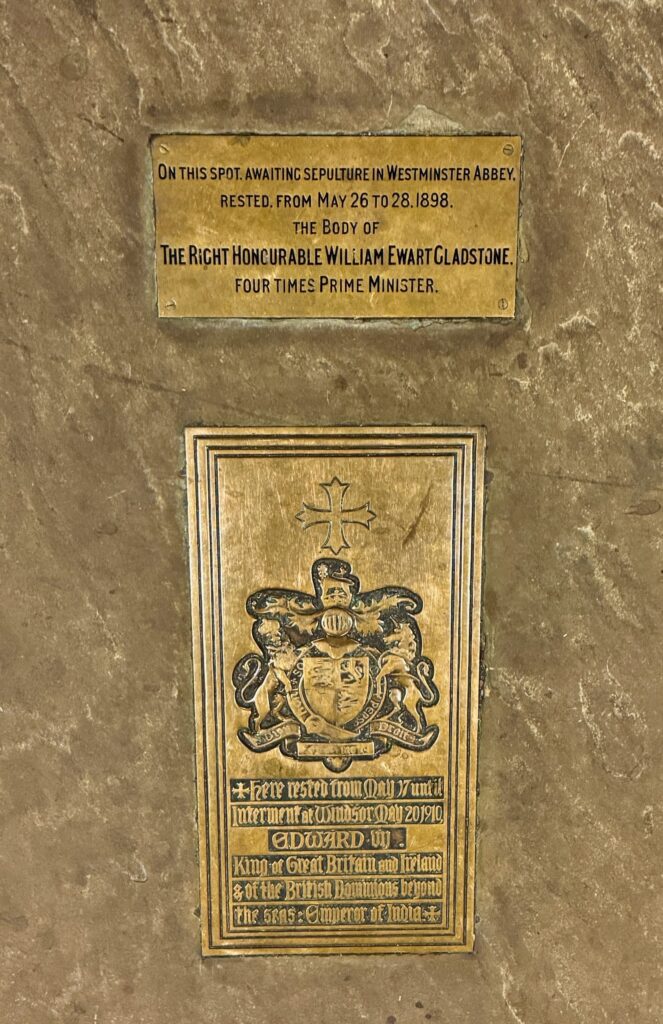
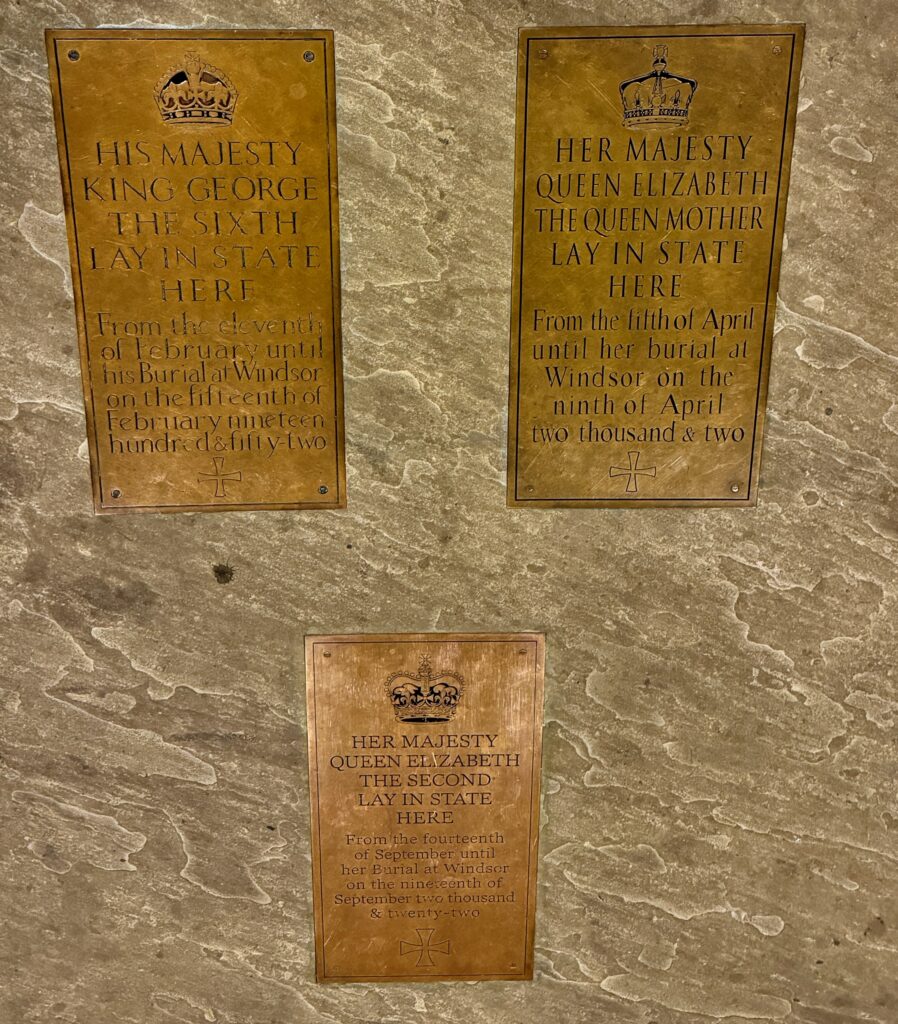
This one prompted me to learn more about the Earl of Strafford who was subsequently beheaded on Tower Hill in 1641 …
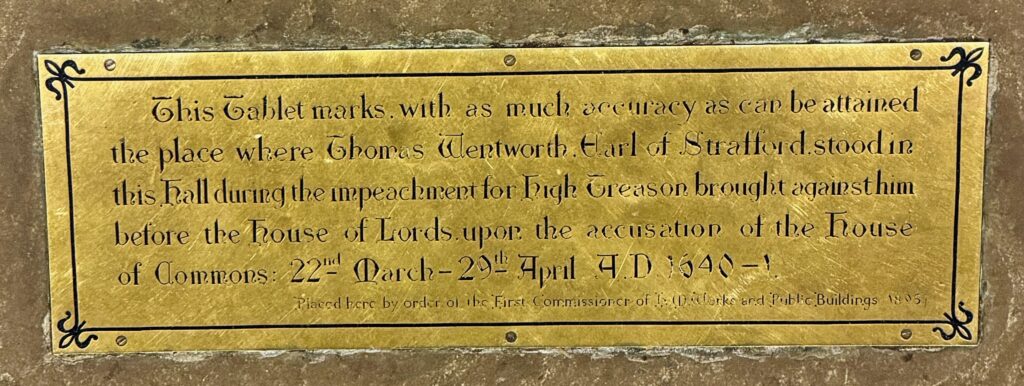
His trial along with a list of key attendees …
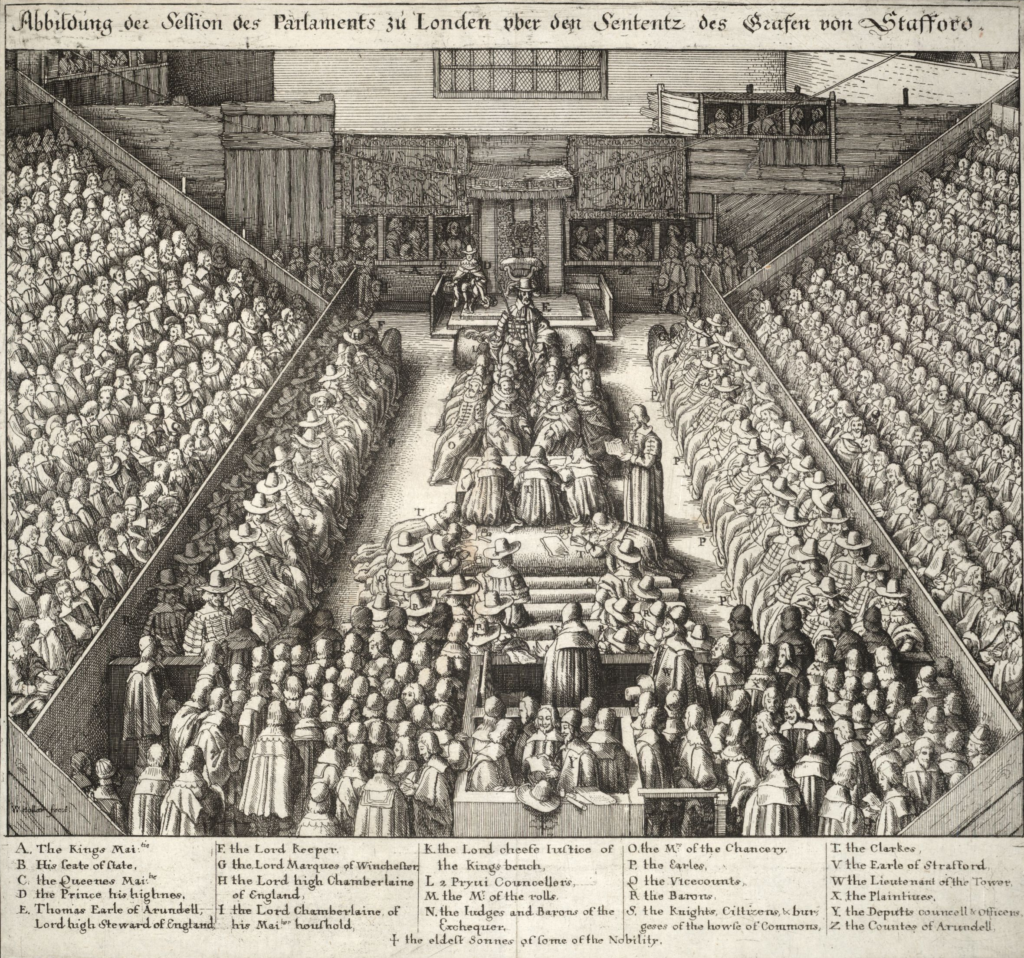
Guy Fawkes was also tried here but I suppose it’s not surprising that no plaque commemorates the event considering what he had set out to do!
Guy and his fellow conspirators …
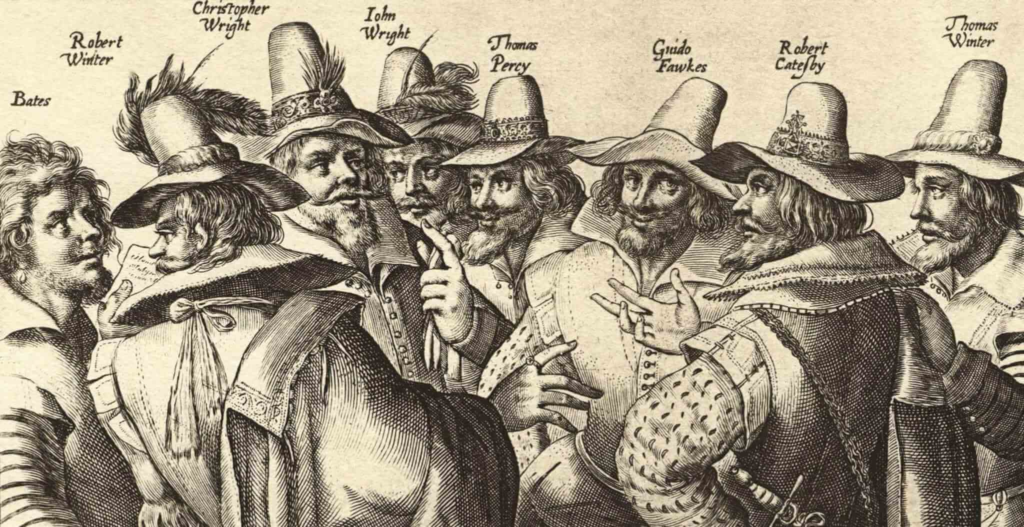
Fawkes’s signature before and after he was tortured on the rack has a gruesome fascination …

View from the House of Commons Terrace …
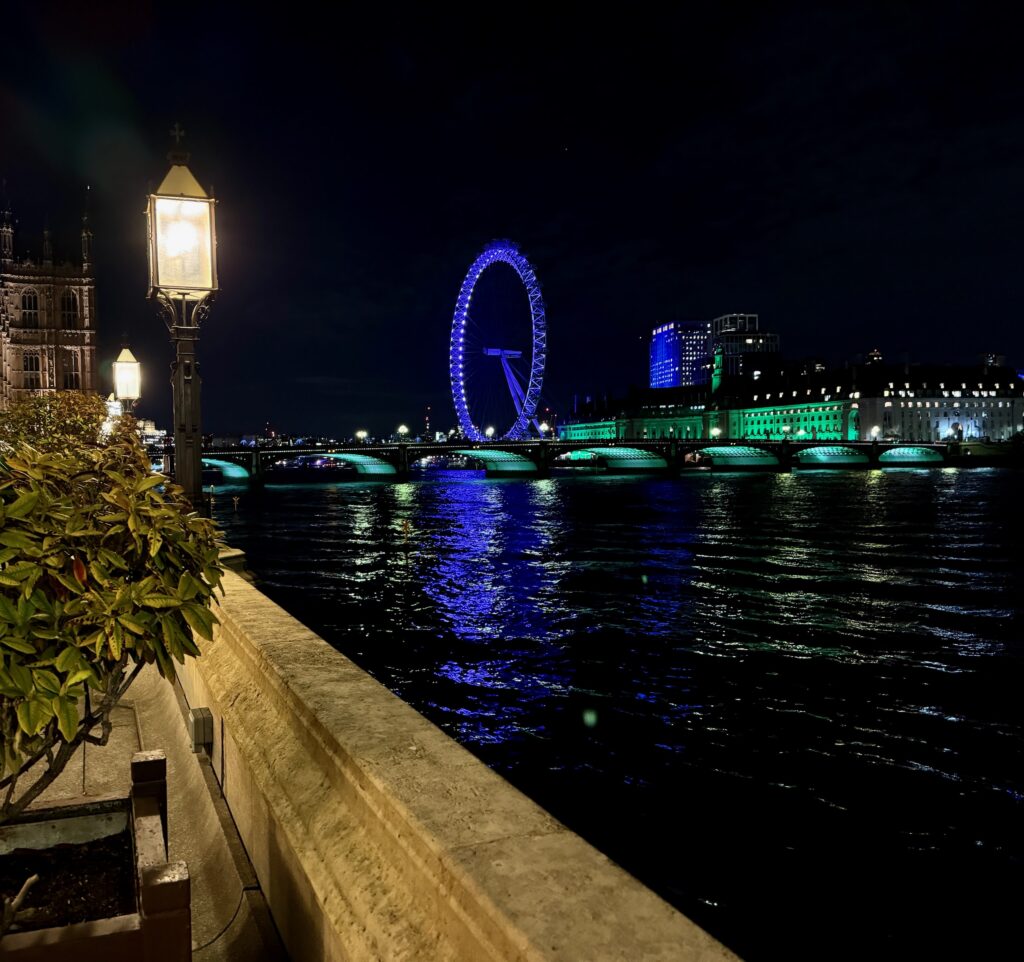
I recently had a very enjoyable lunch at Larry’s Restaurant at the National Portrait Gallery. It has a wacky lobster theme throughout …
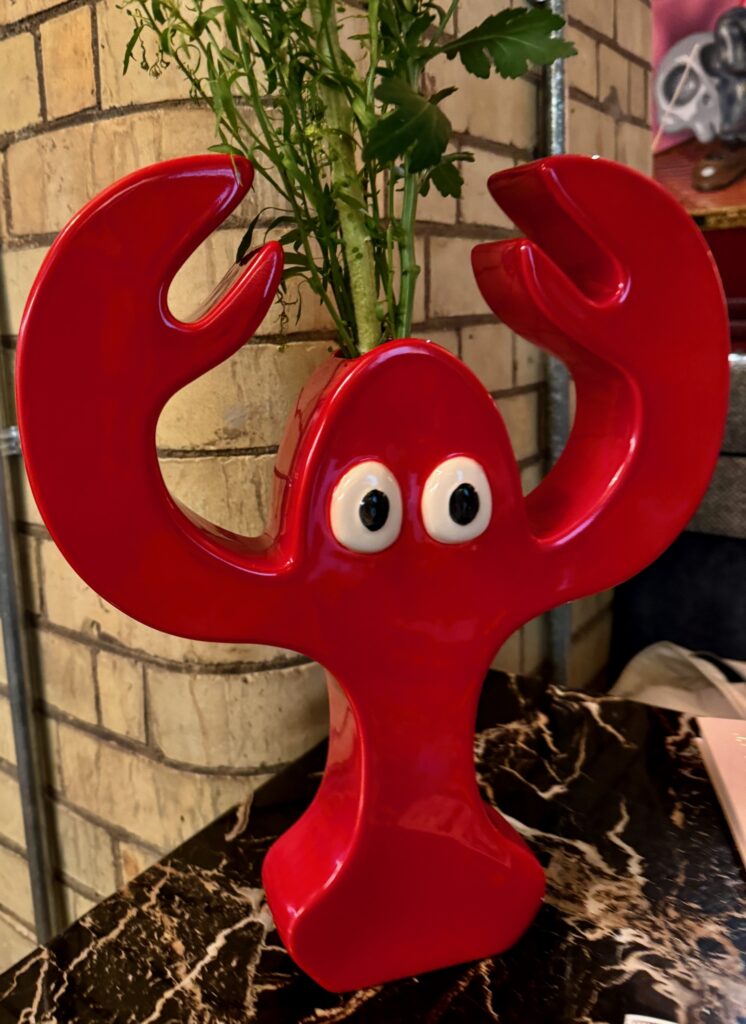
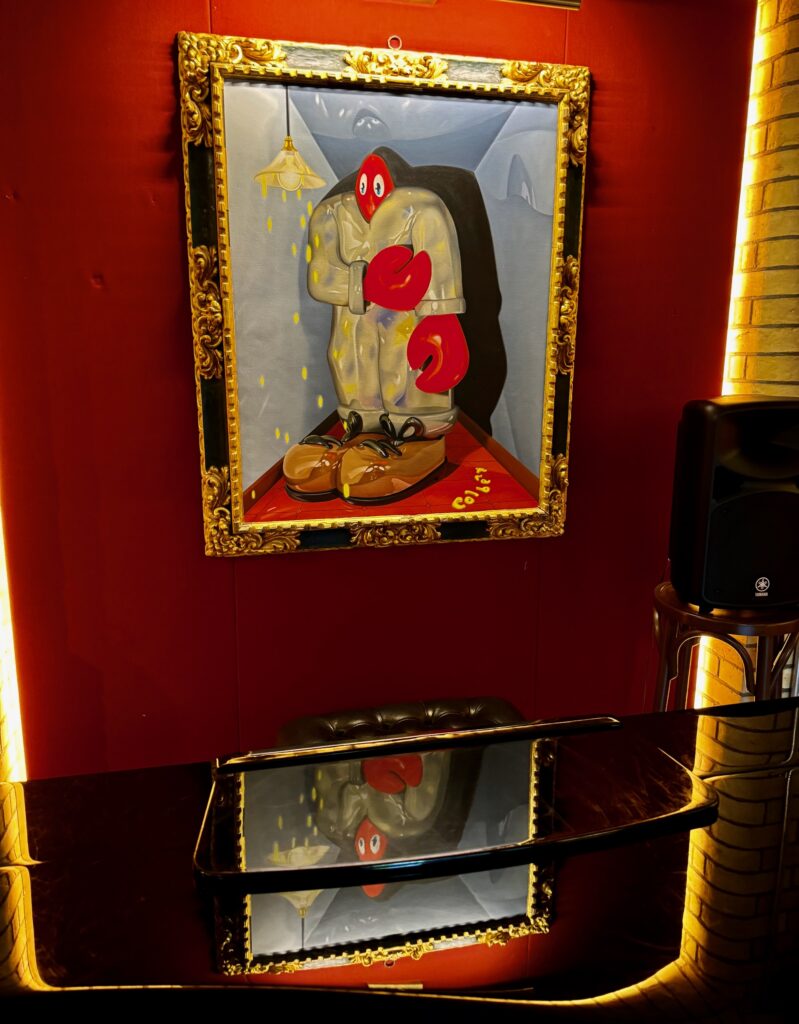
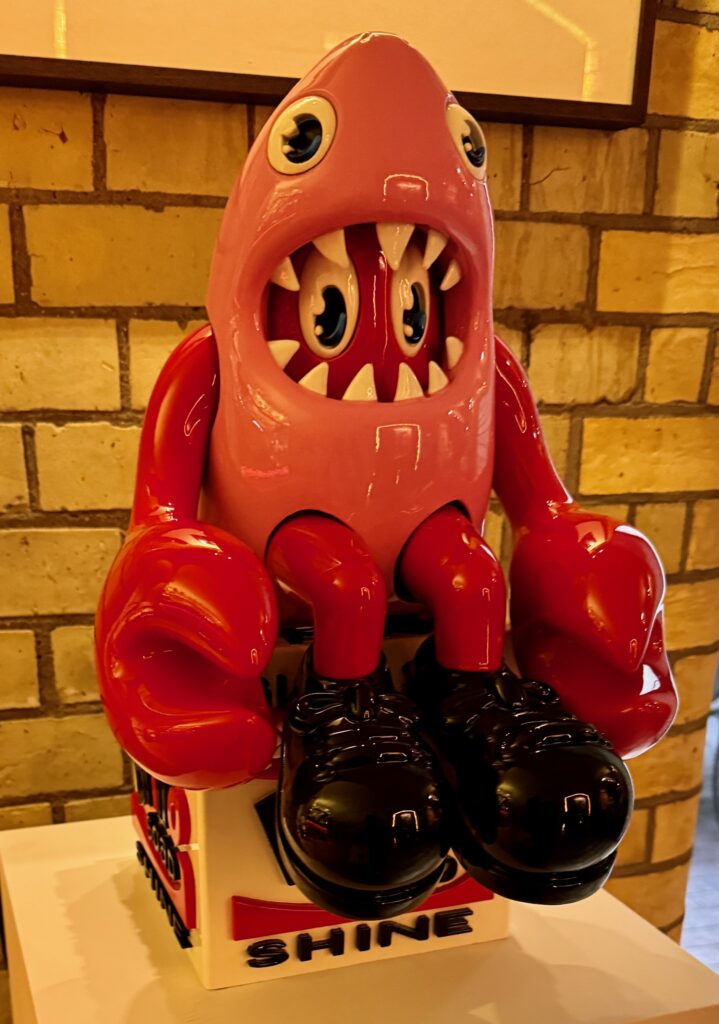
Nice cocktails too.
On one of my walks I came across the rather splendid Law Society building on Chancery Lane …
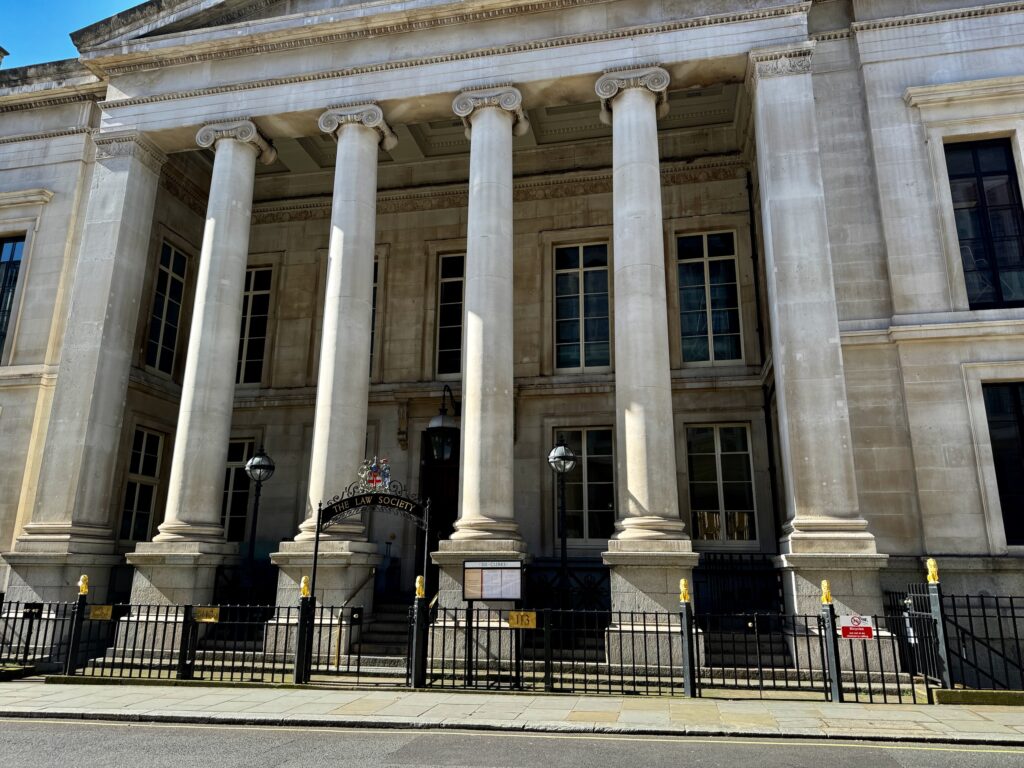
I liked the ‘lions’. They are formally known in heraldry as Lions Sejant …
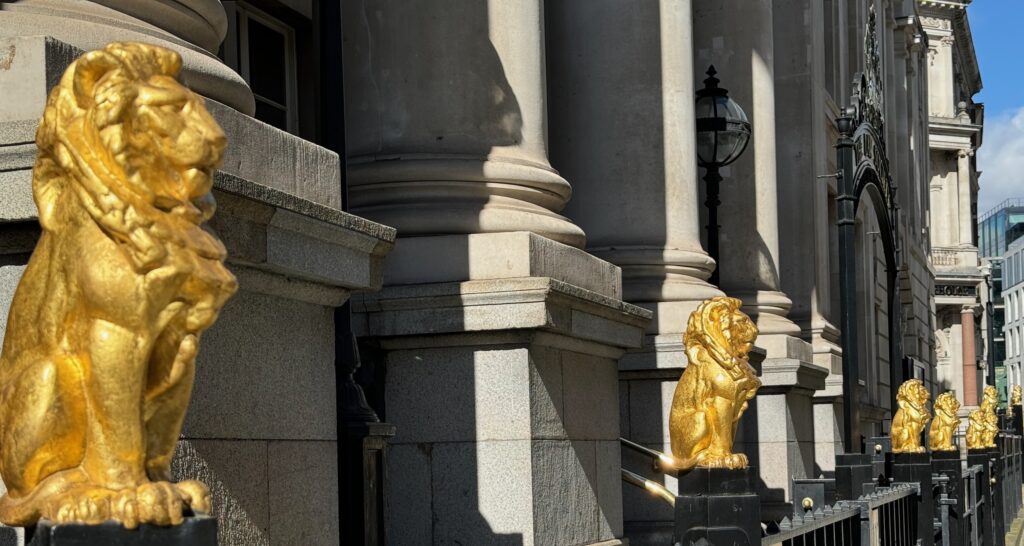
The sculptor, Alfred Stevens, always referred to them as his cats since, apparently, he used his neighbour’s pet animal as a model for the pose.
I do wander around outside the City occasionally and find delightful surprises such as this memorial dispensary in Cambridge Avenue, Kilburn …
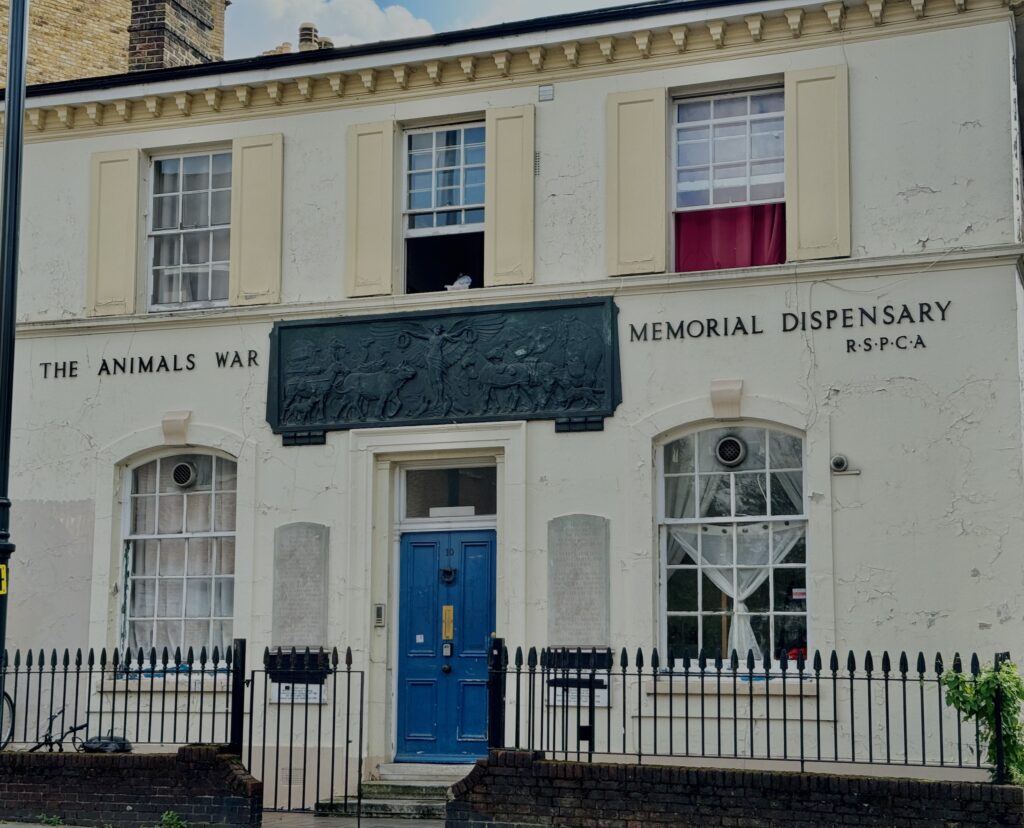
Horses and donkeys were the most commonly used animals in wartime – mainly for transport and haulage, but camels, elephants, pigeons, bullocks, dogs and goats were all pressed into service. Many suffered from exposure, lack of food and disease, dying alongside their human companions …

In 1931 a competition was held for the design of a memorial for the main facade of the building. Frederick Brook Hitch of Hertford was the winner and his wonderful bronze plaque is above the main door …
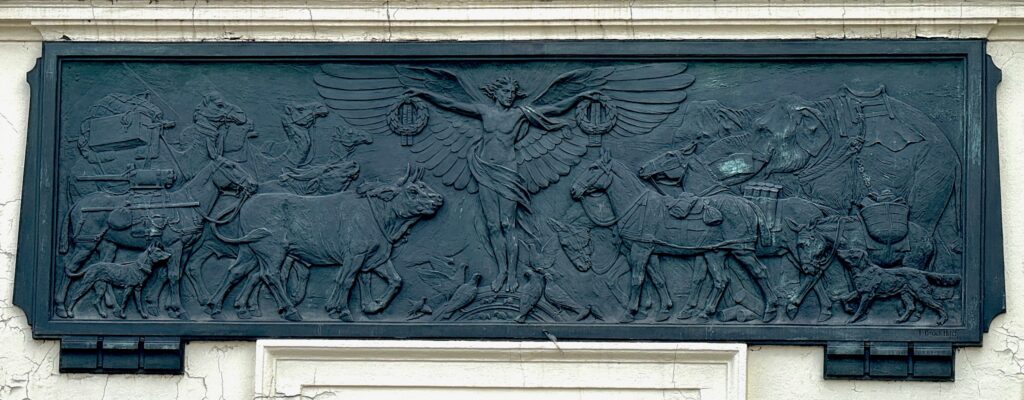
Read all about the pigeon that was awarded the Croix de Guerre in my blog of January 2021.
I love the sight of dozing ducks …
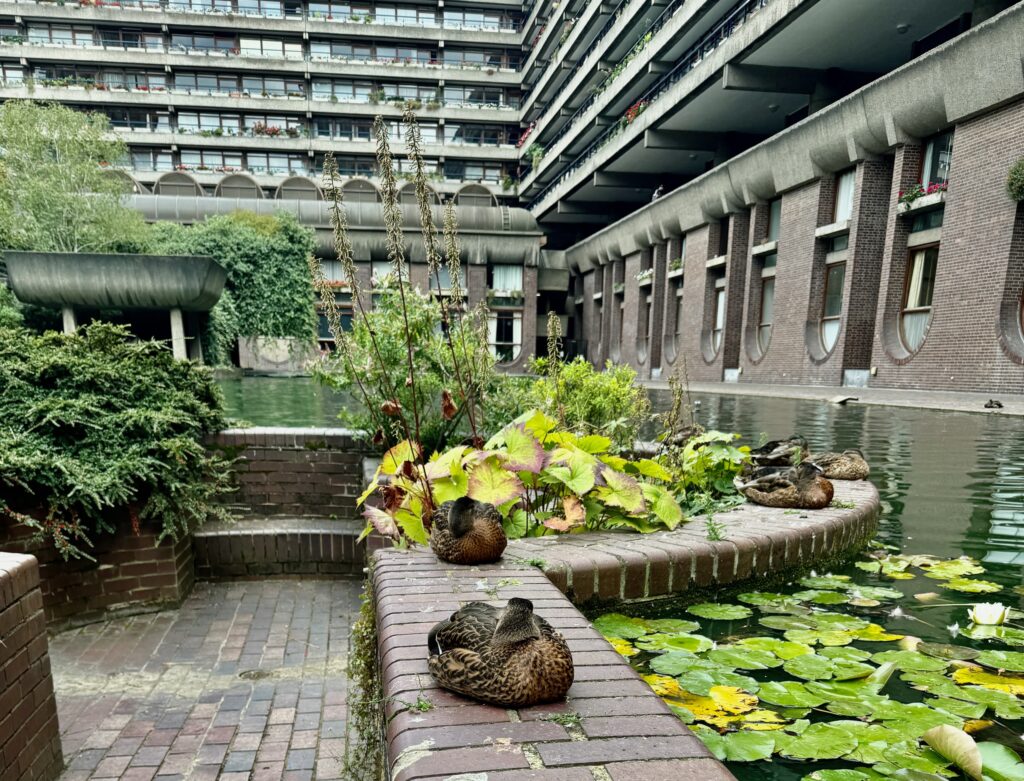
The Heritage Gallery at the Guildhall Art Gallery is hosting three small exhibitions at the moment. I have already written about two of them and you can find them here: one about Robert Hooke and another about Blackfriars Bridge.
The third is about a gentleman called Charles Pearson – a name I didn’t recognise but should have.
He was a great campaigner who supported universal suffrage, electoral reform and opposed capital punishment. He also had a vision for an underground railway, describing a ‘Spacious Railway station in Farringdon Street by which means … the overcrowding of the streets by carriages and foot-passengers van be diminished’.
The exhibition contains a street plan along with a booklet setting out his case using speeches he gave on the subject …
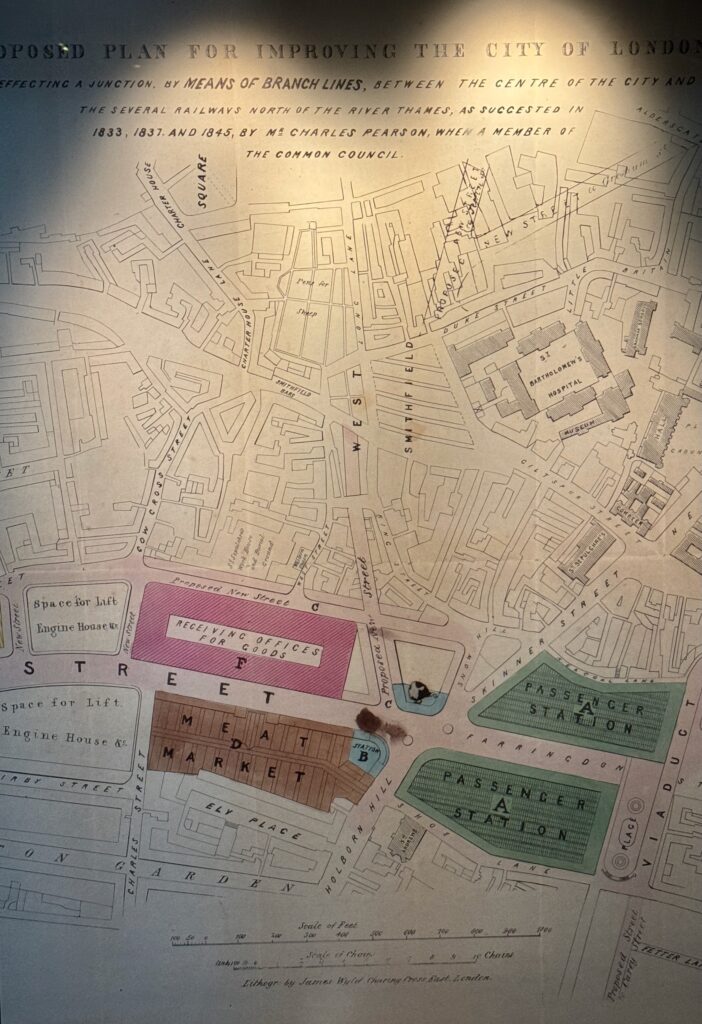
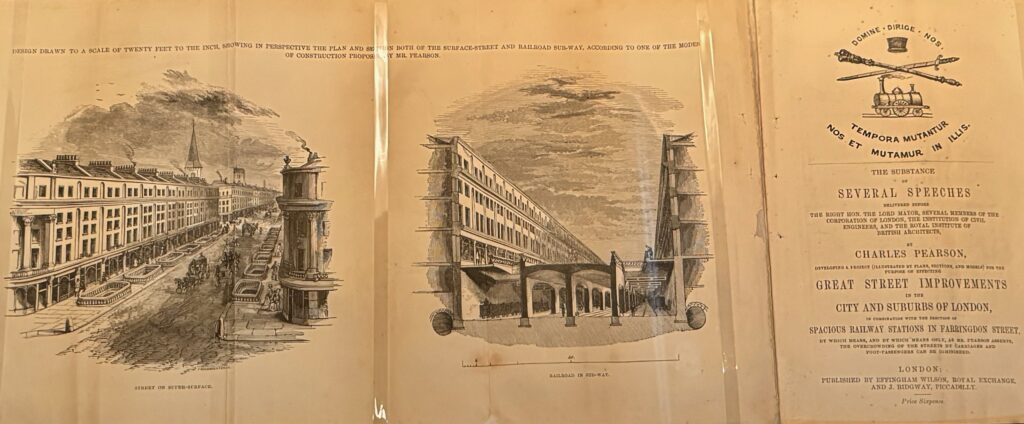
There is also a link between Pearson and The Monument.
An inscription on the north side originally held Catholics responsible for the Great Fire: The Latin words Sed Furor Papisticus Qui Tamdiu Patravit Nondum Restingvitur translates as ‘but Popish frenzy, which wrought such horrors, is not yet quenched’. Pearson campaigned to have the words removed and you can see where they once existed at the base of the panel before being scored out …
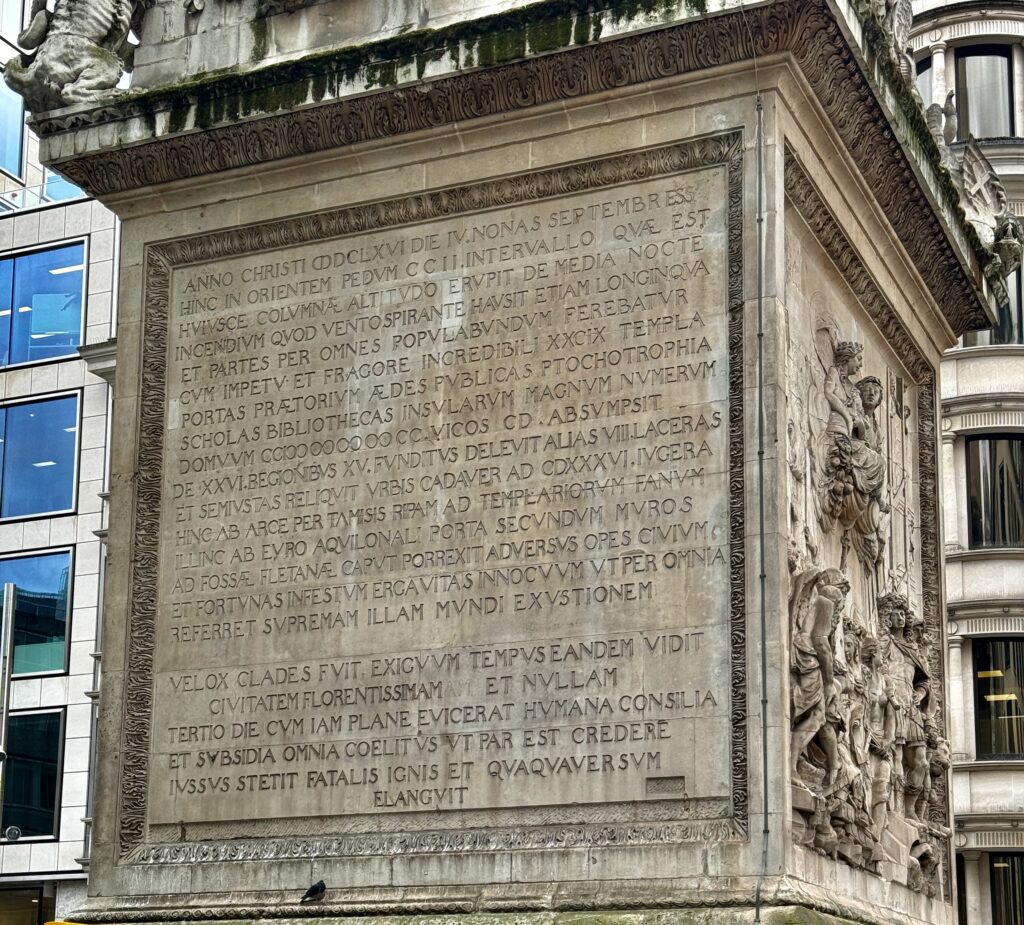
The deletion in close up …

Another great reason to visit the Guildhall Art Gallery is that their prestigious bookshop is now stocking my book …
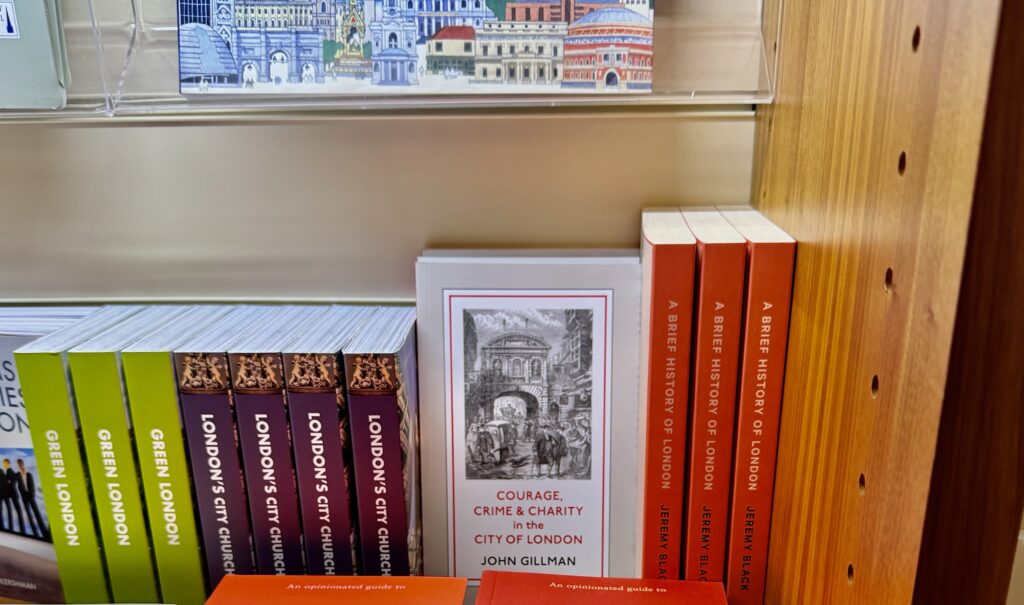
Over 100 pages in full colour with a fold-out map at the back. A bargain stocking filler for only £10!
If you would like to follow me on Instagram here is the link …
